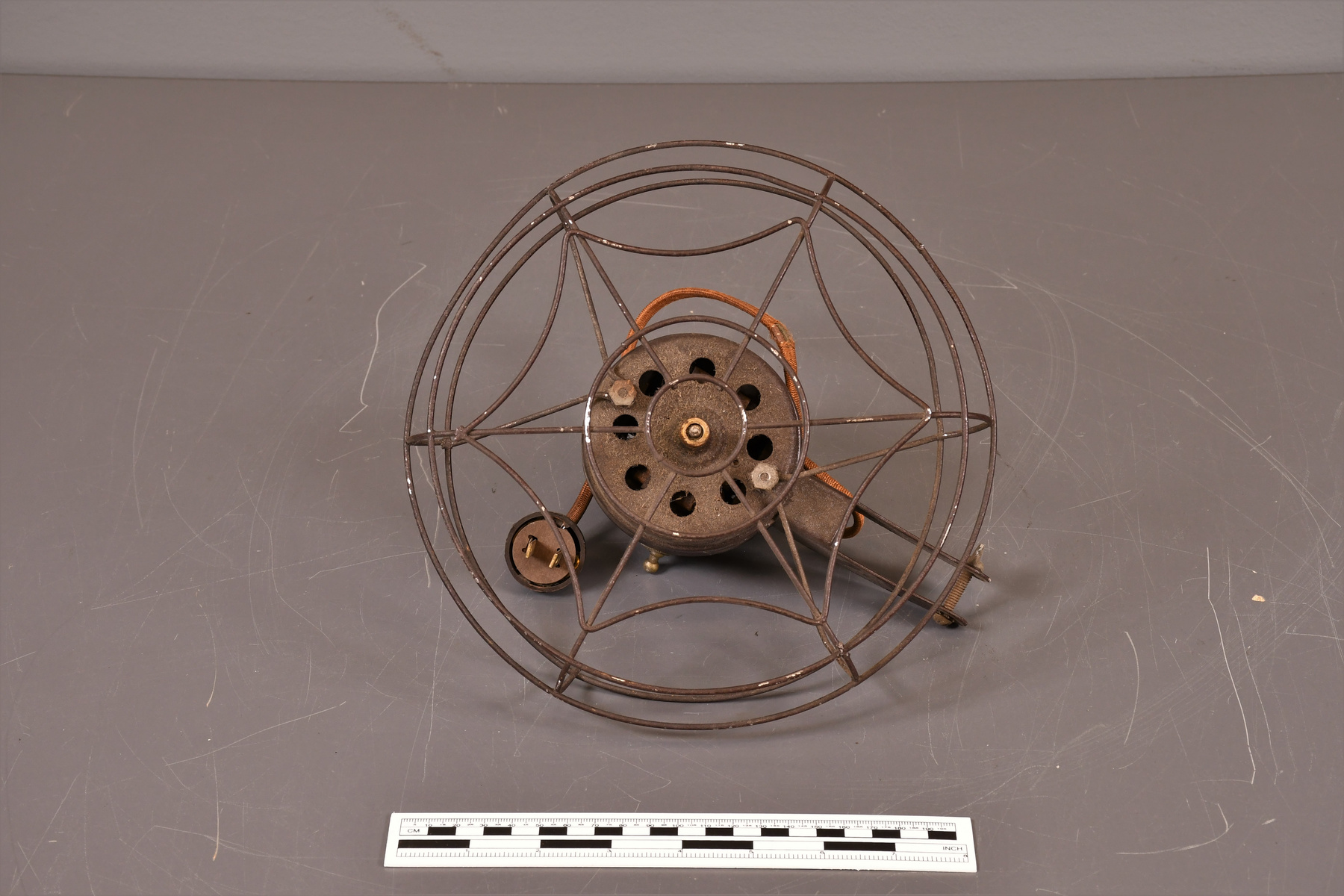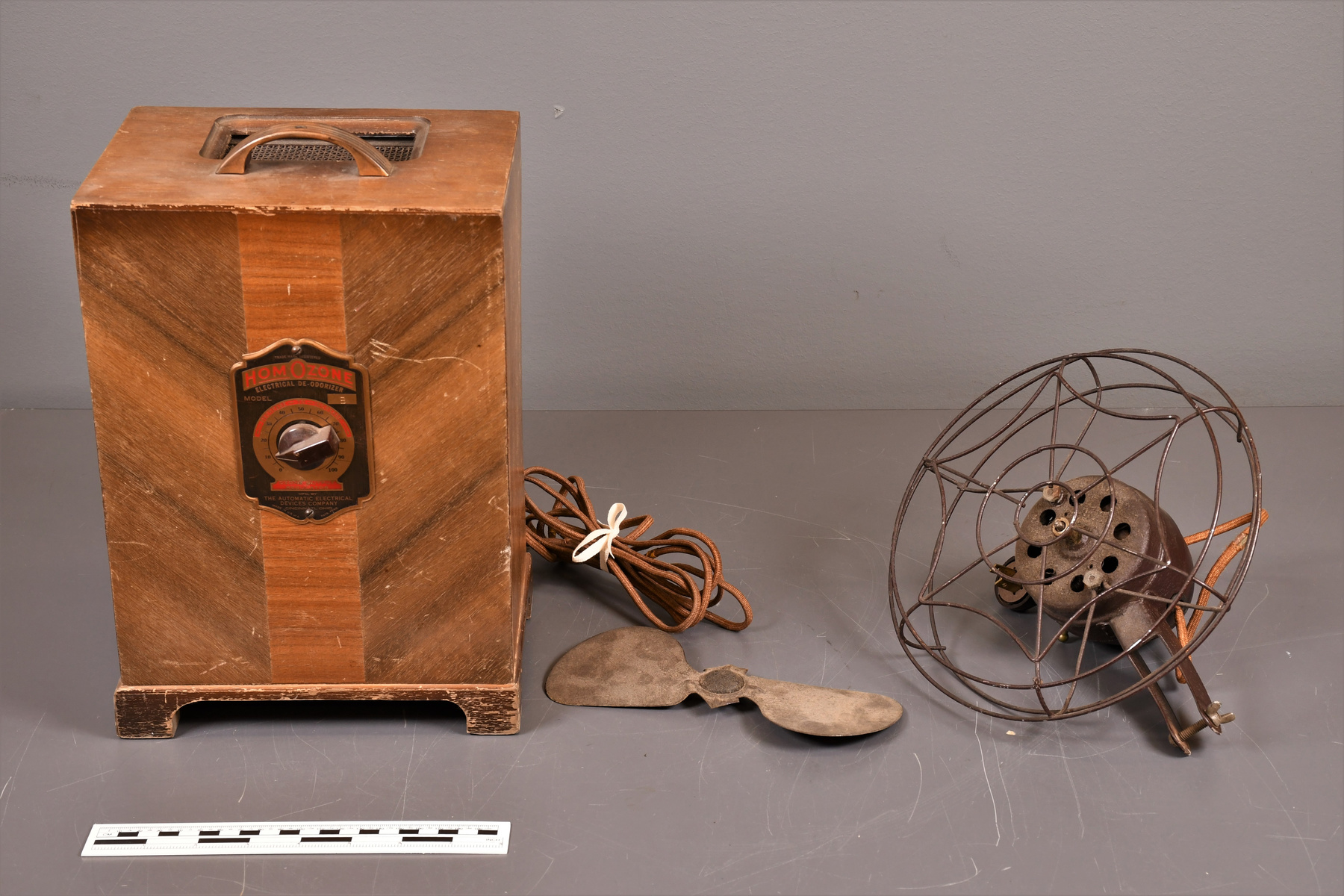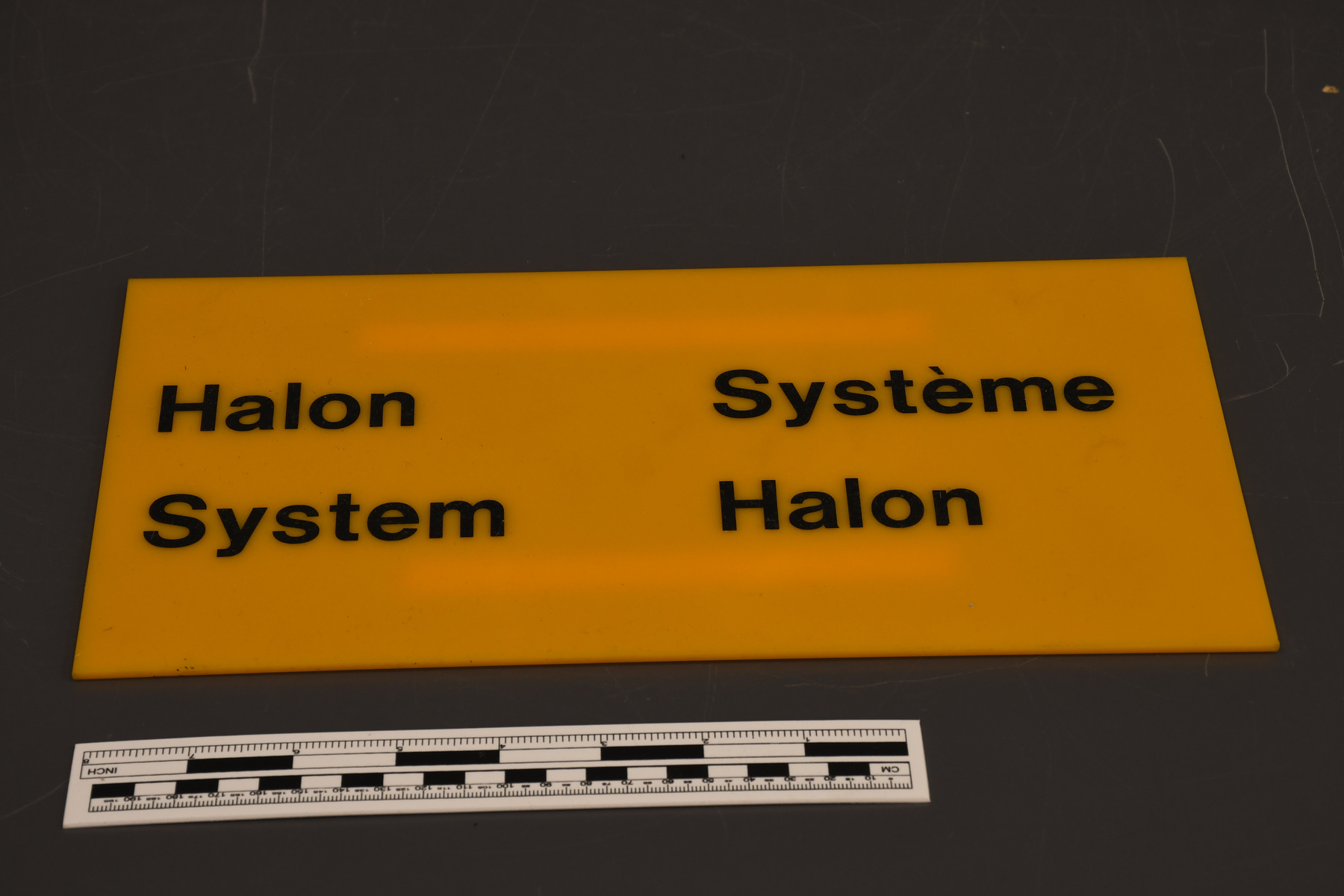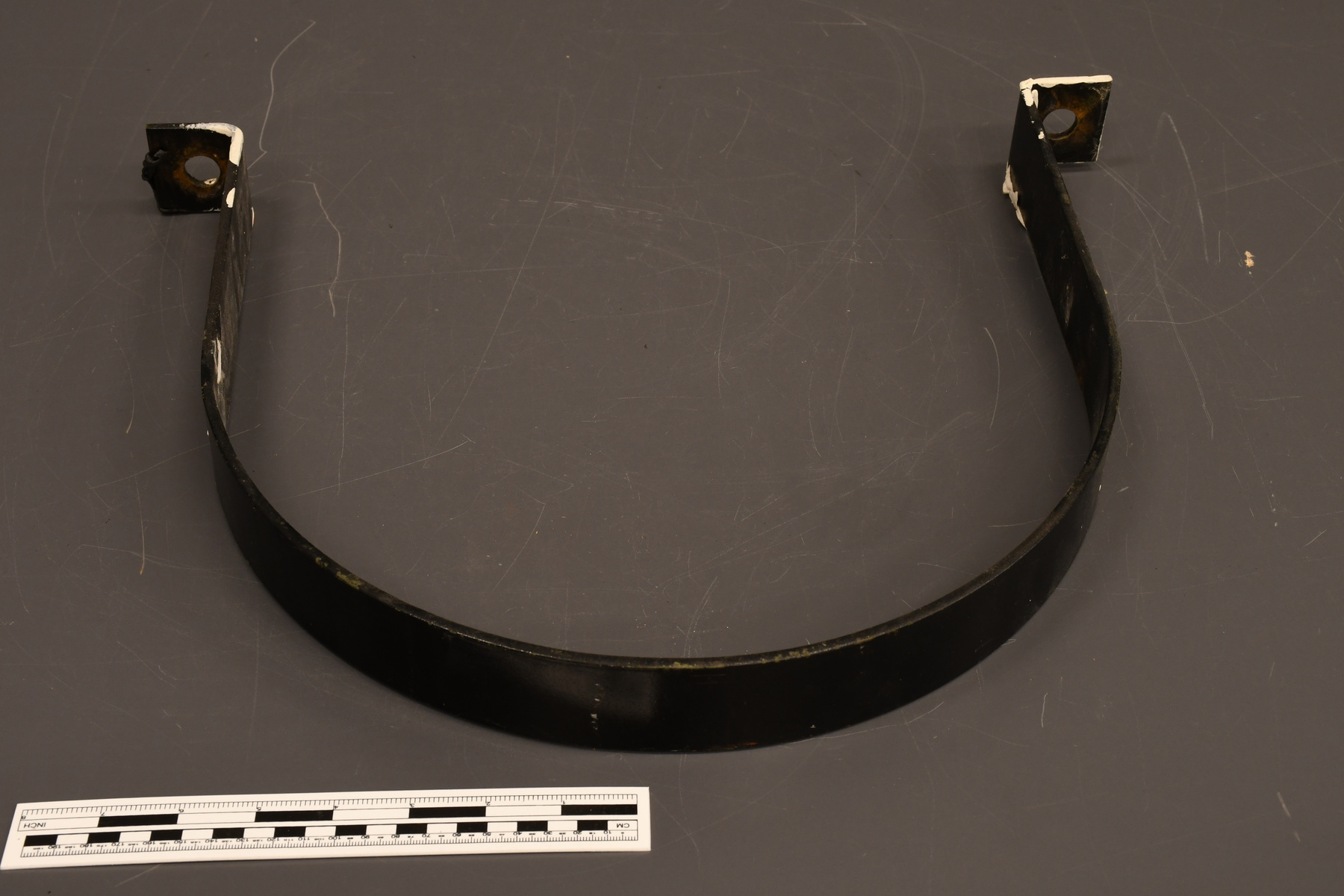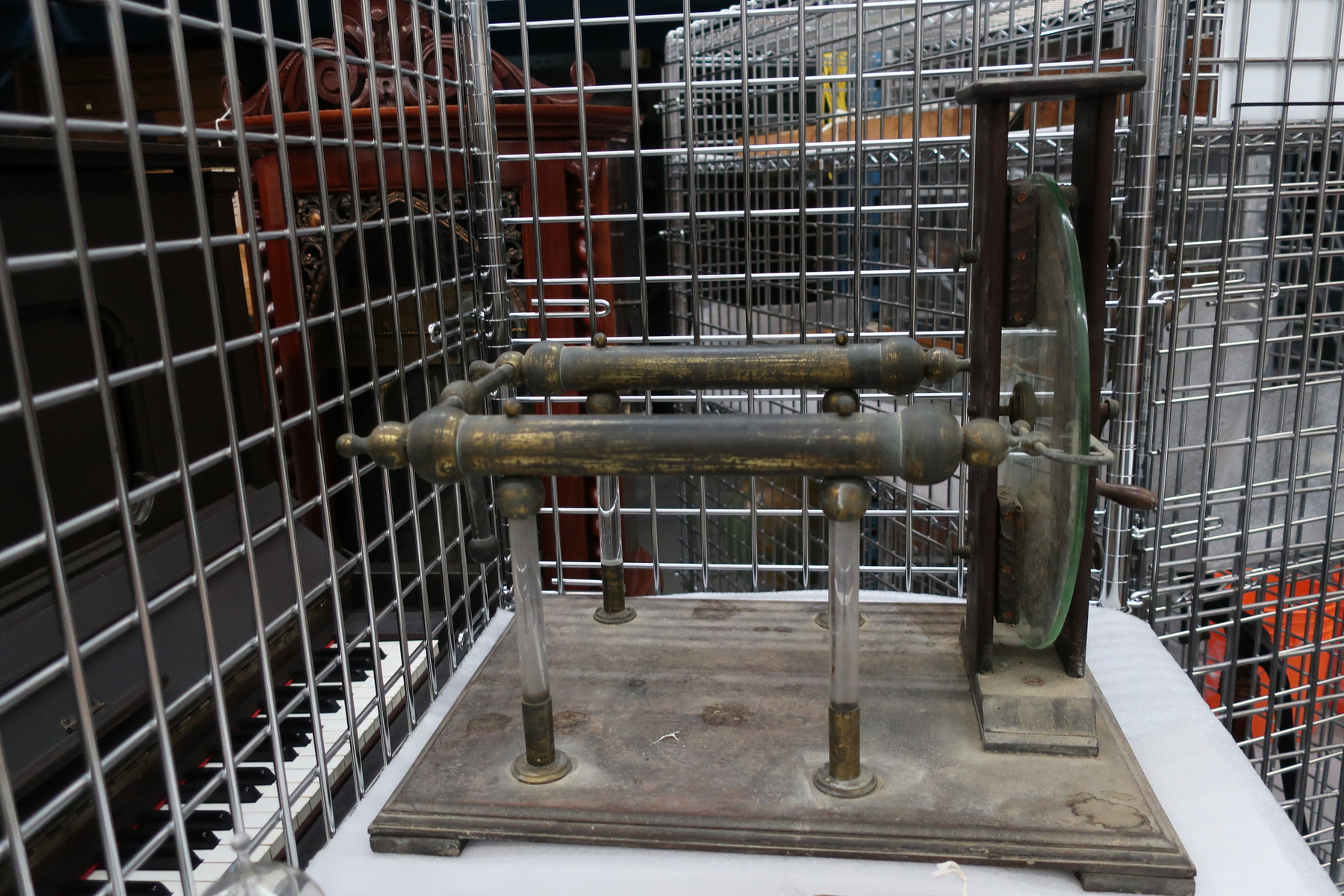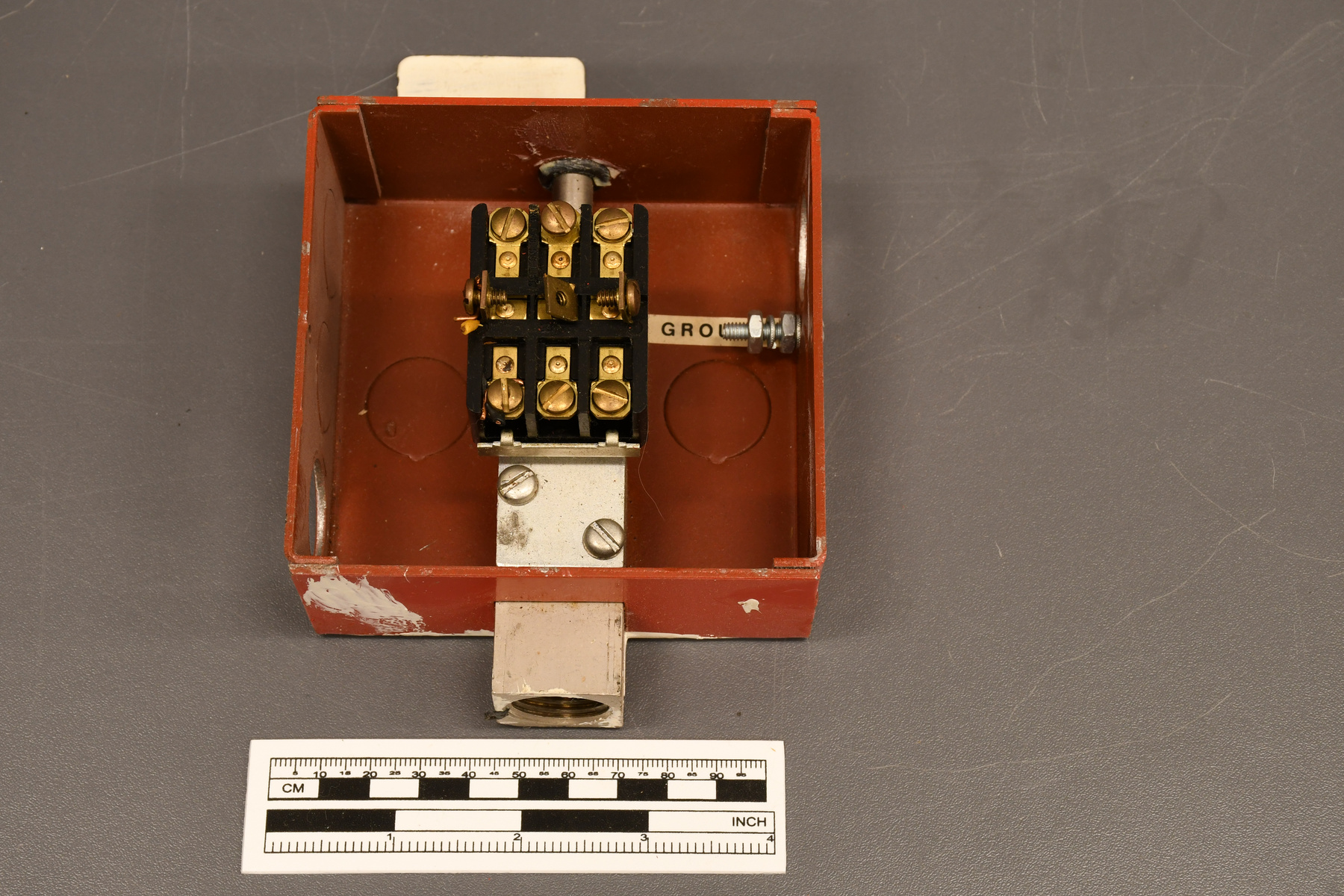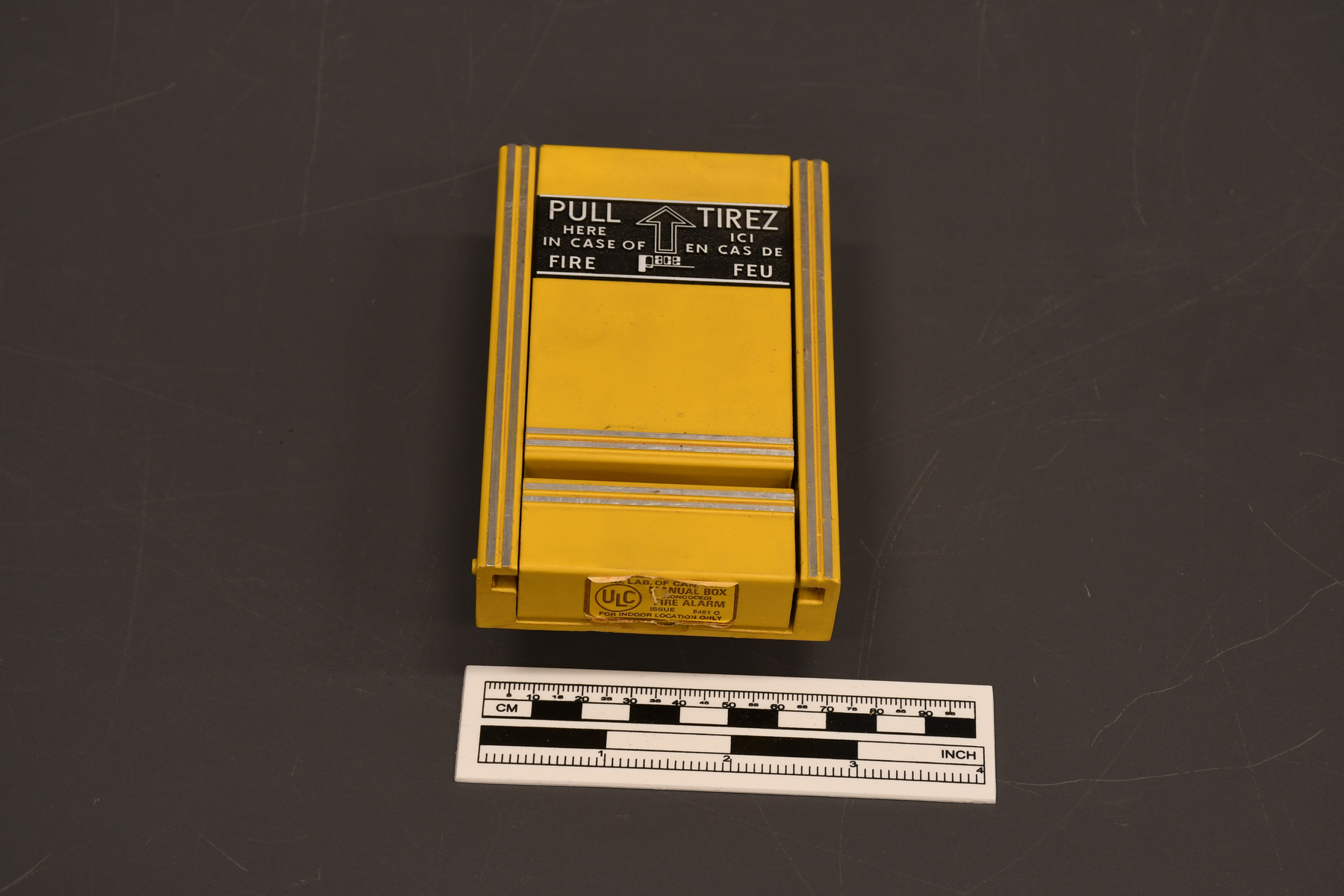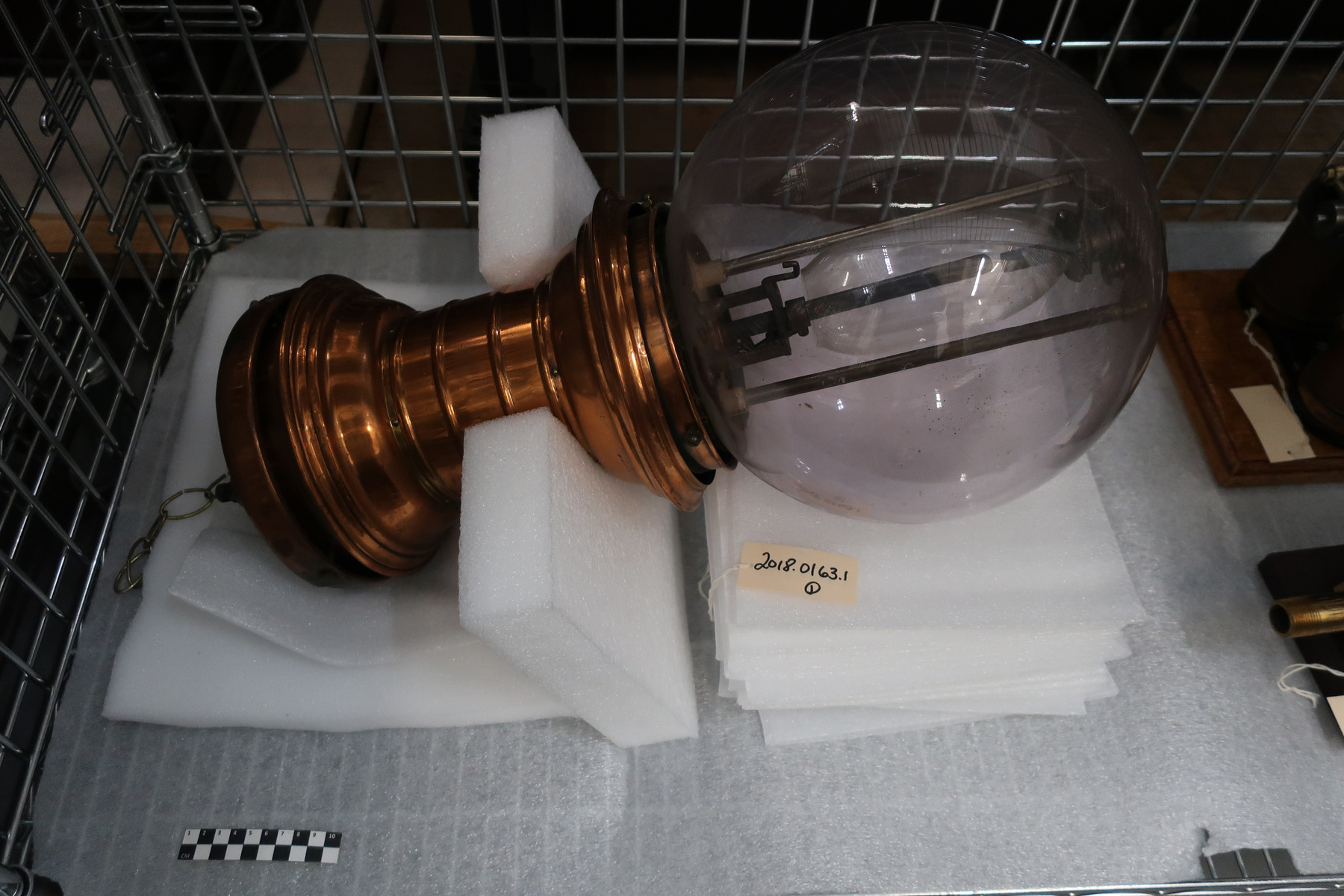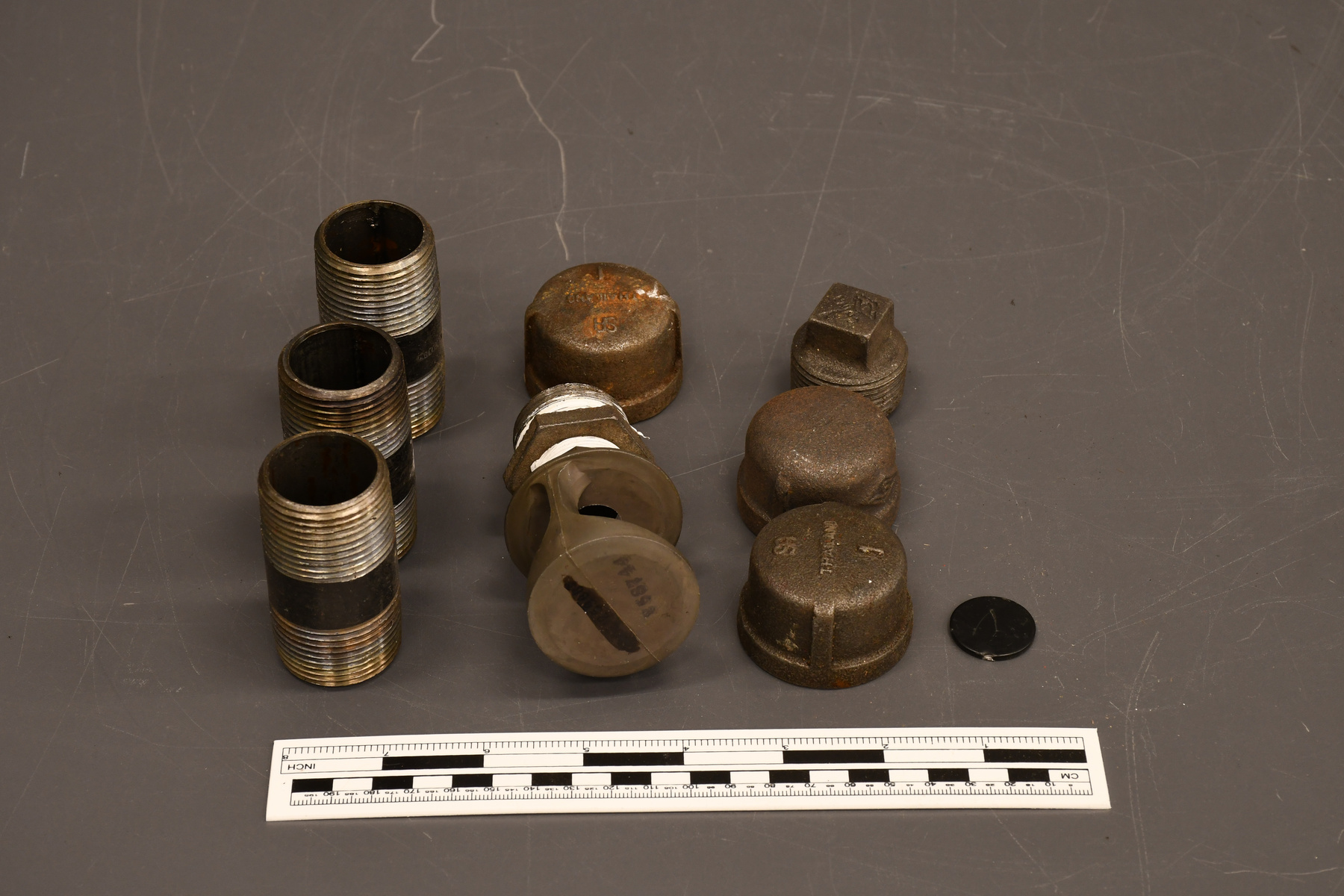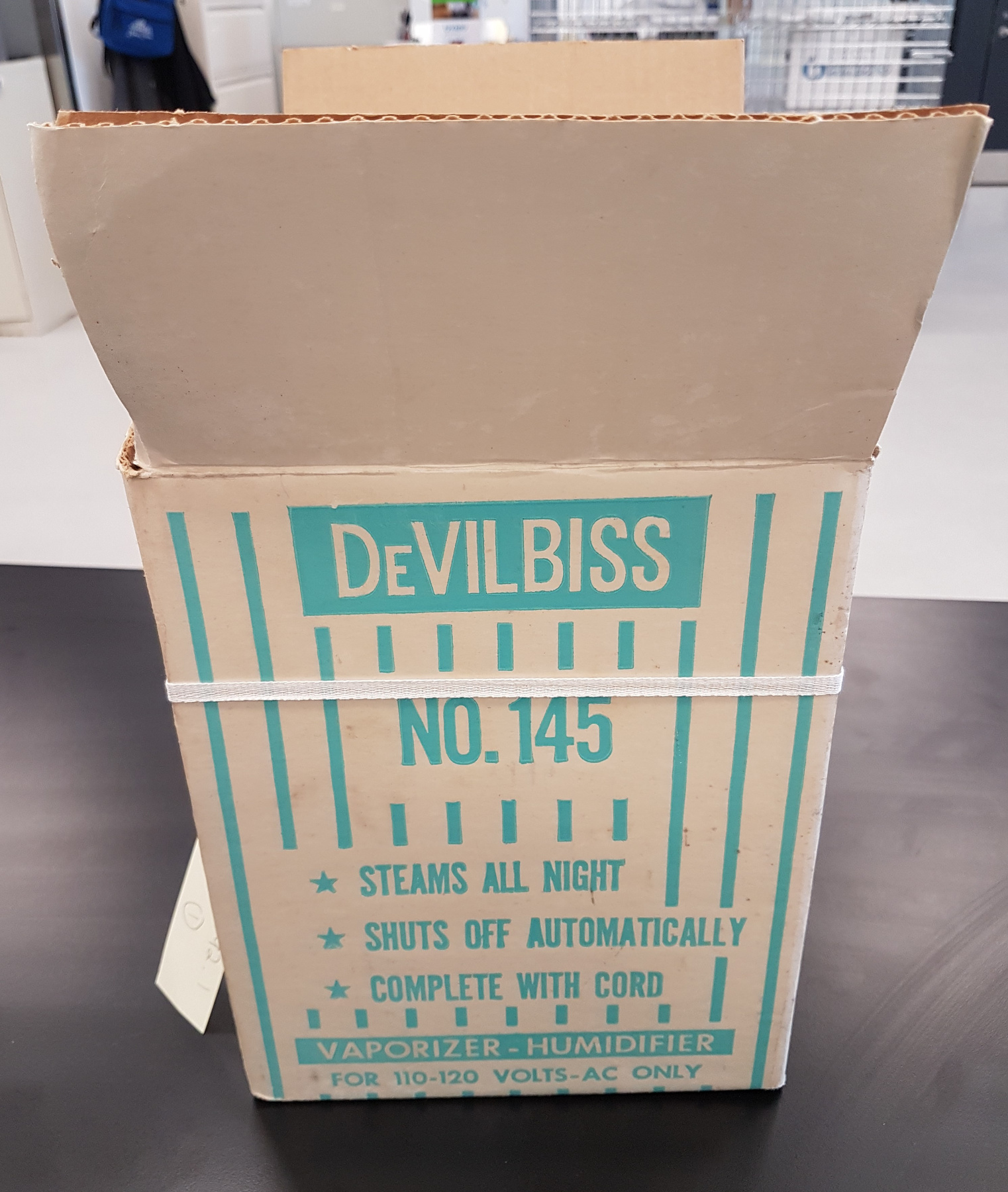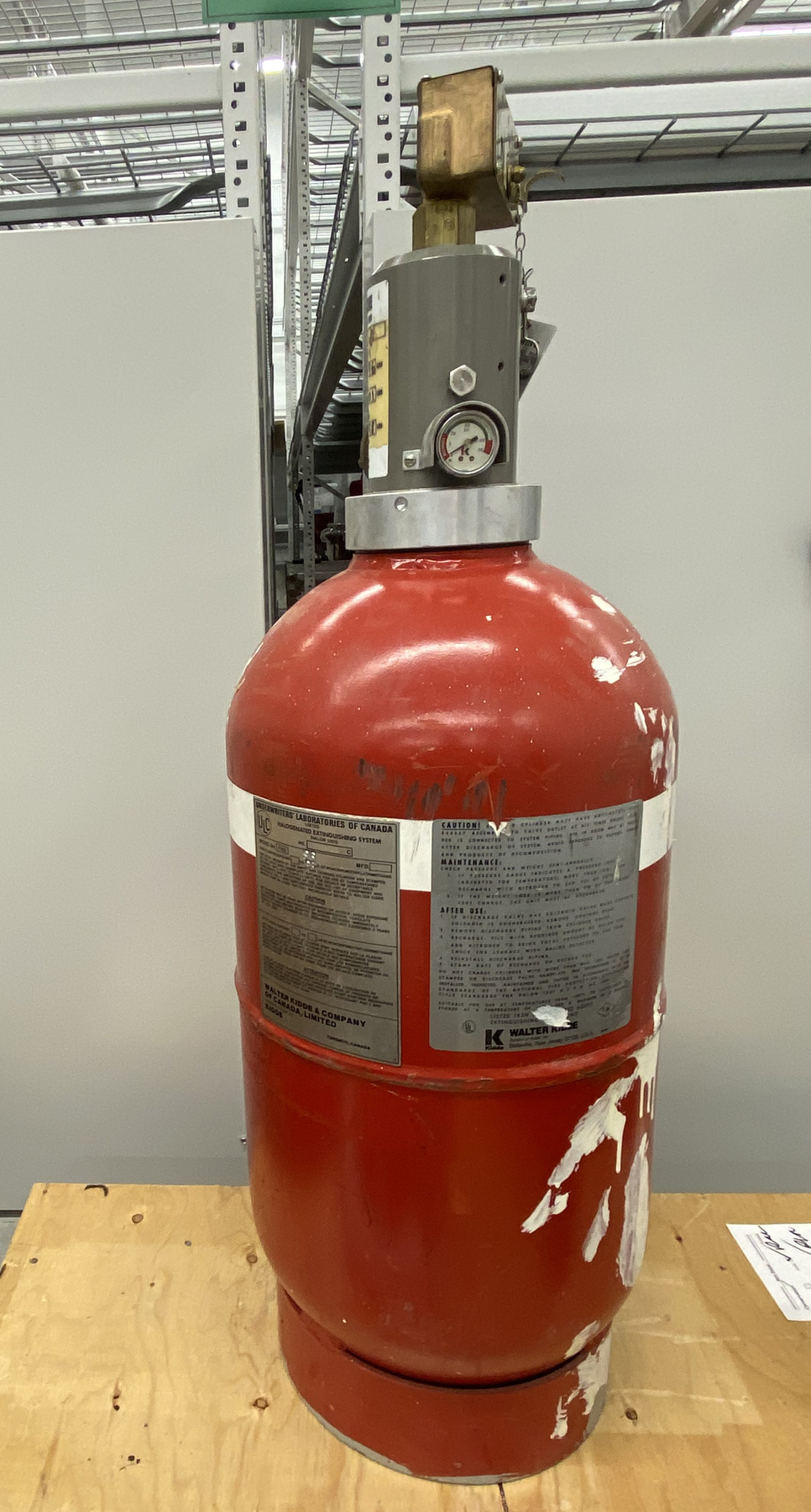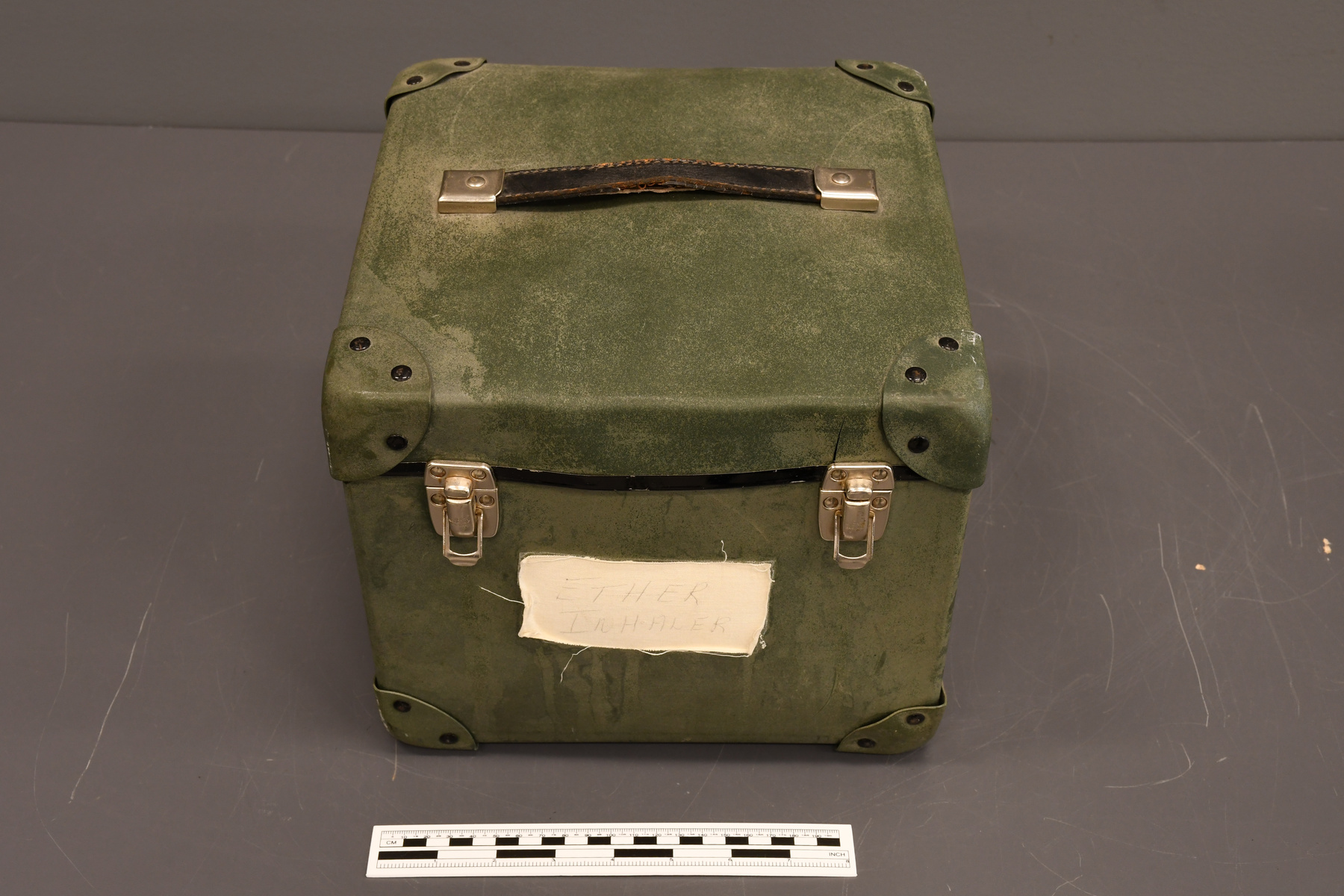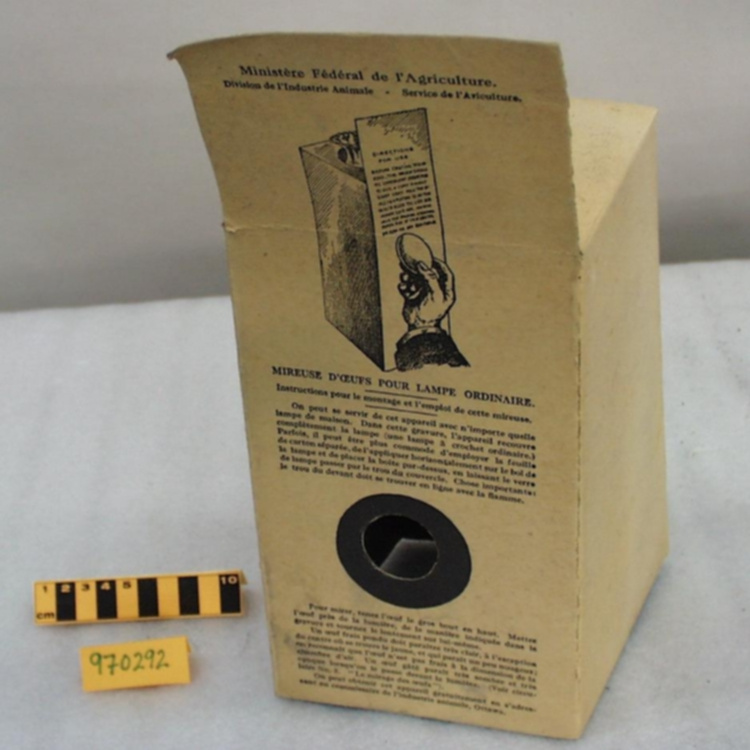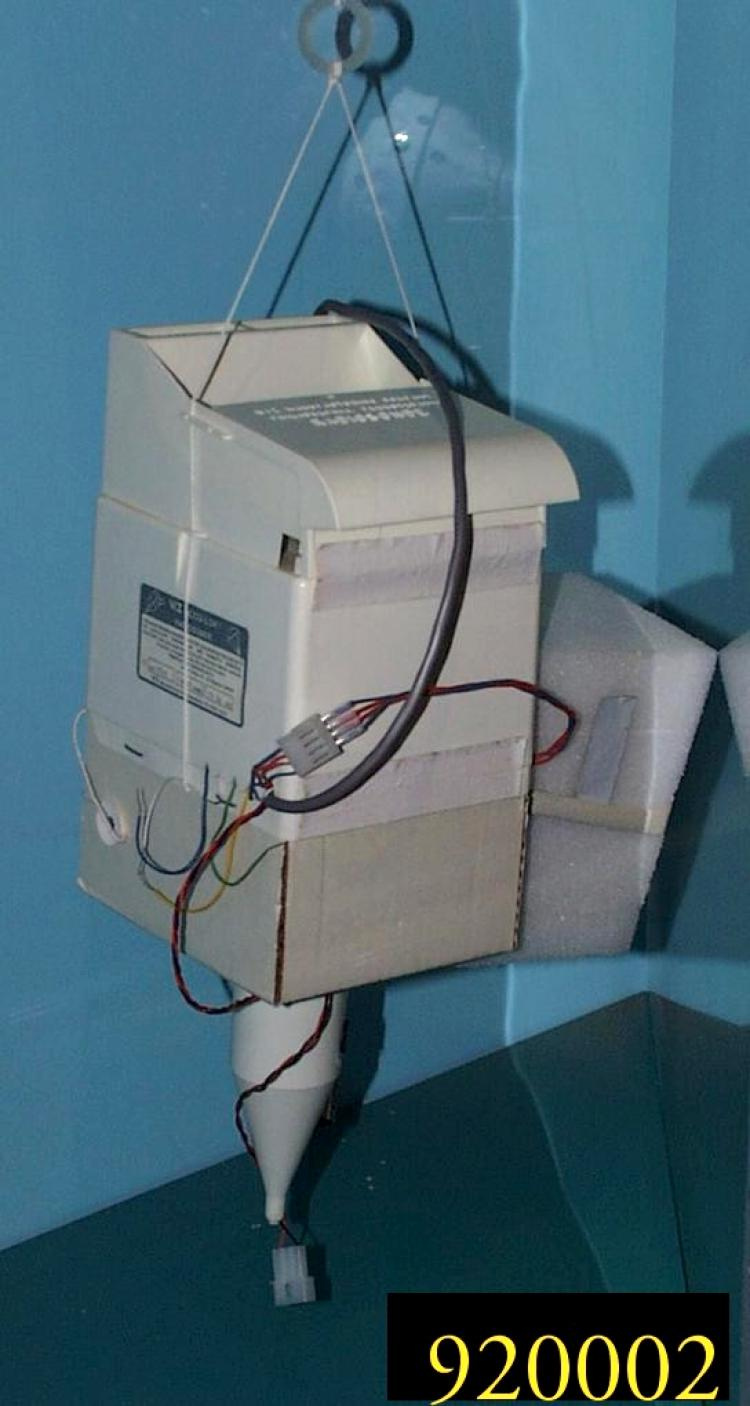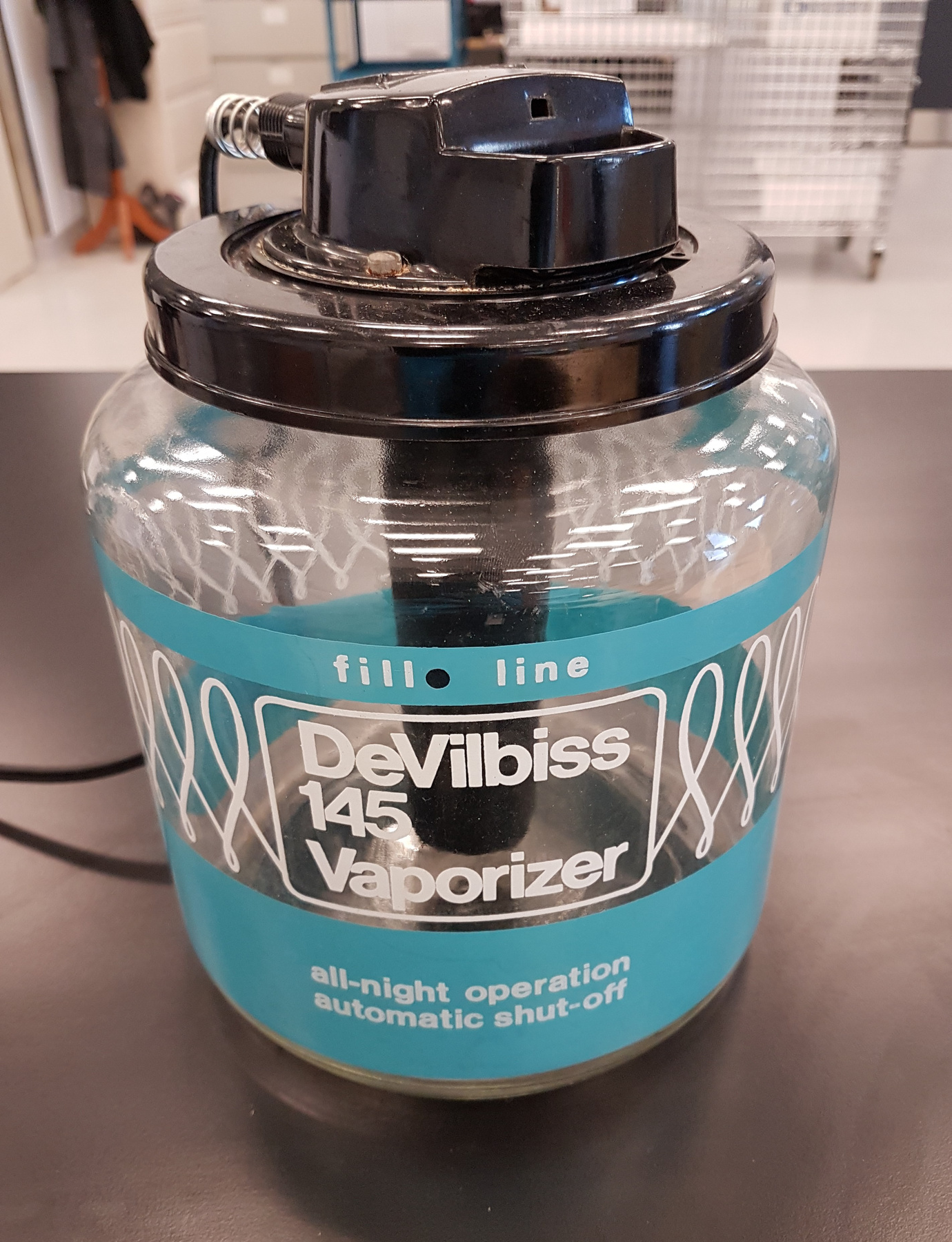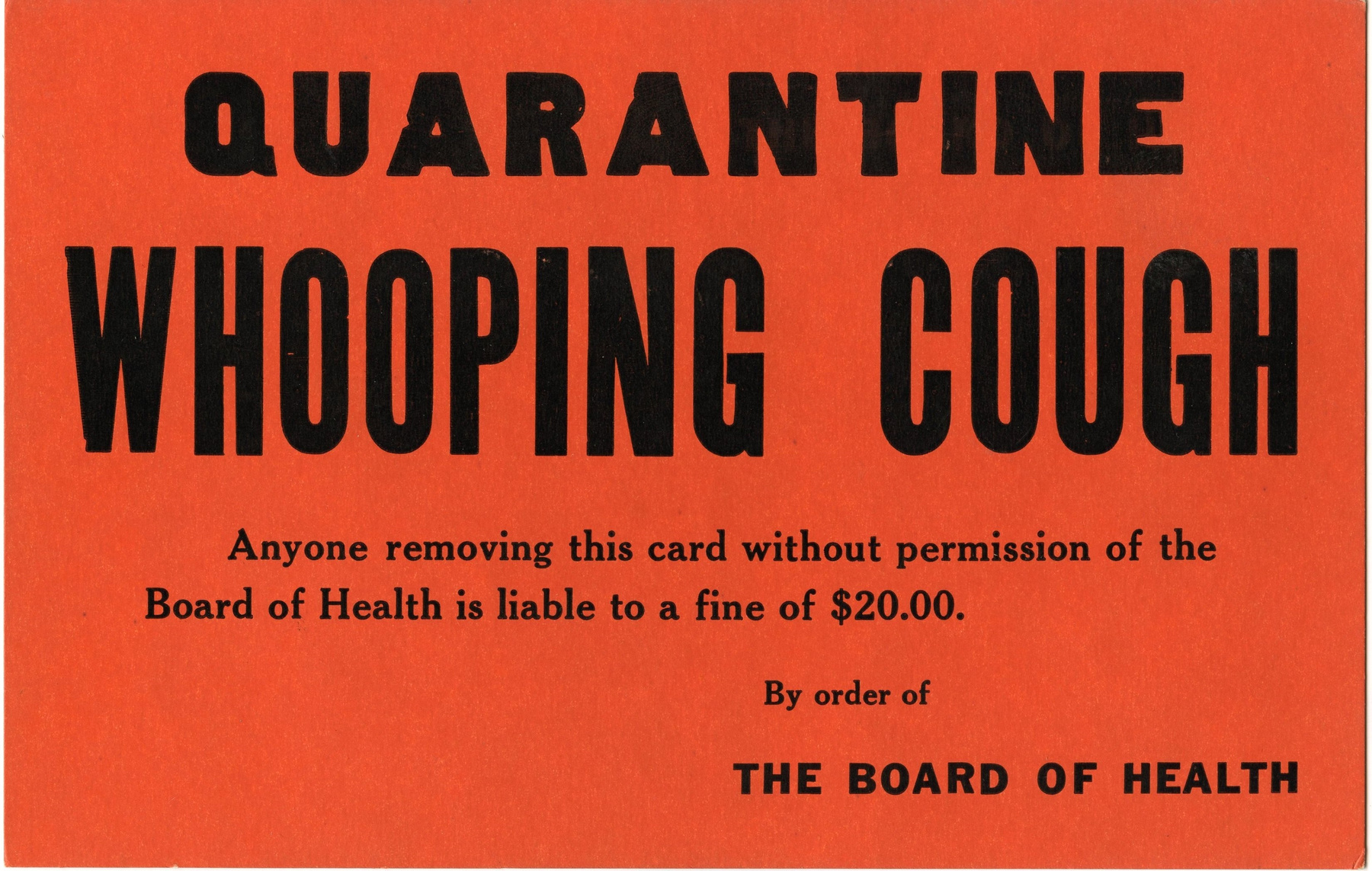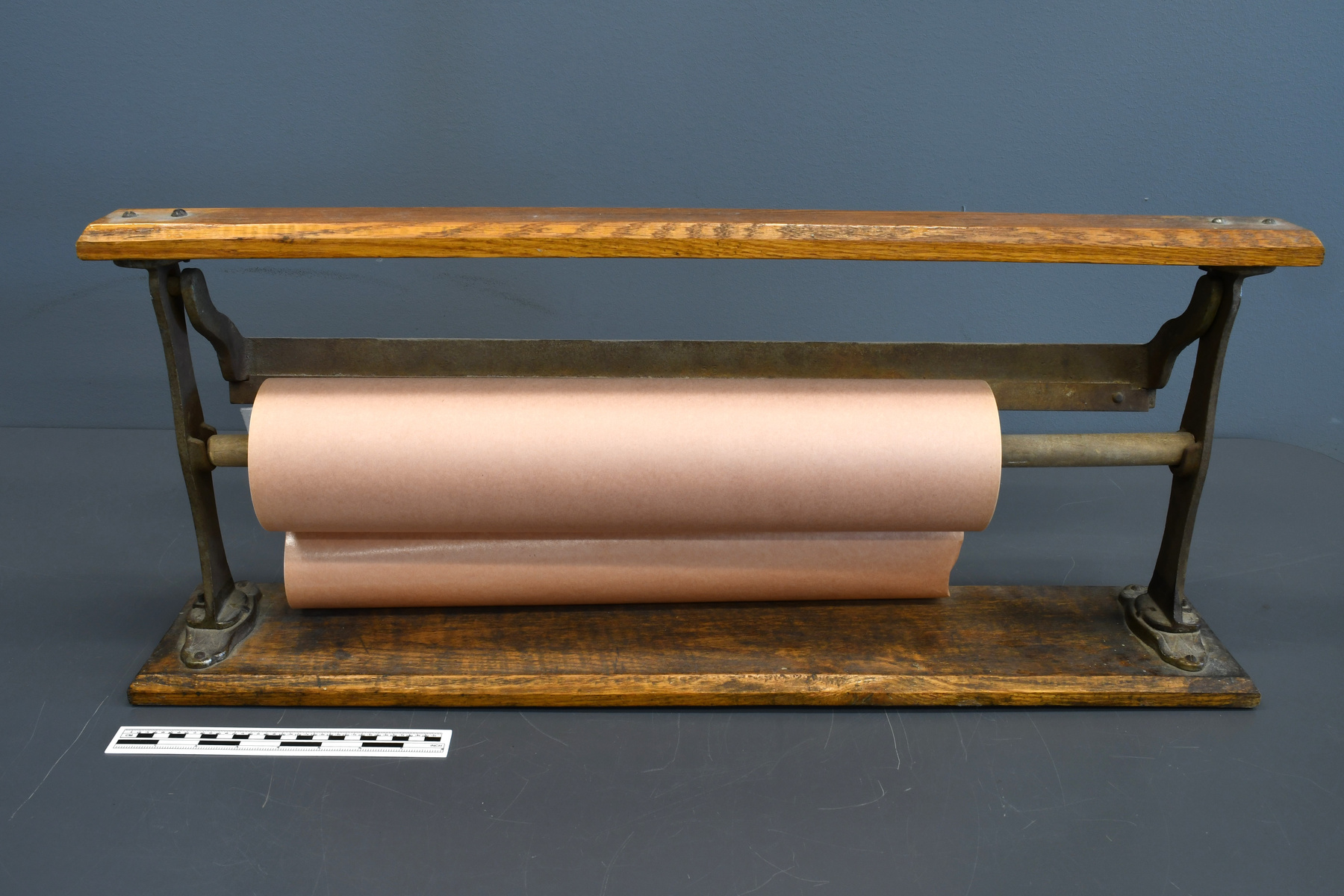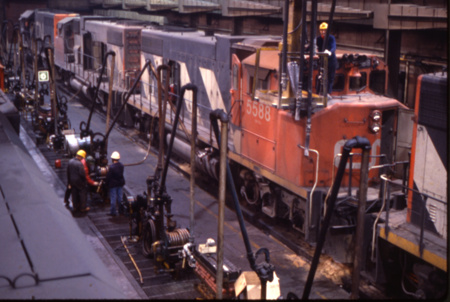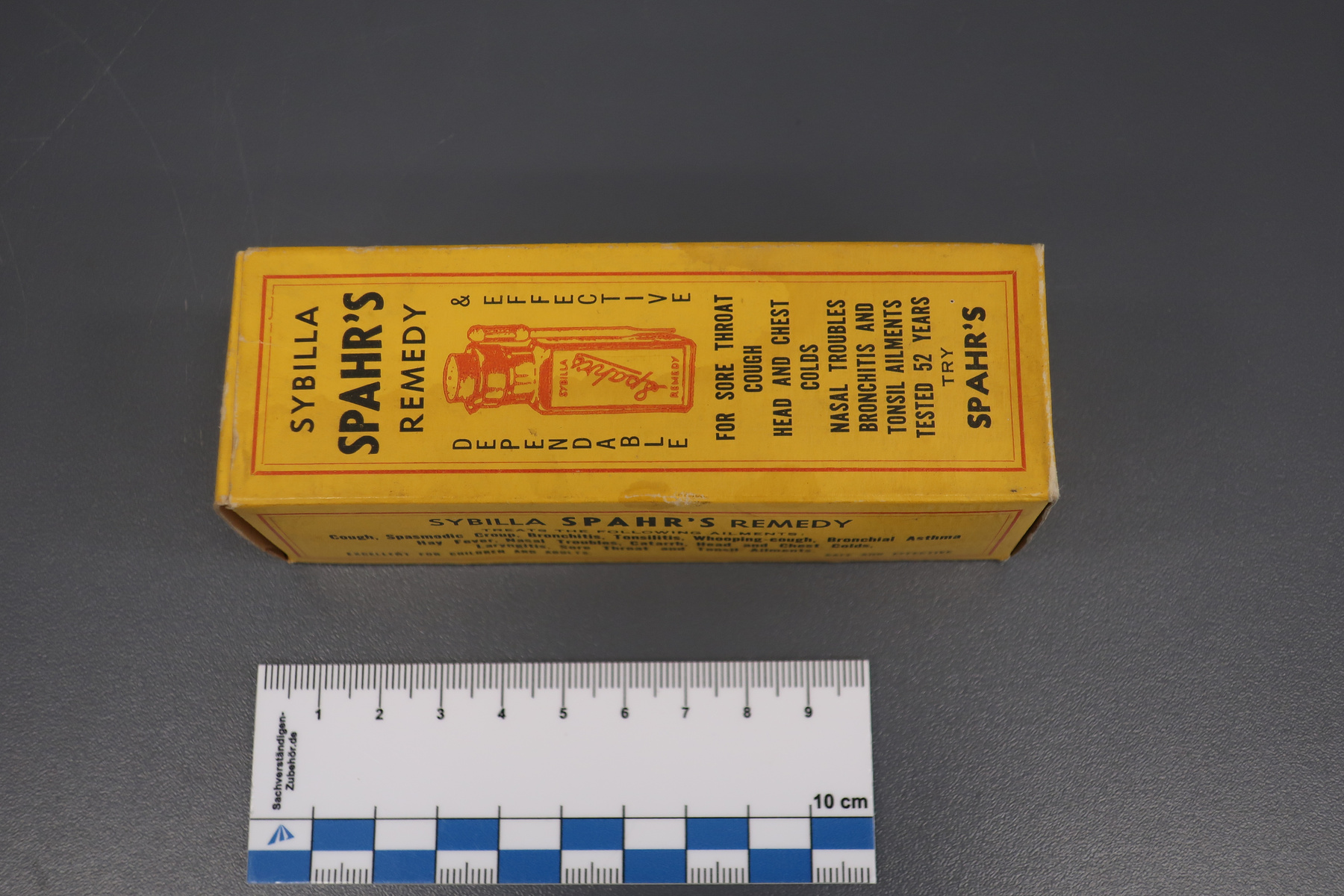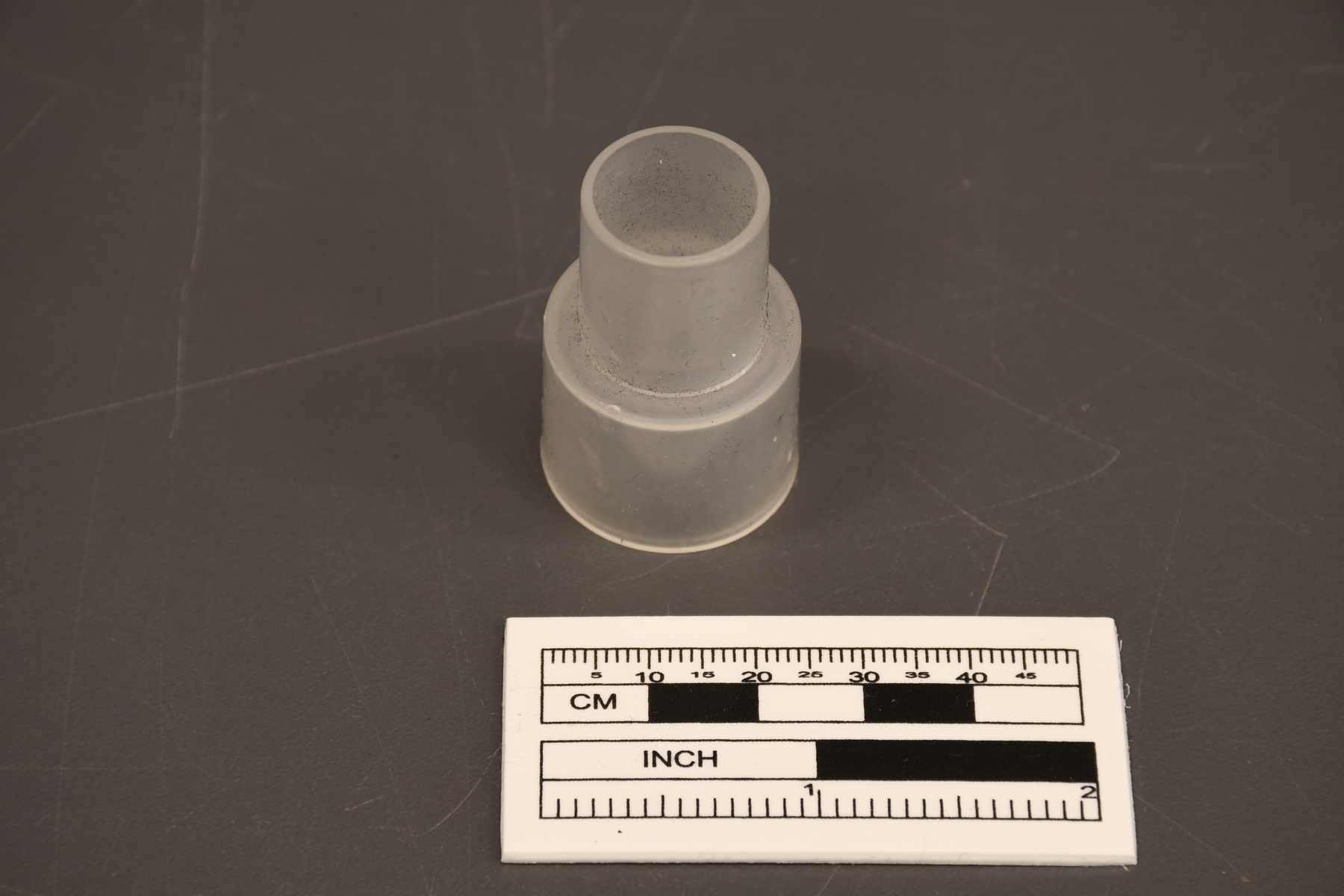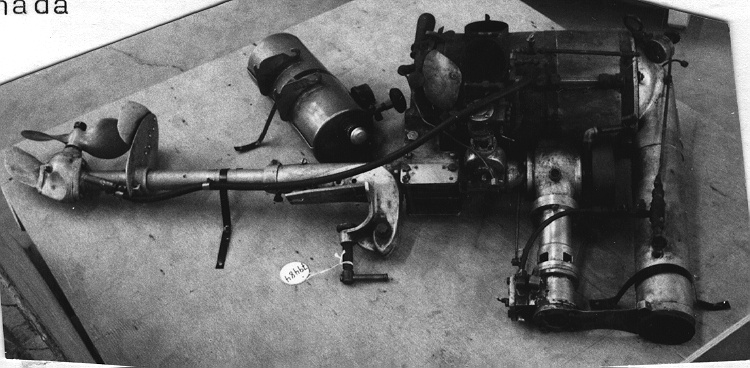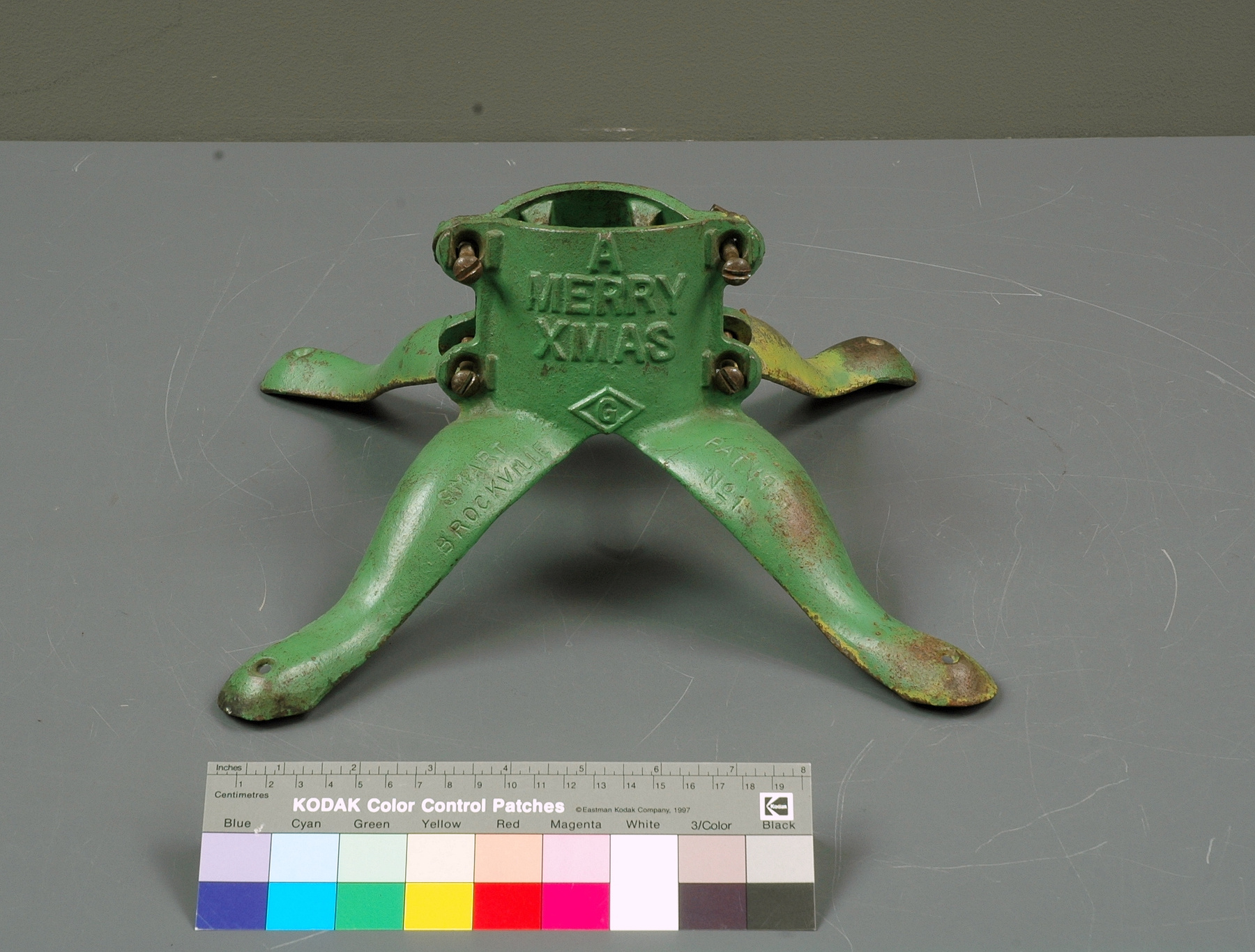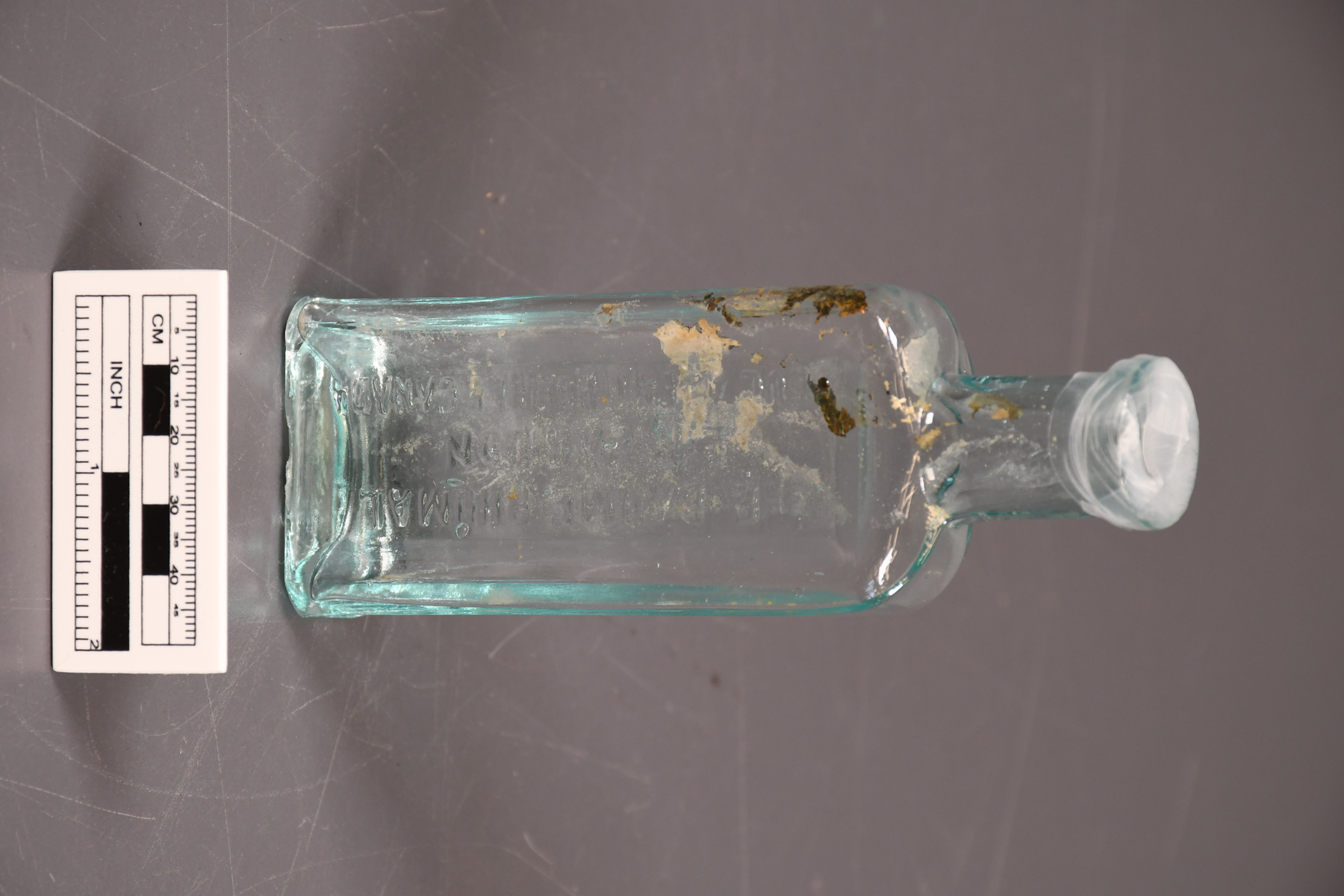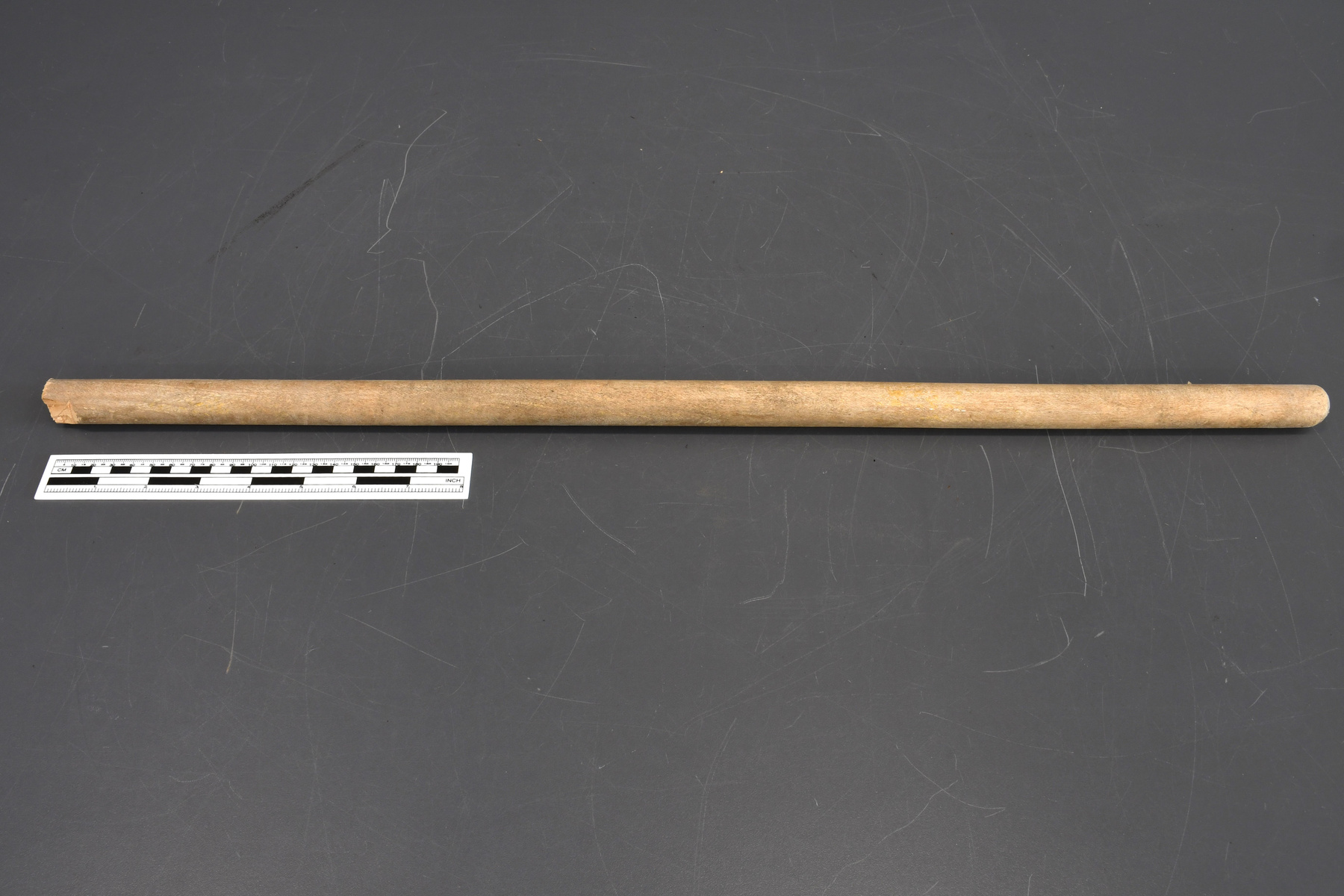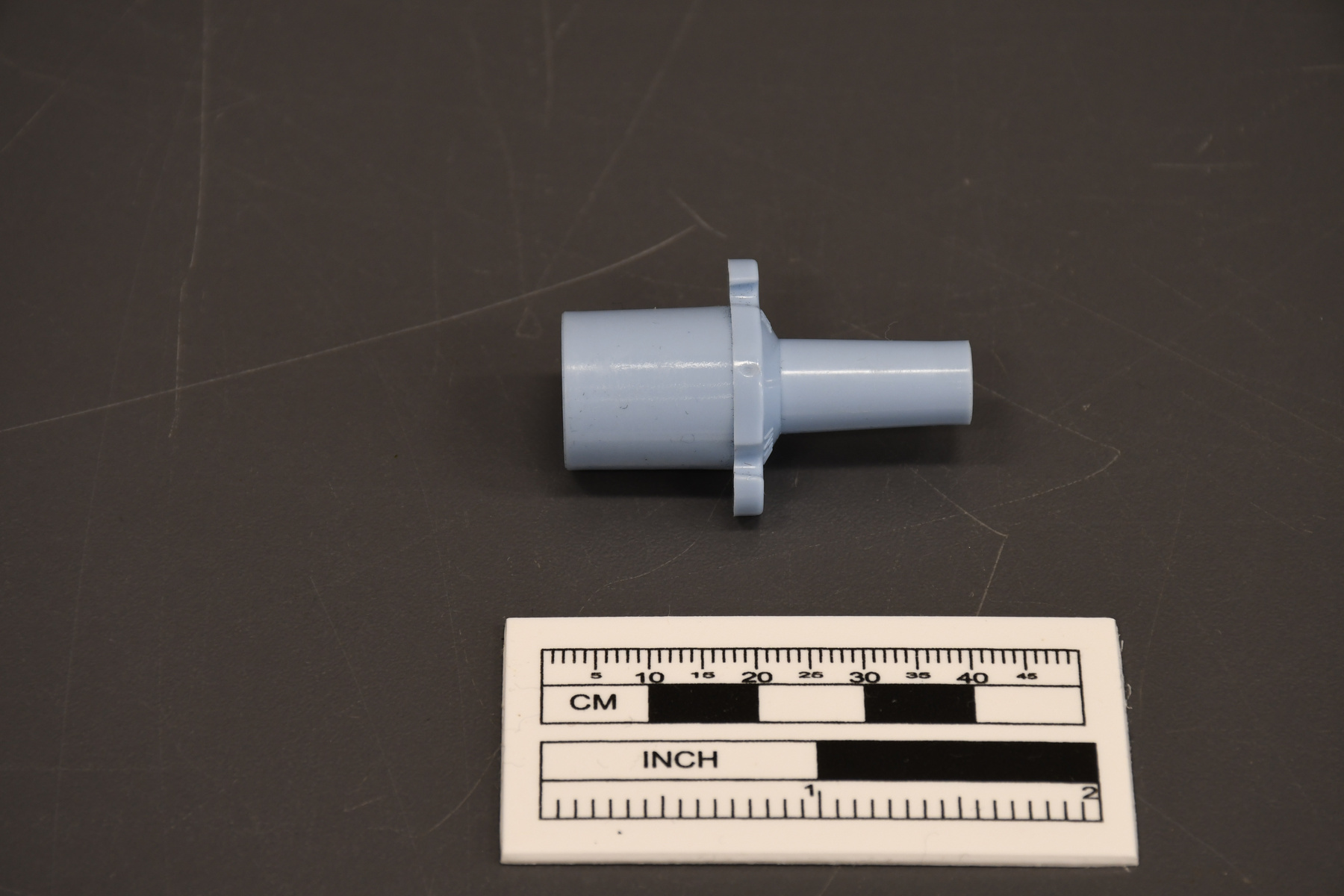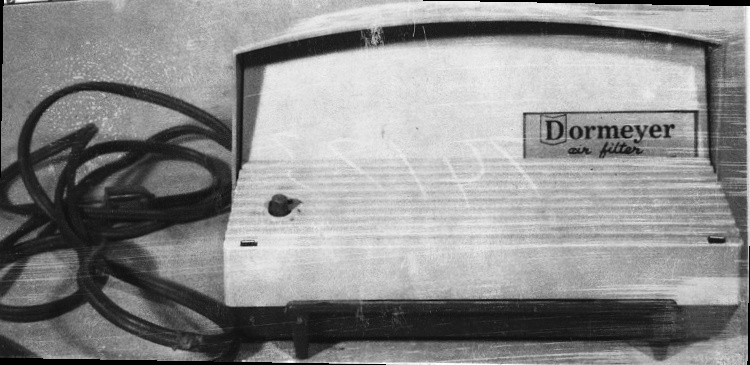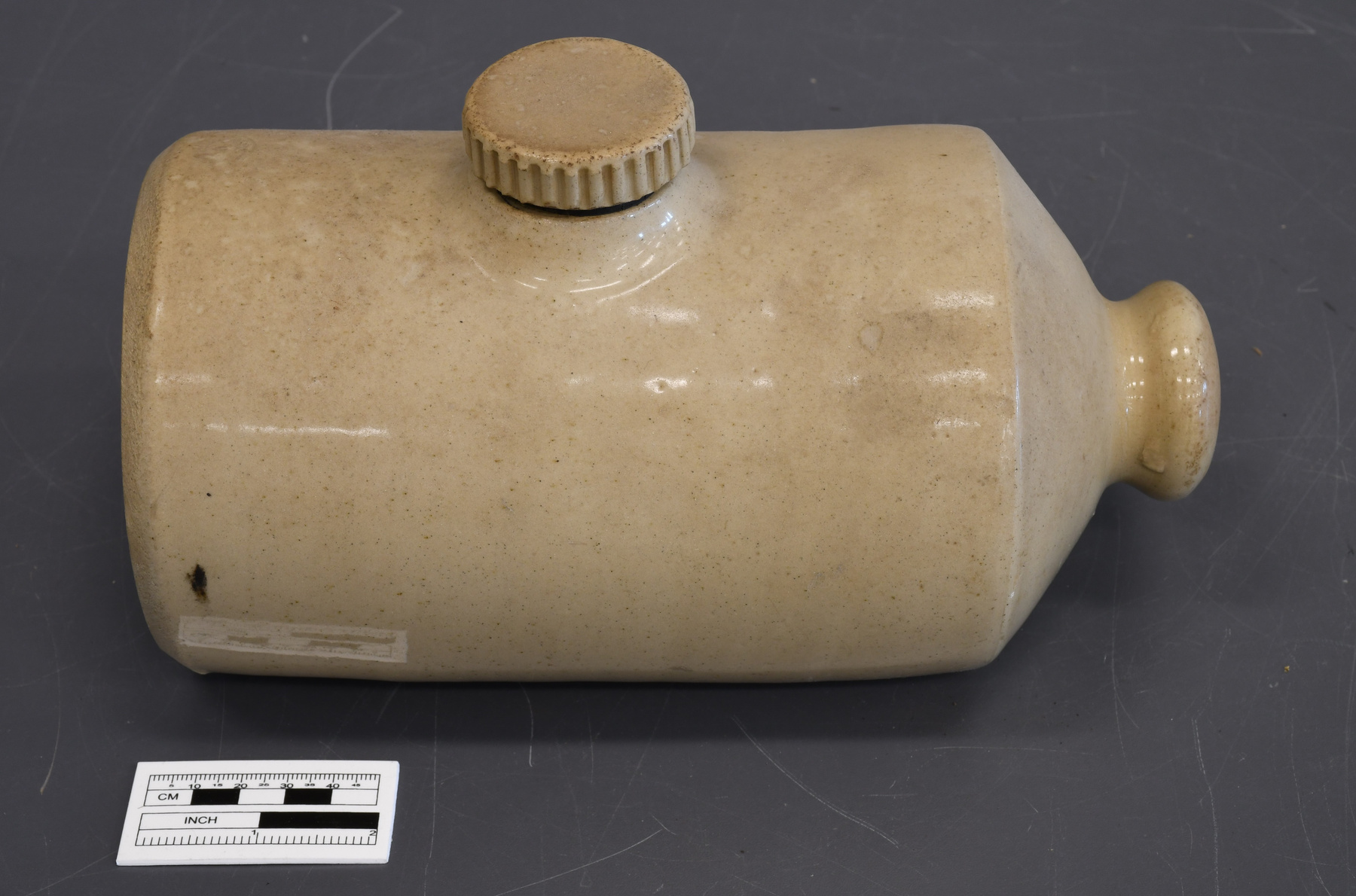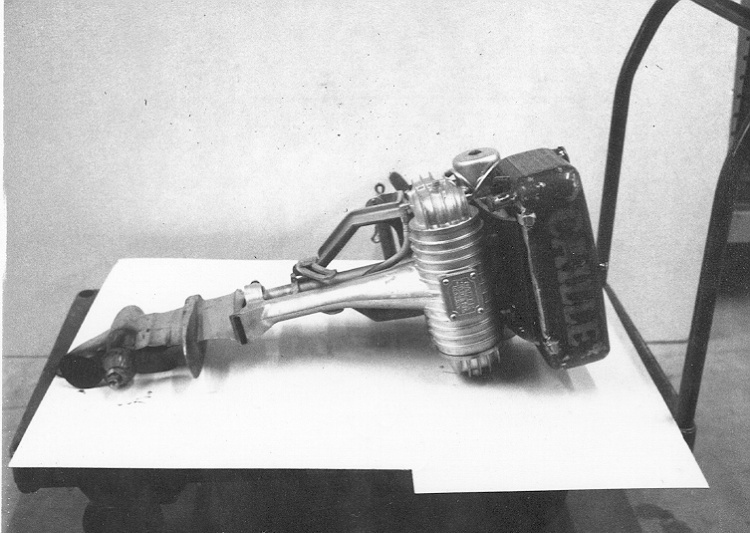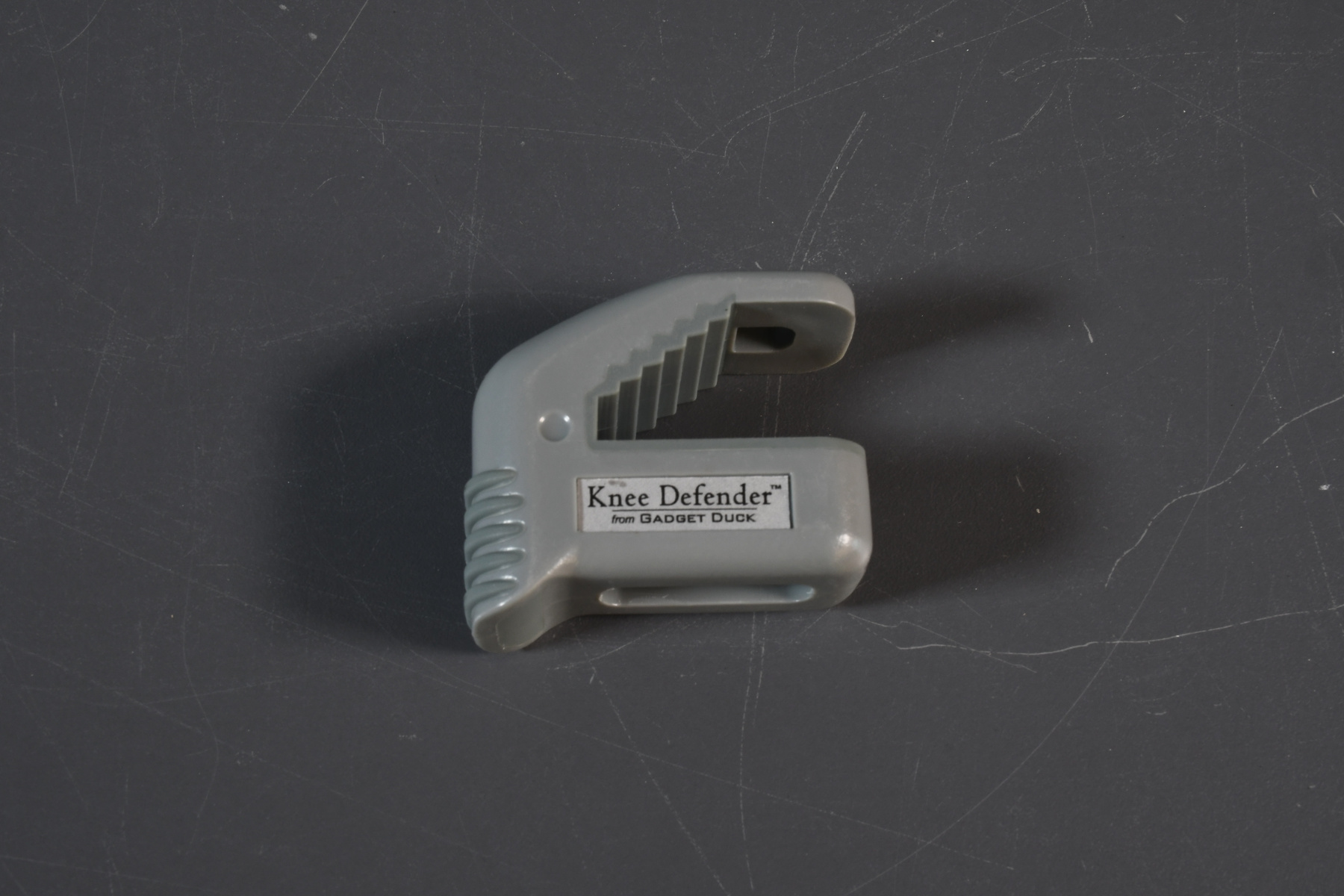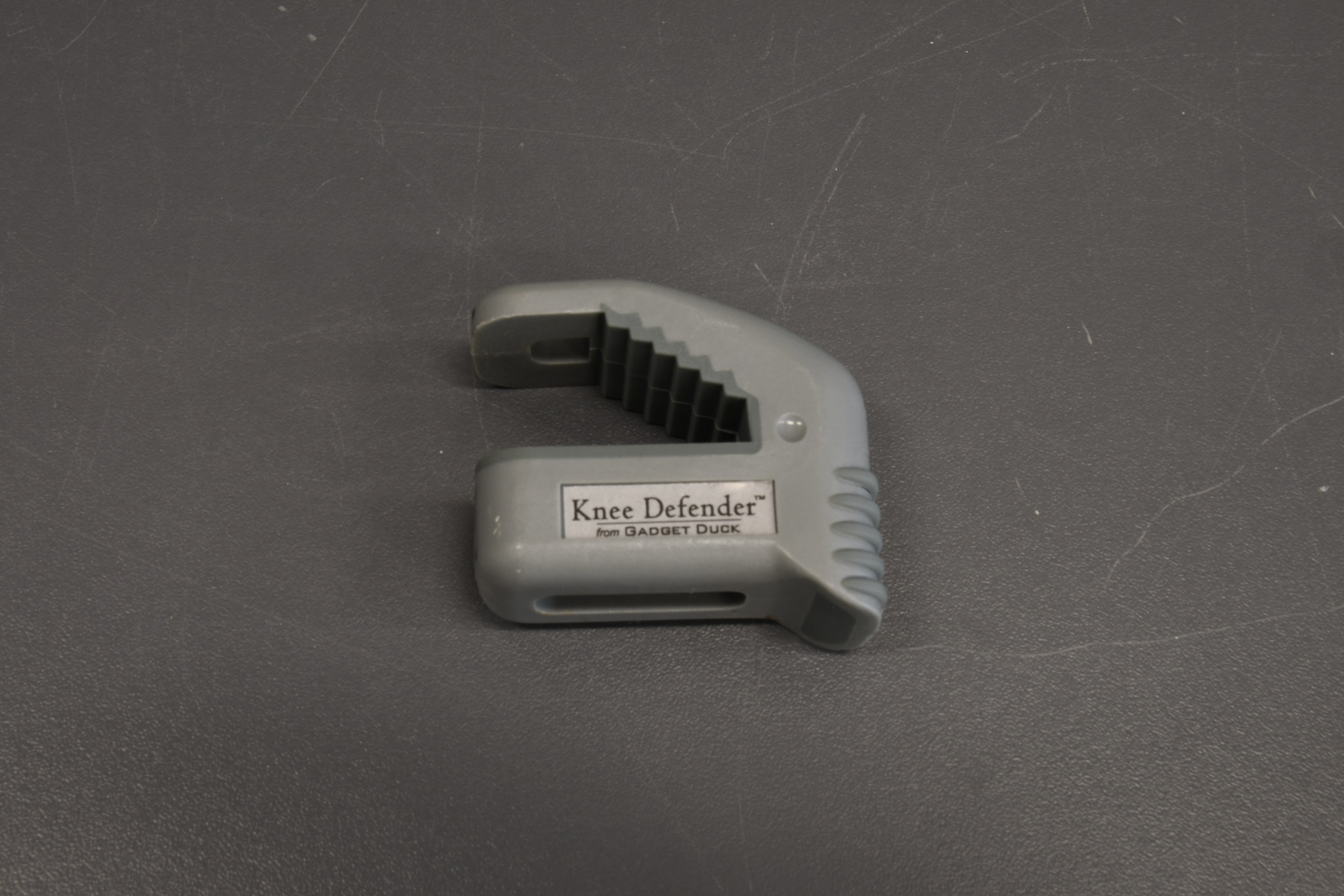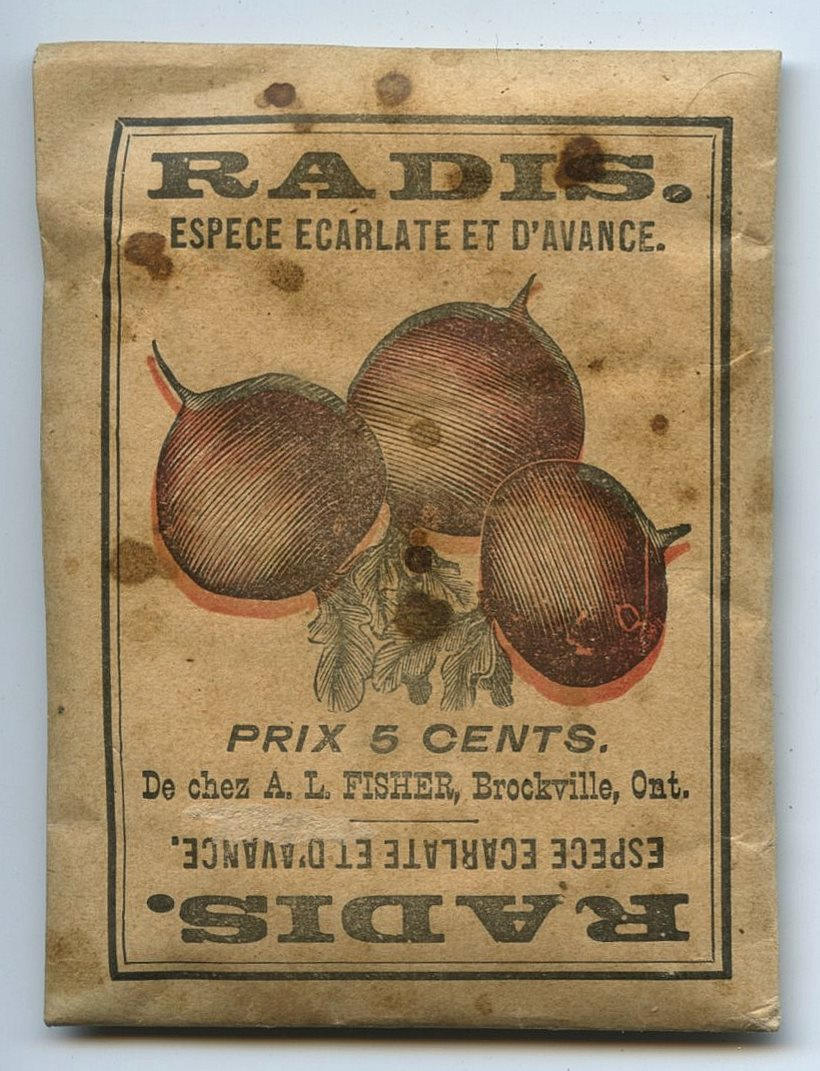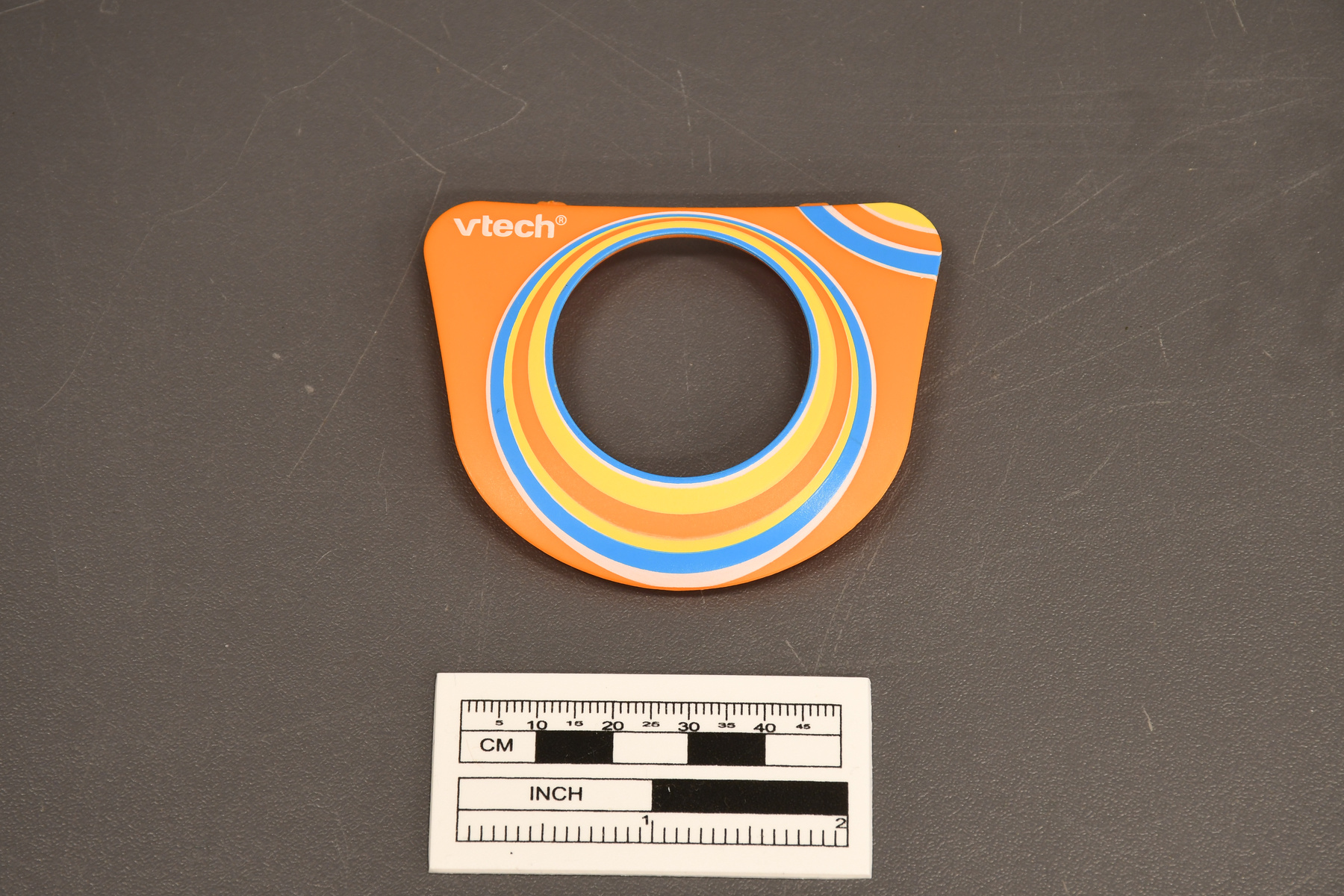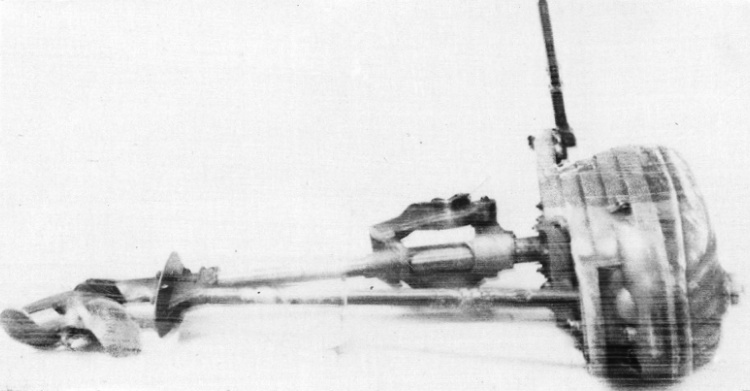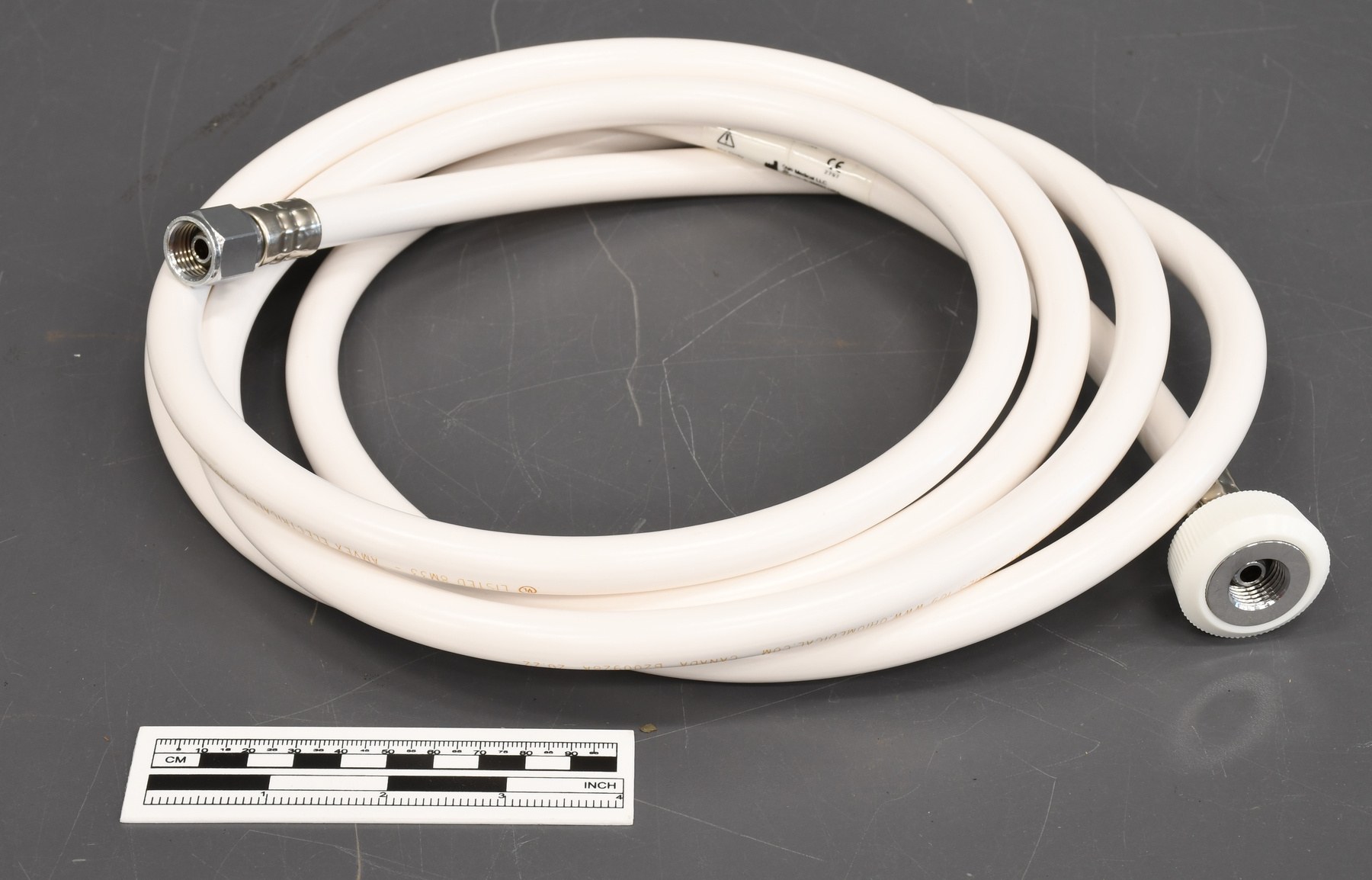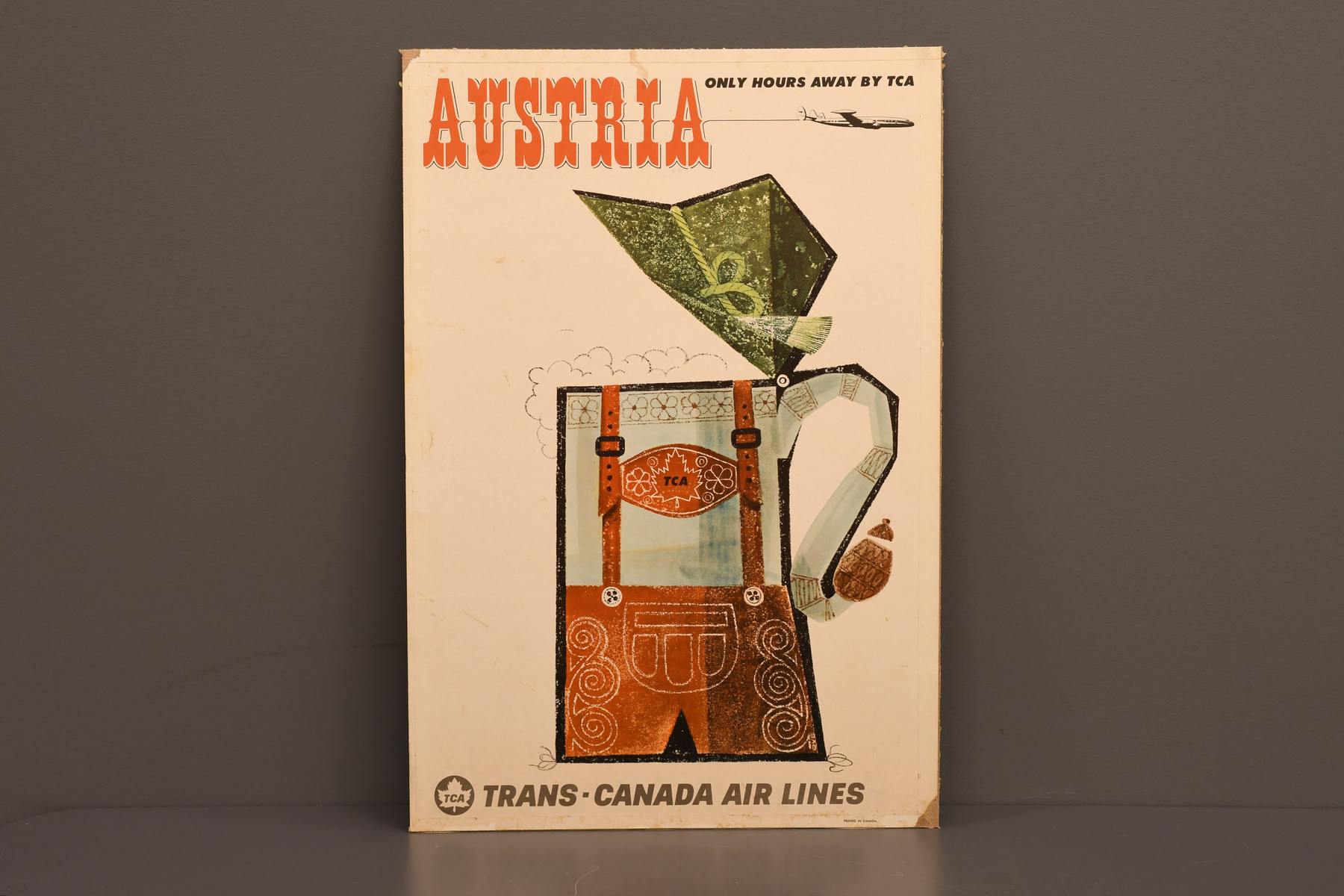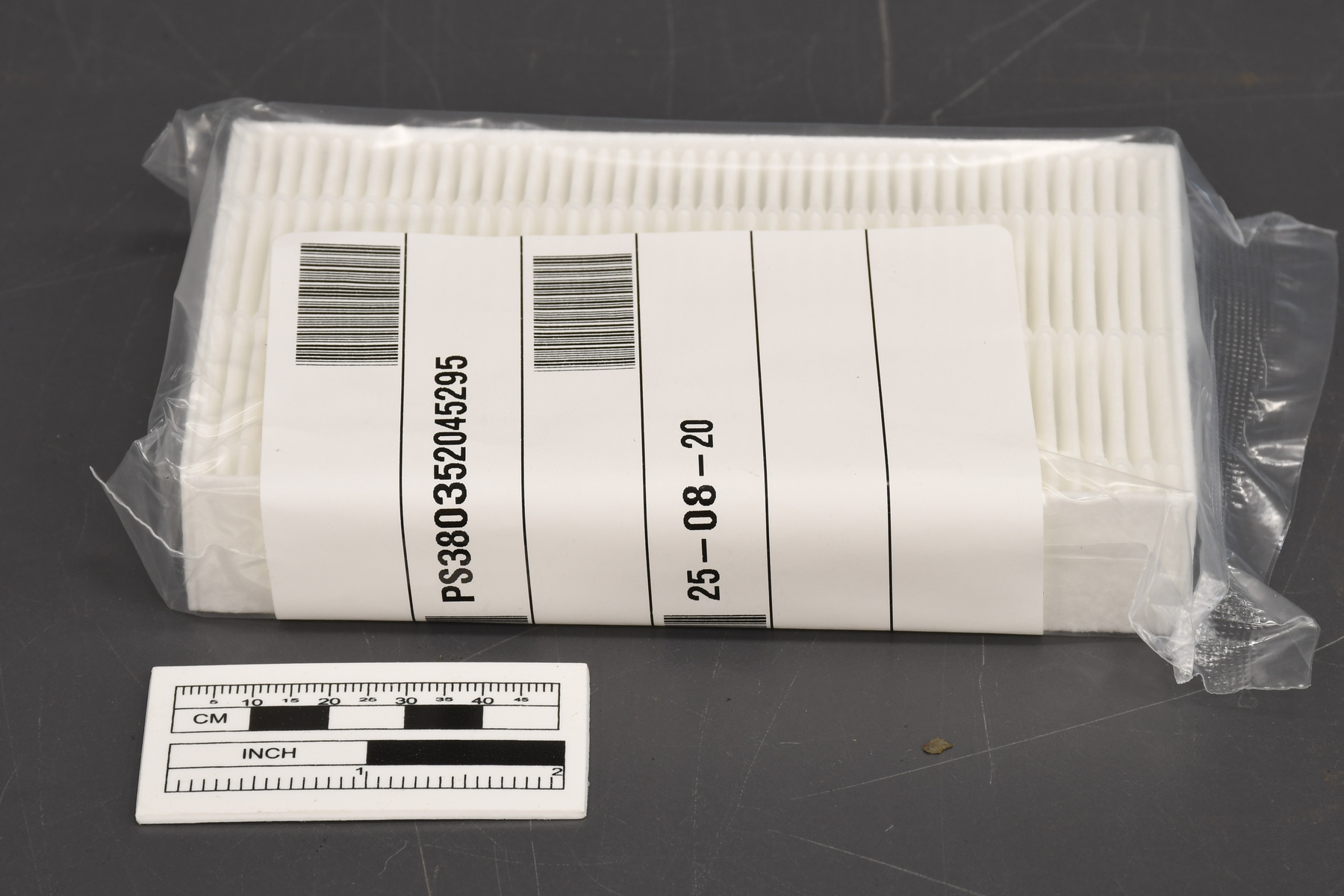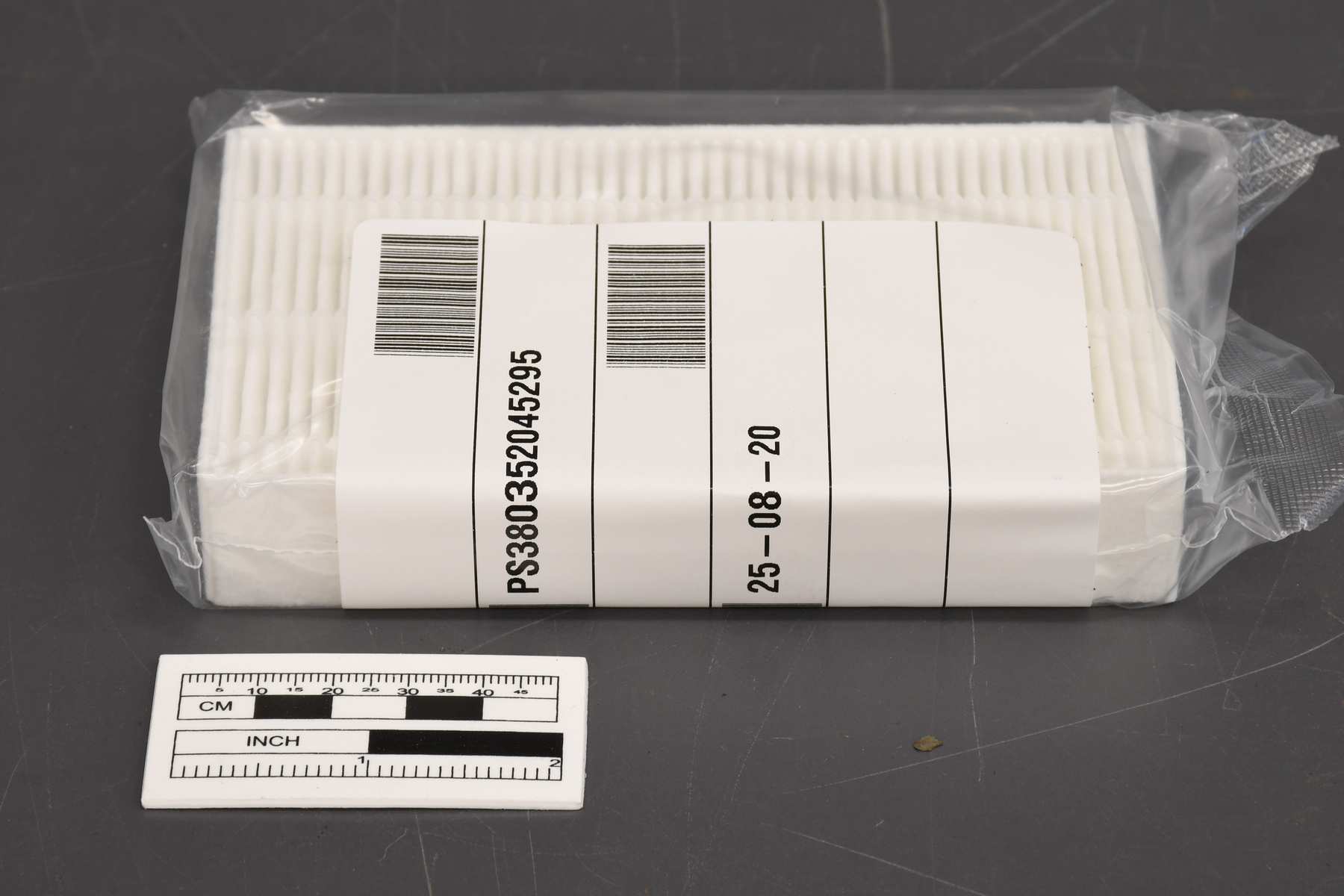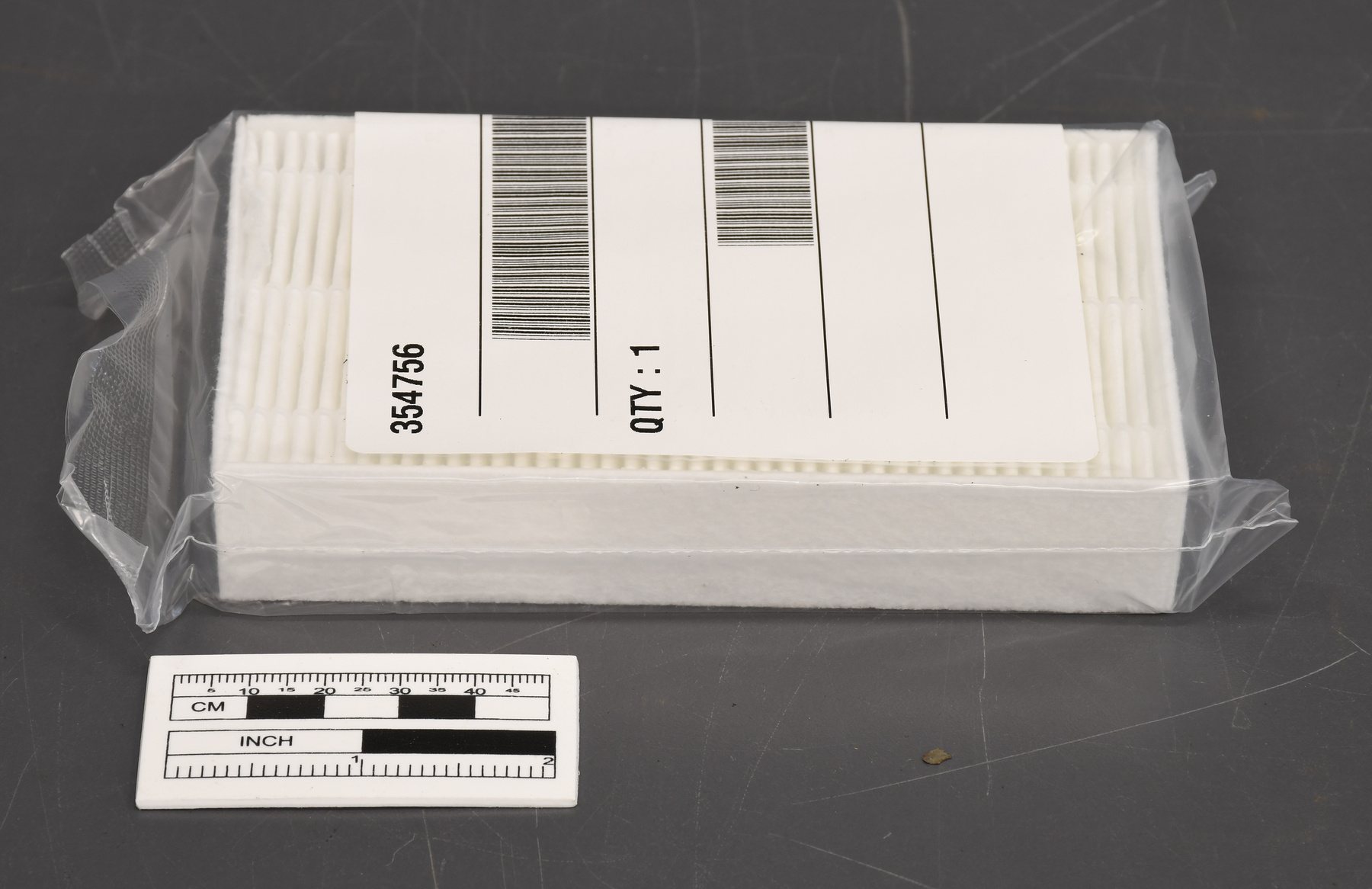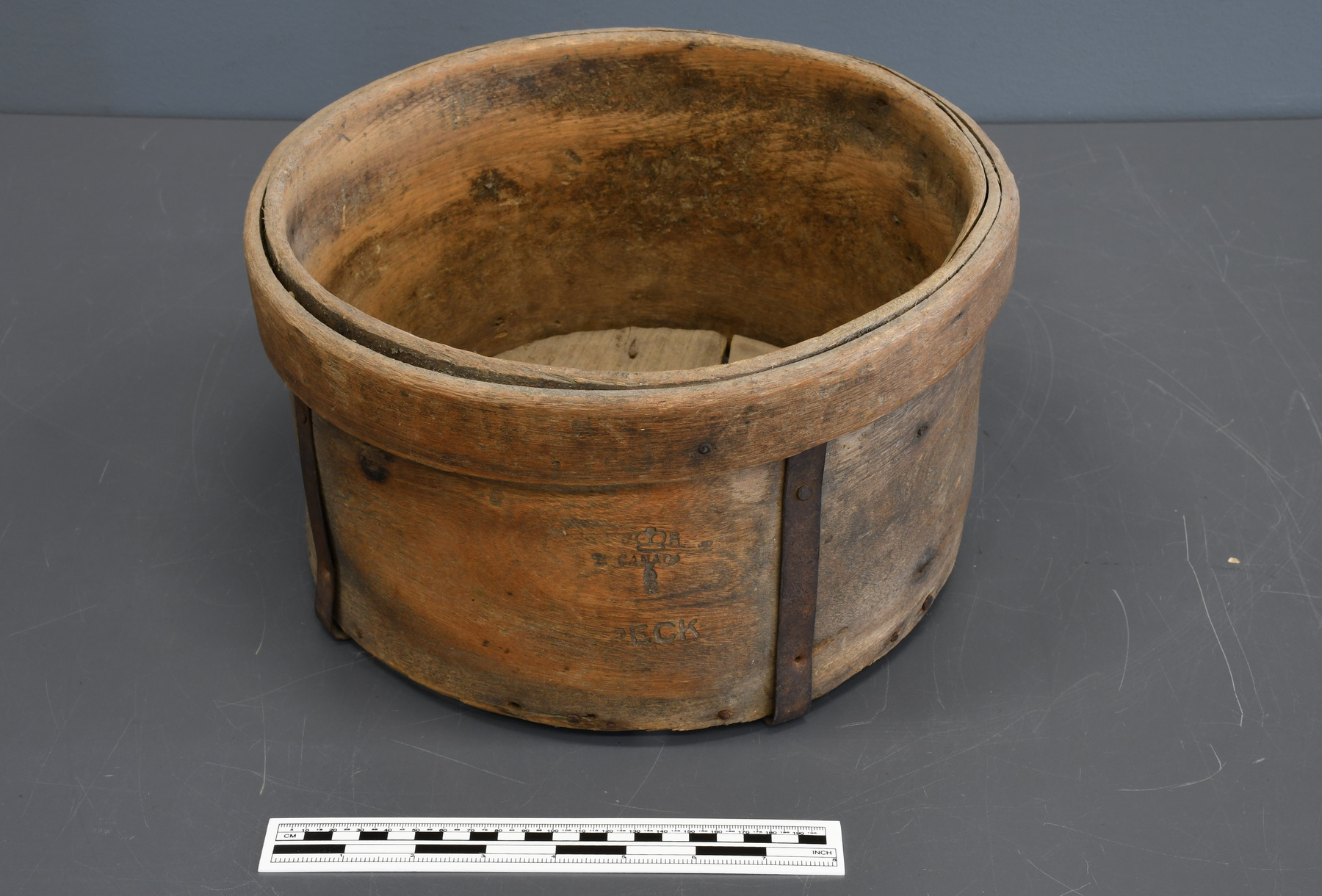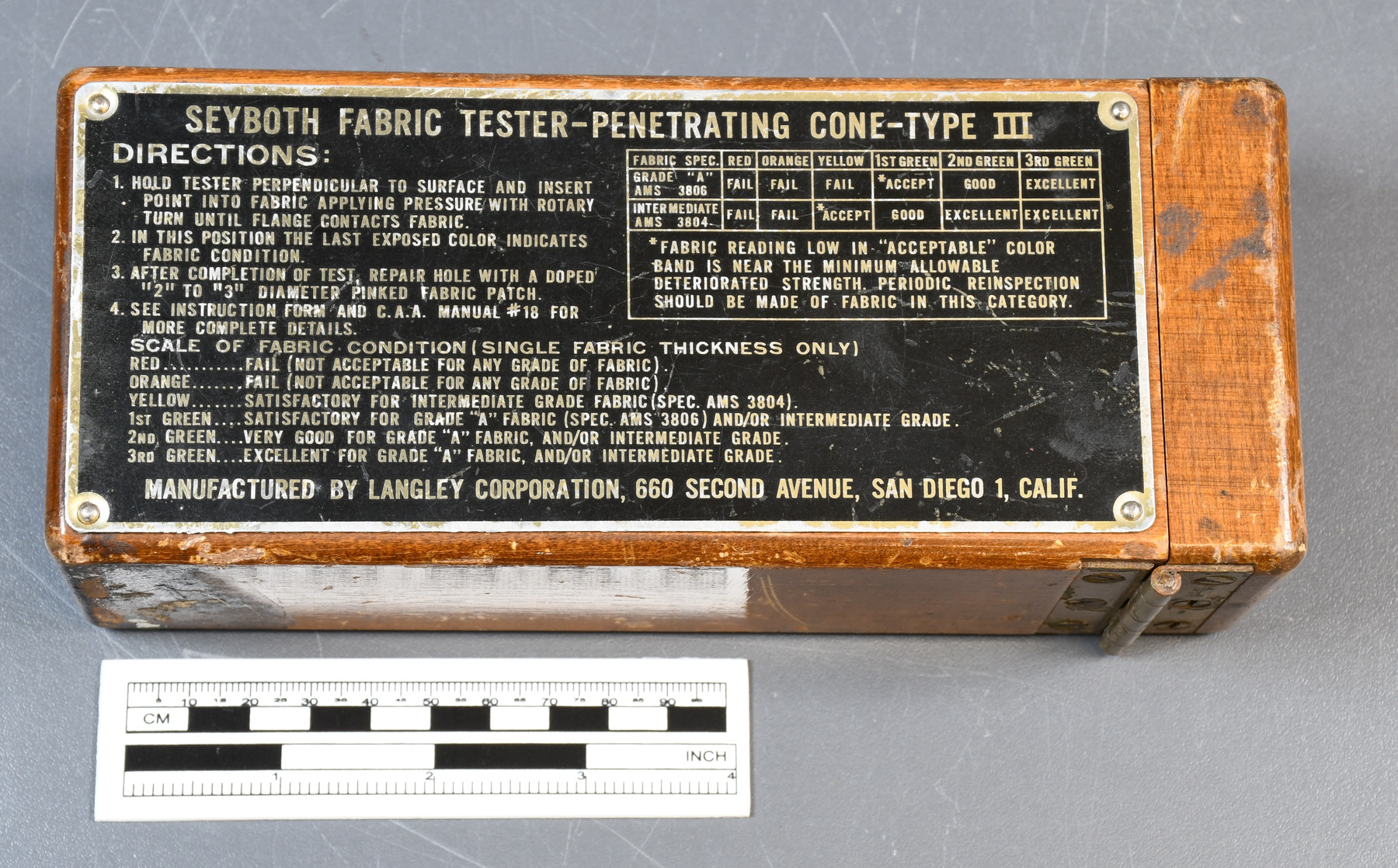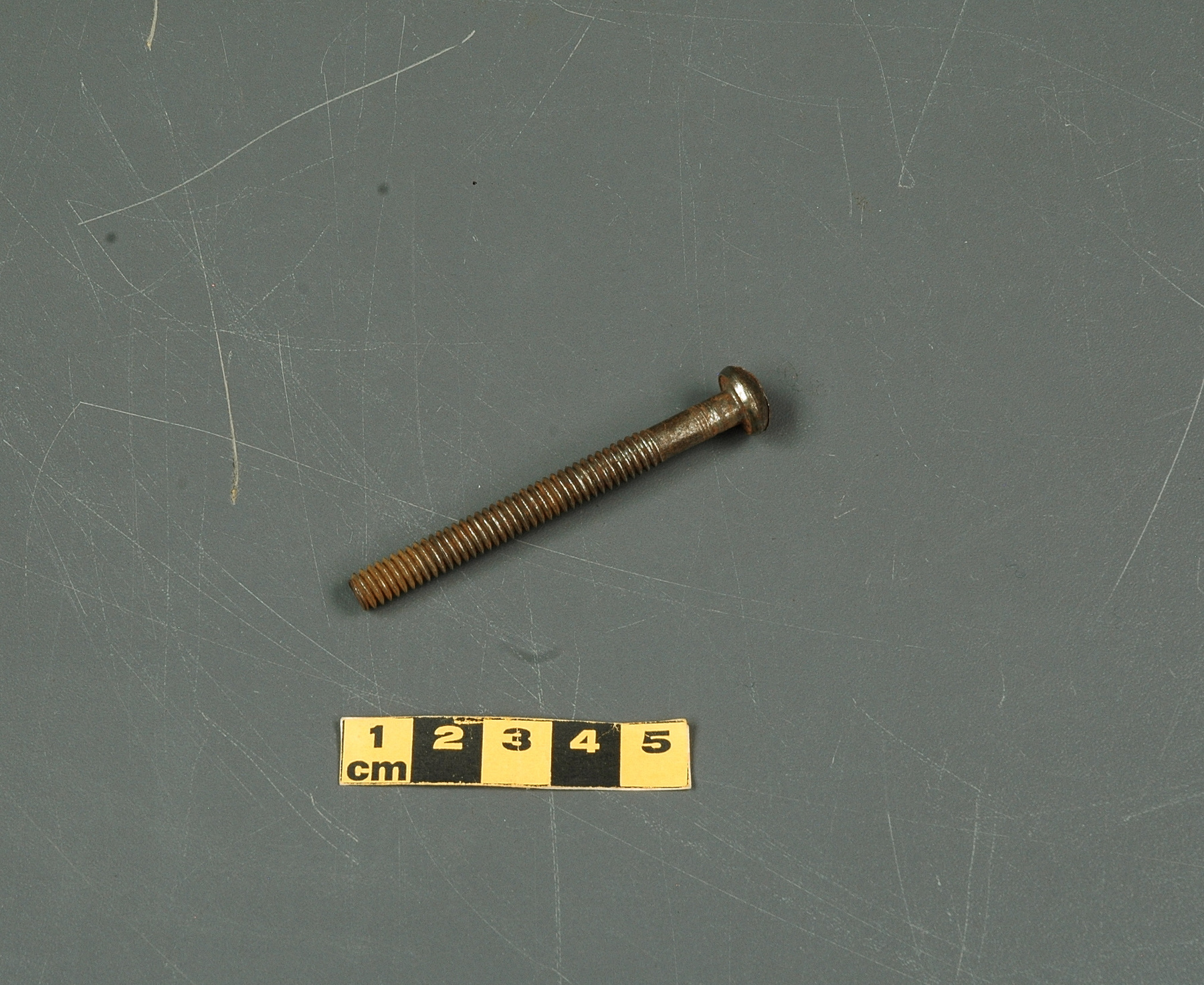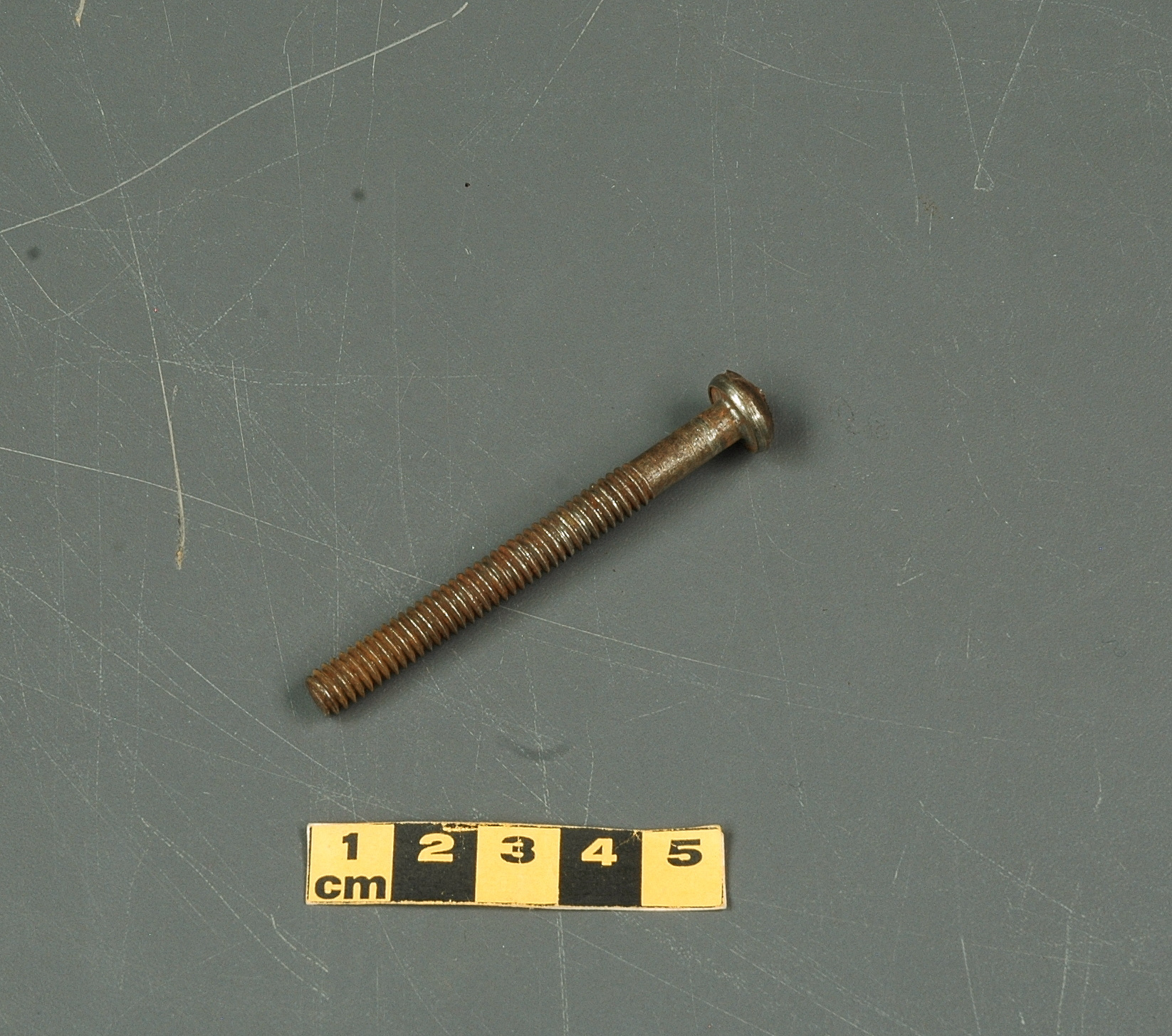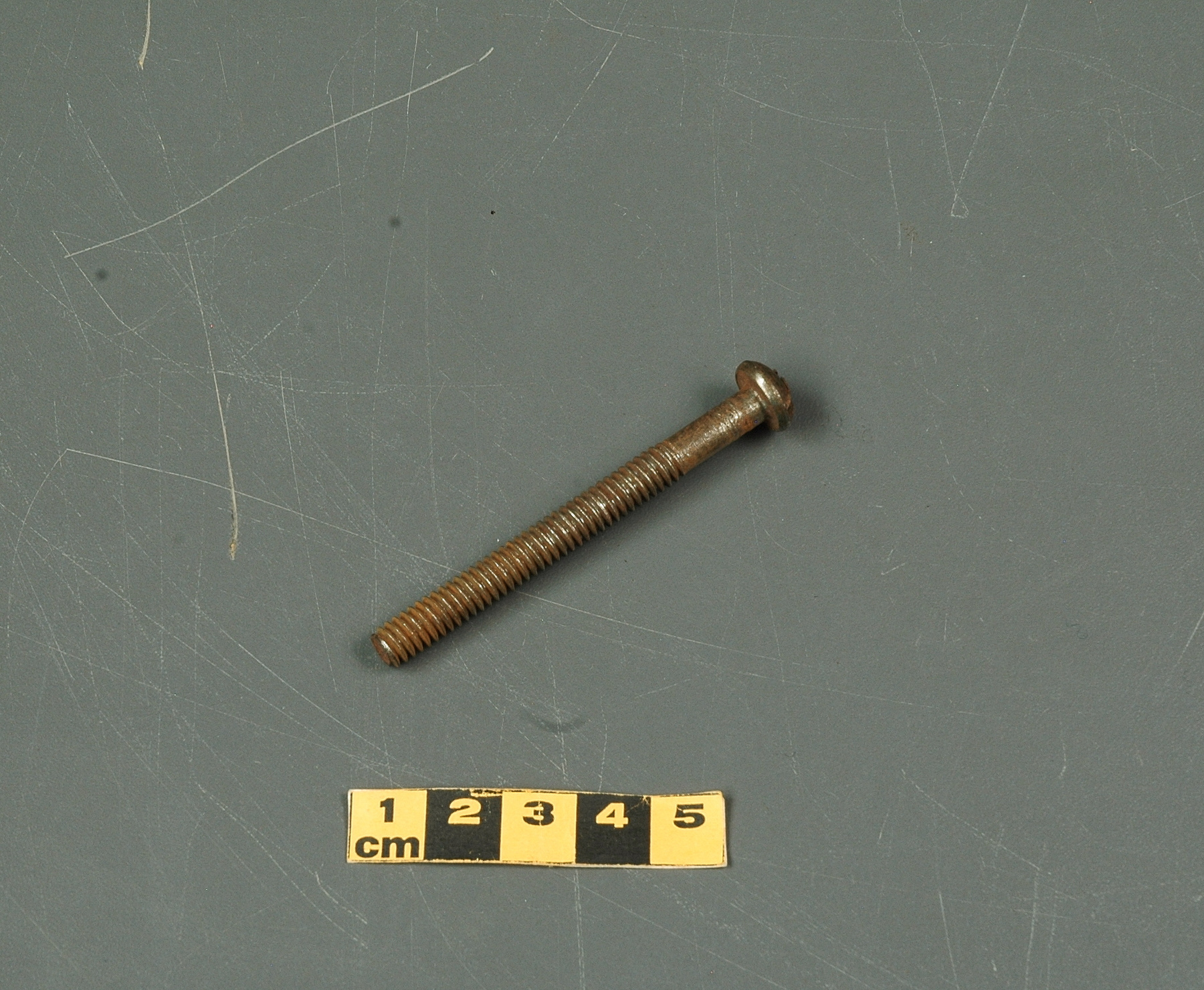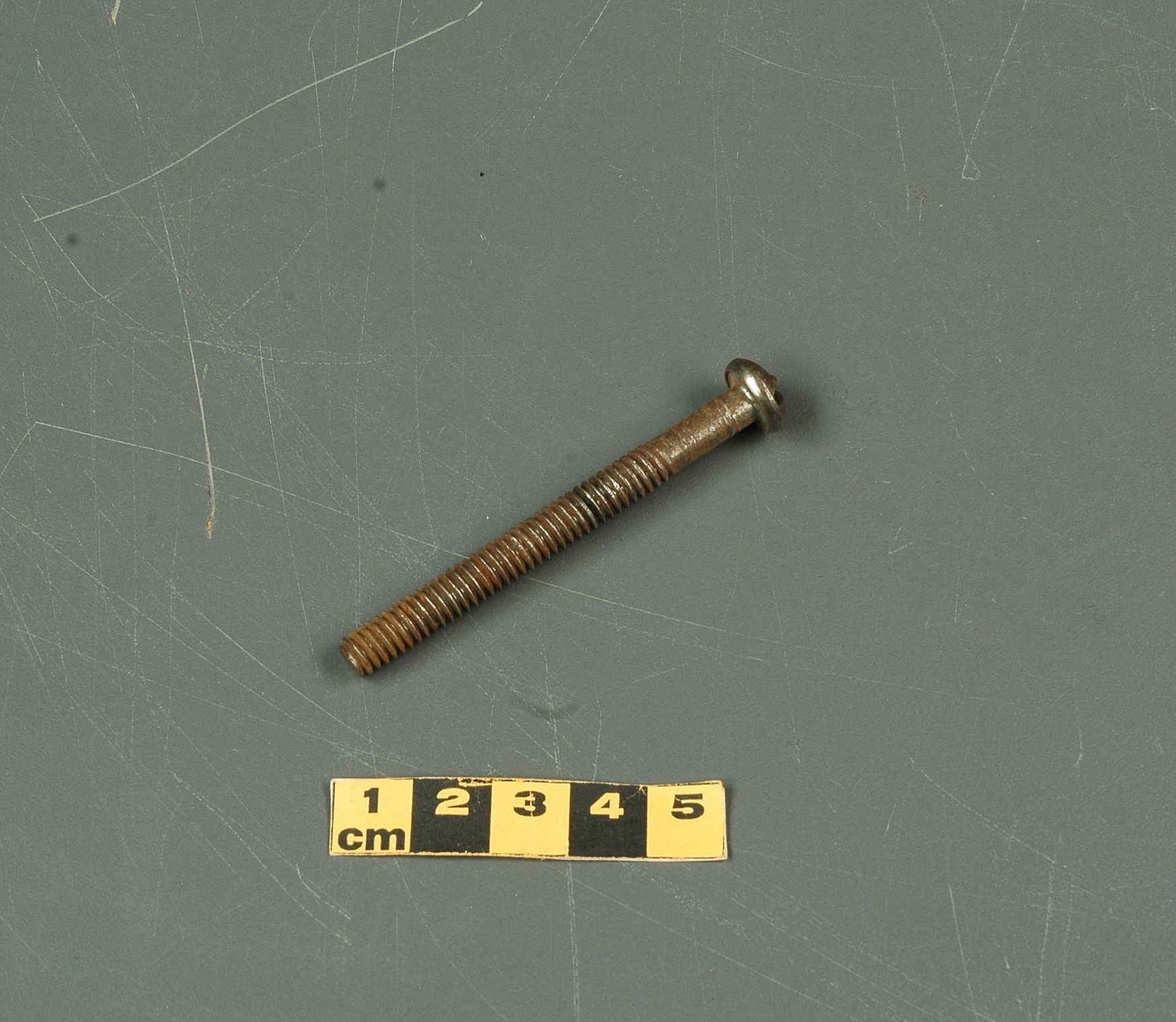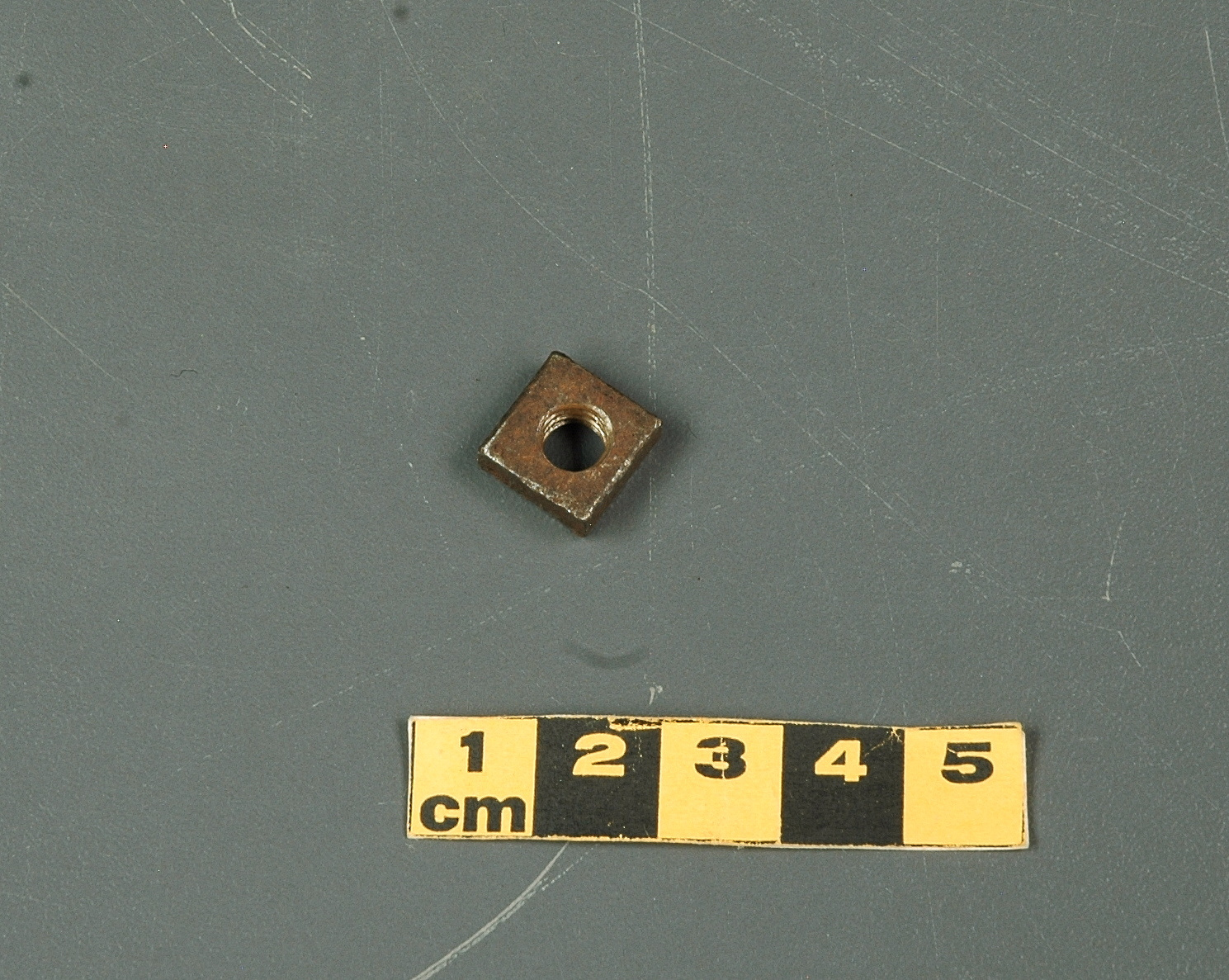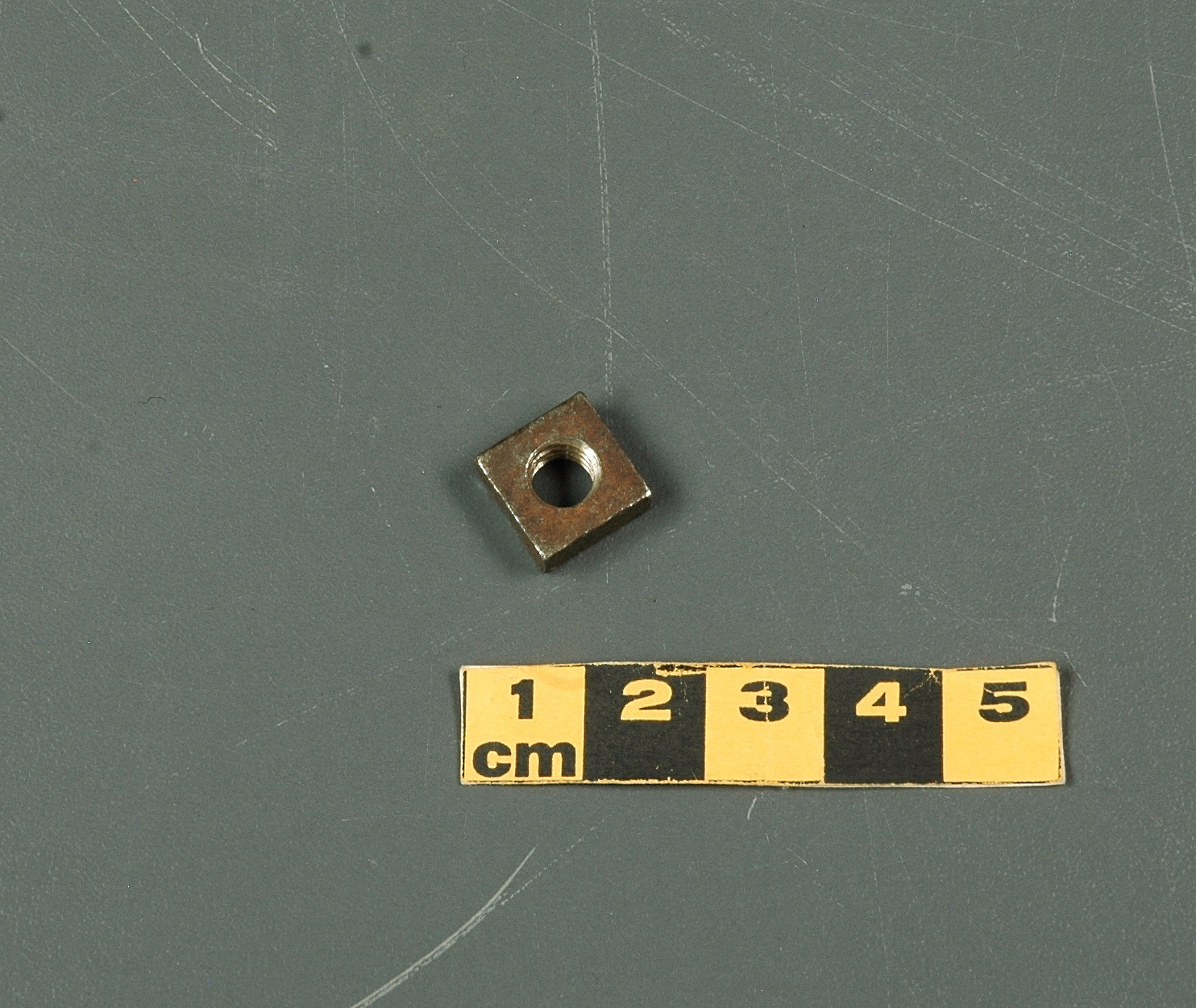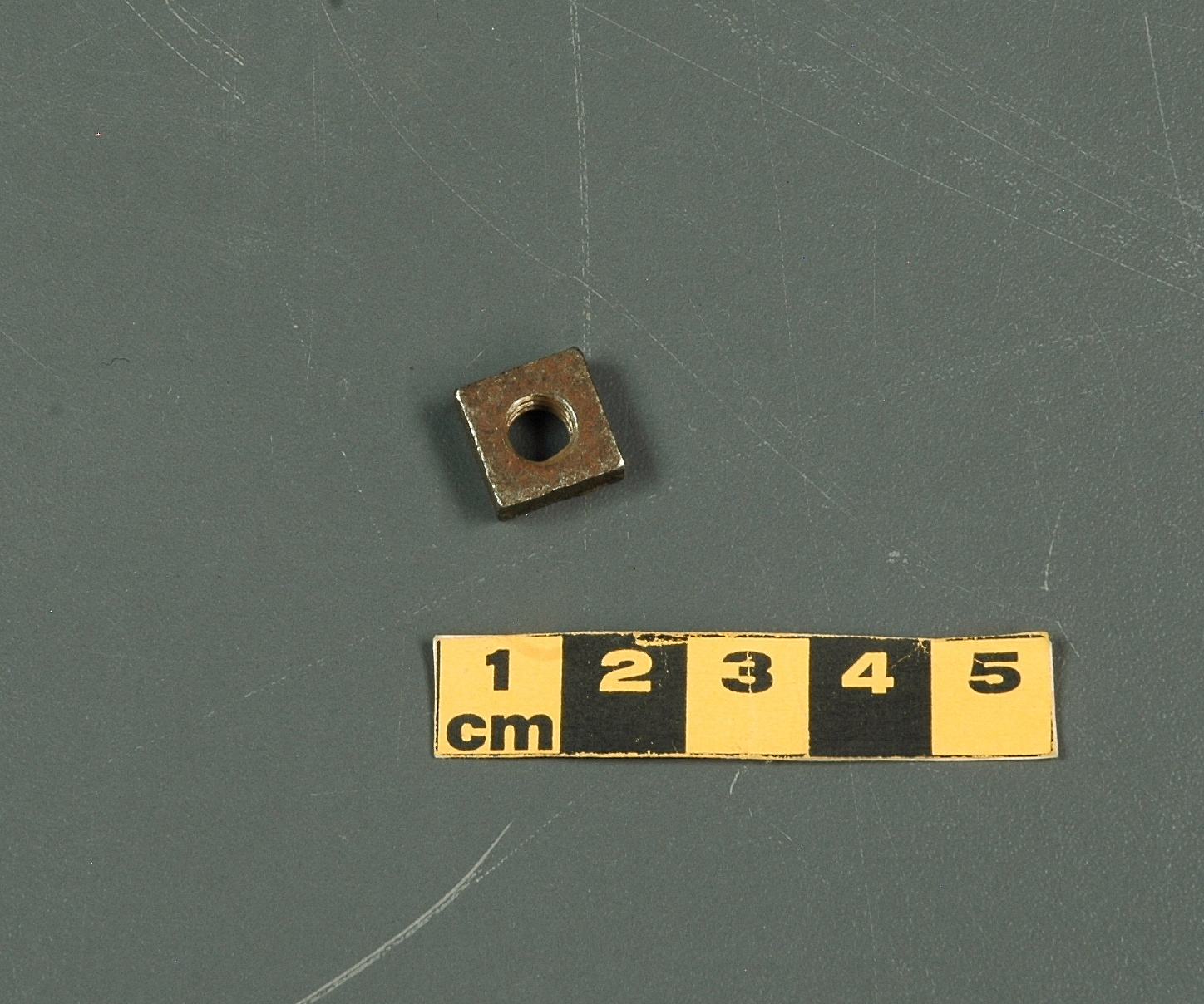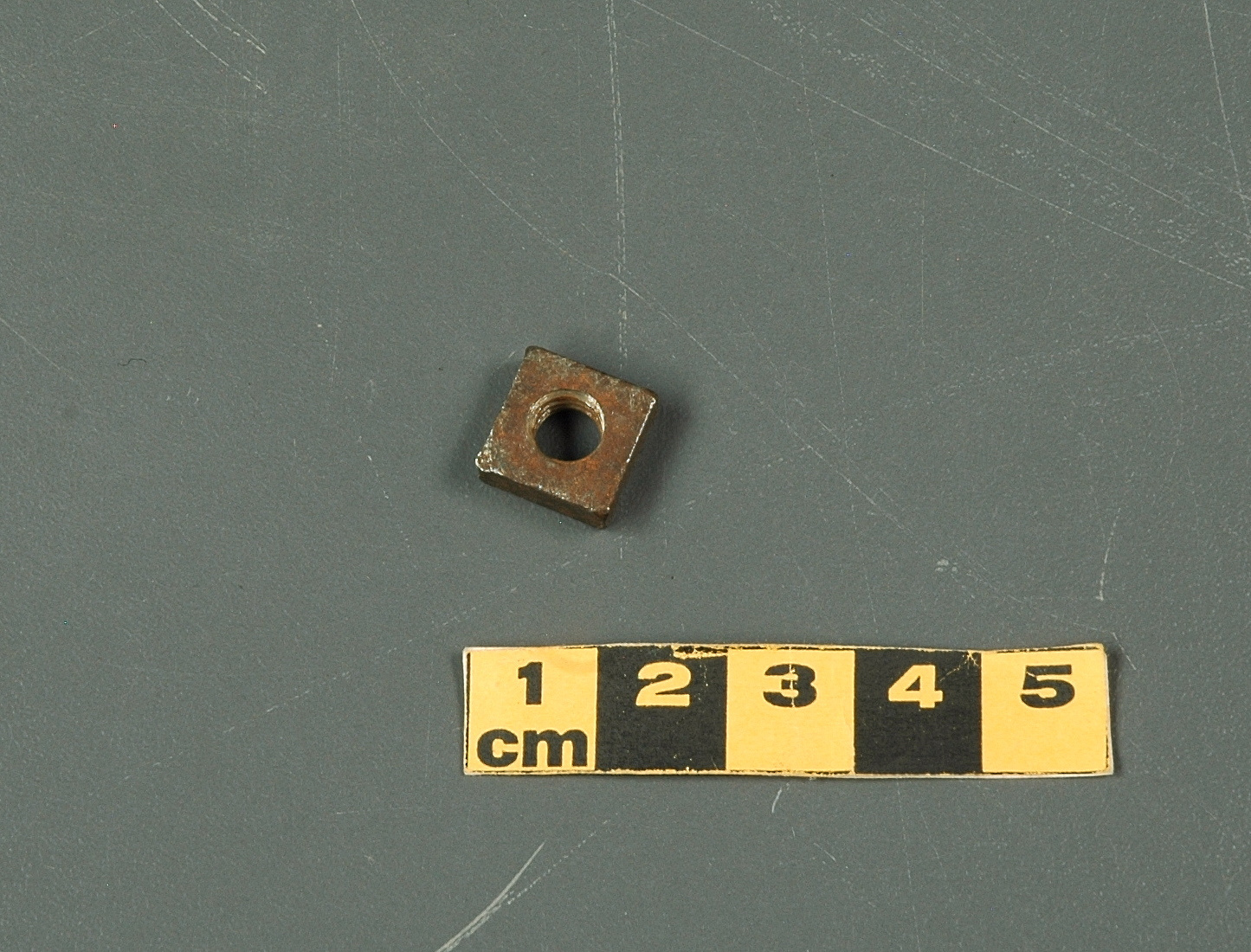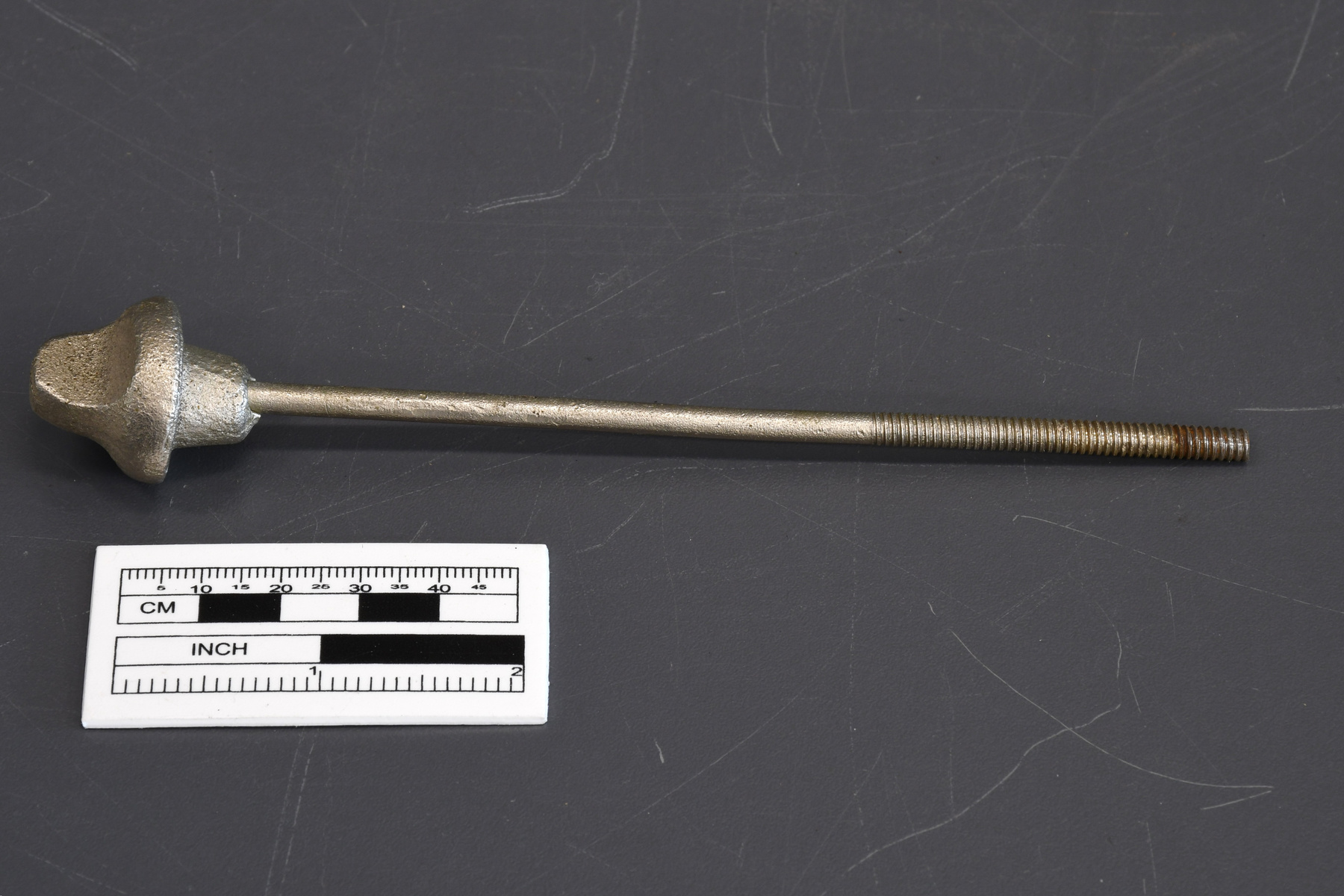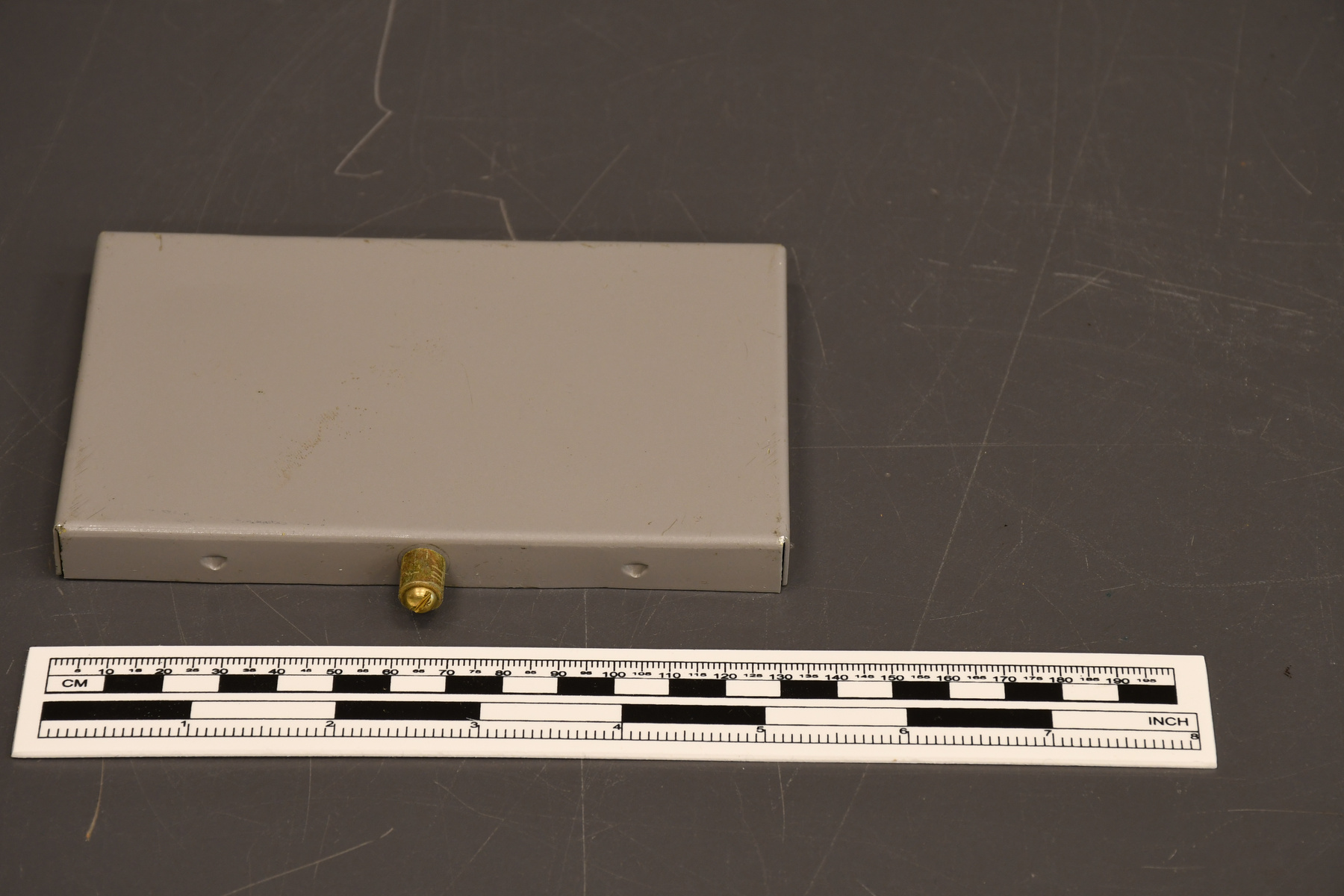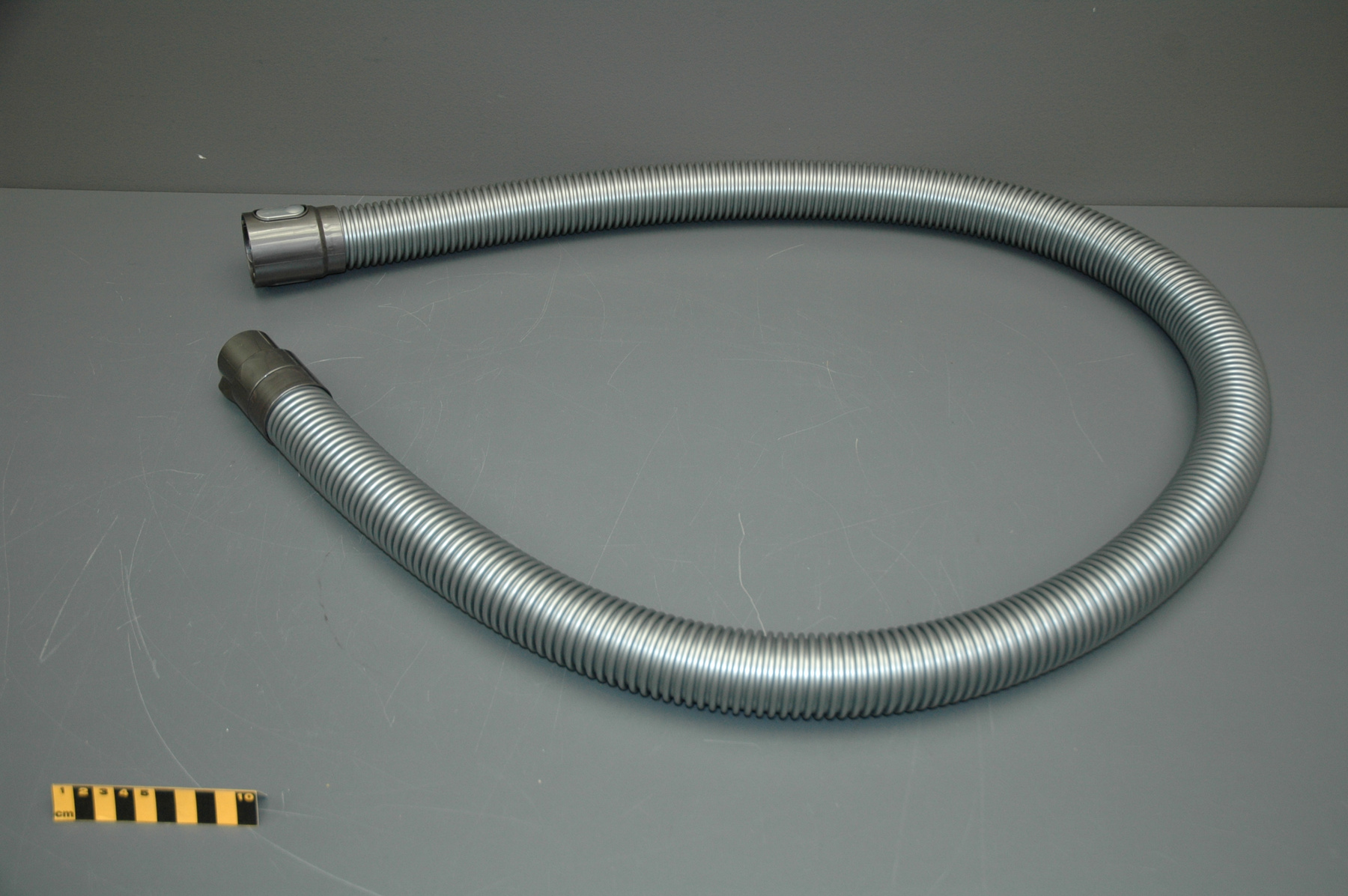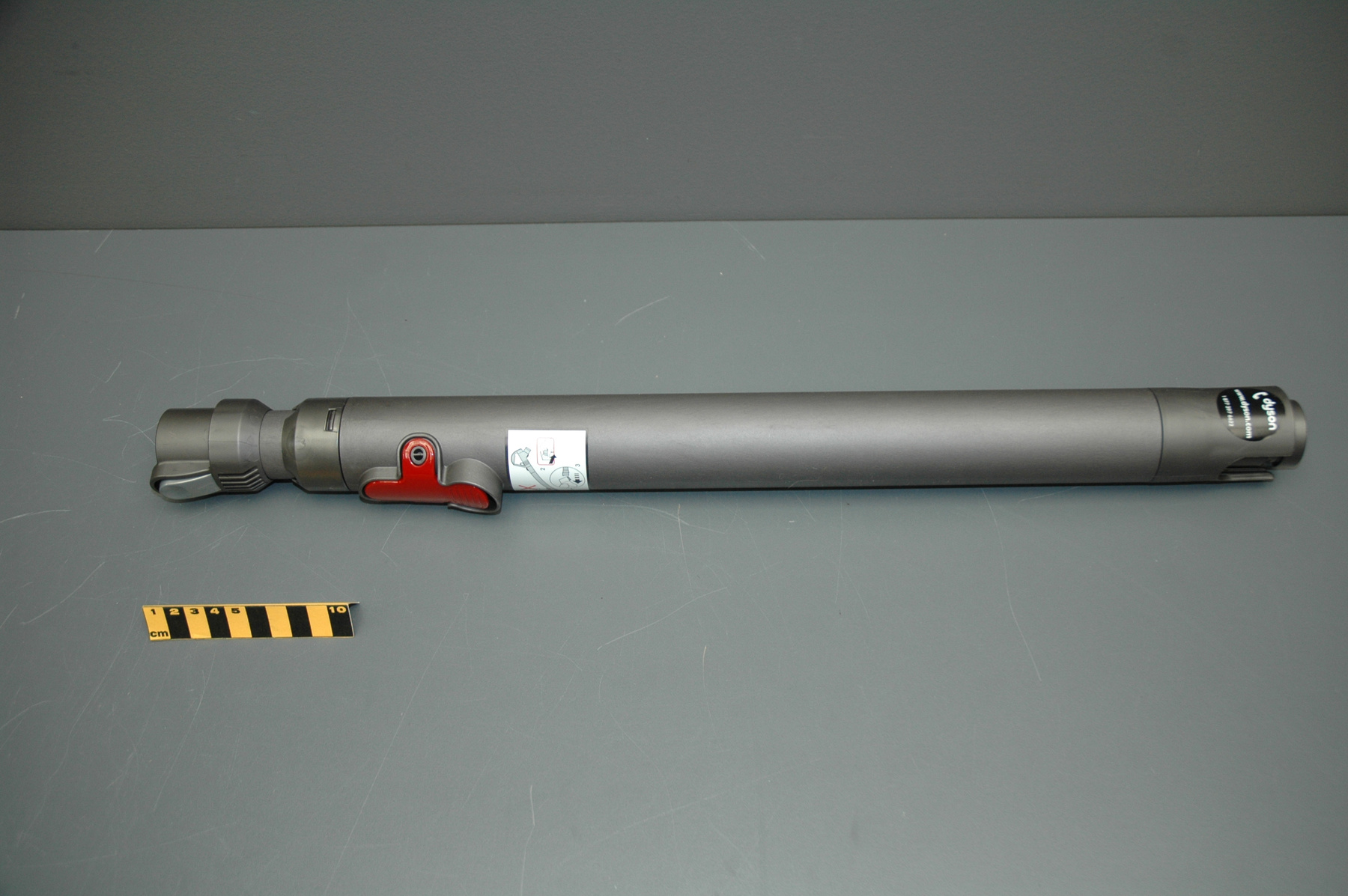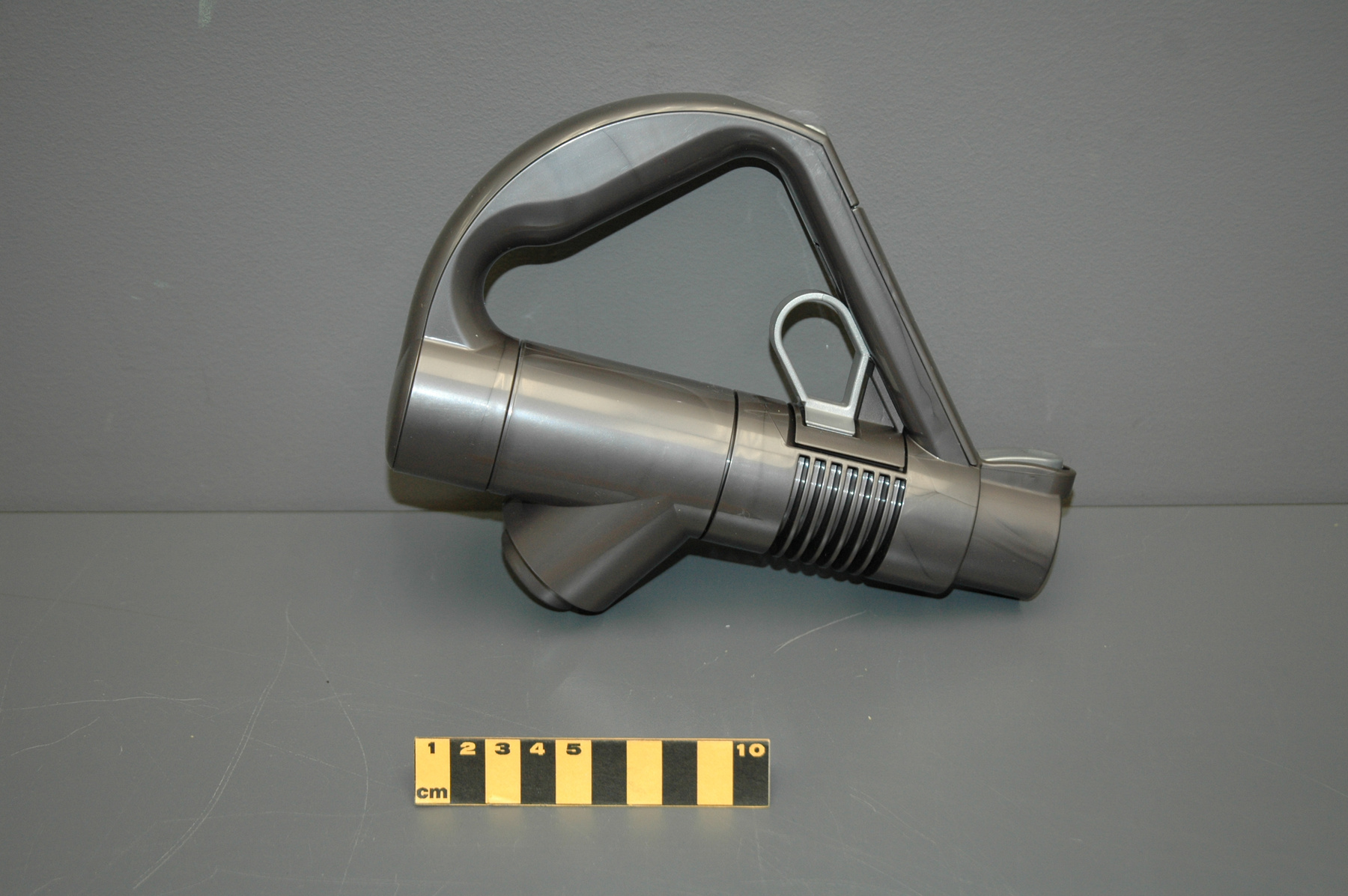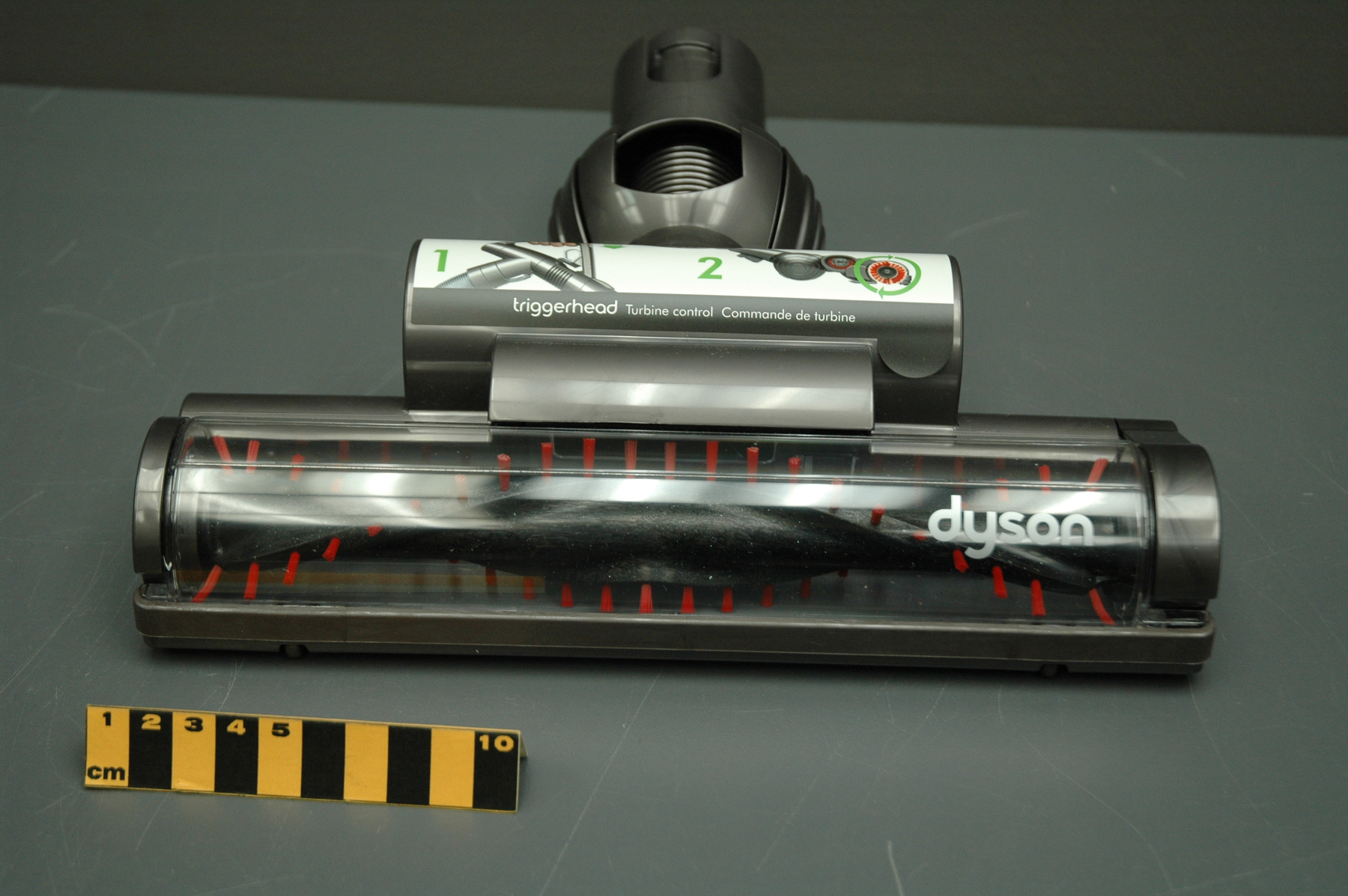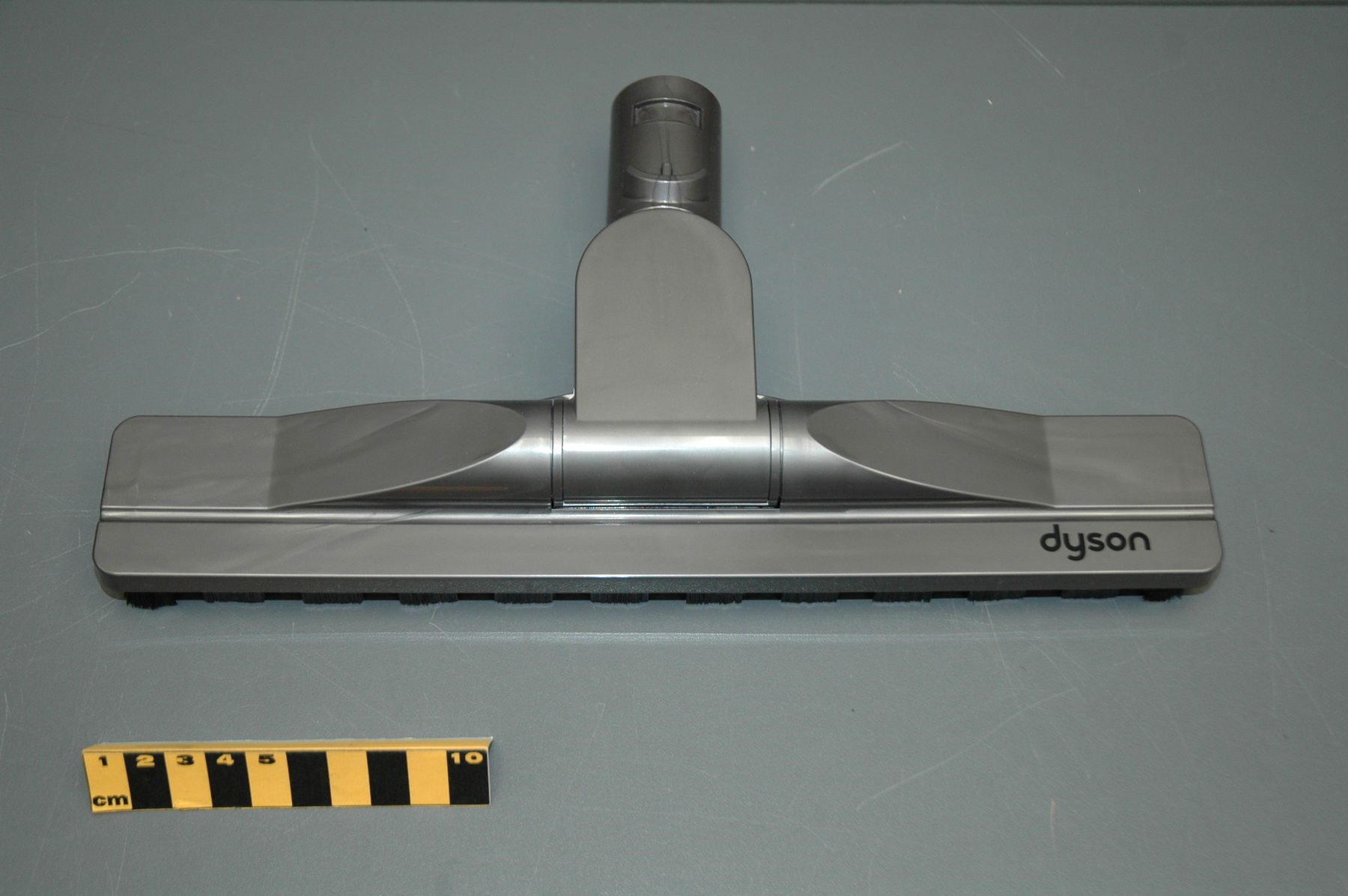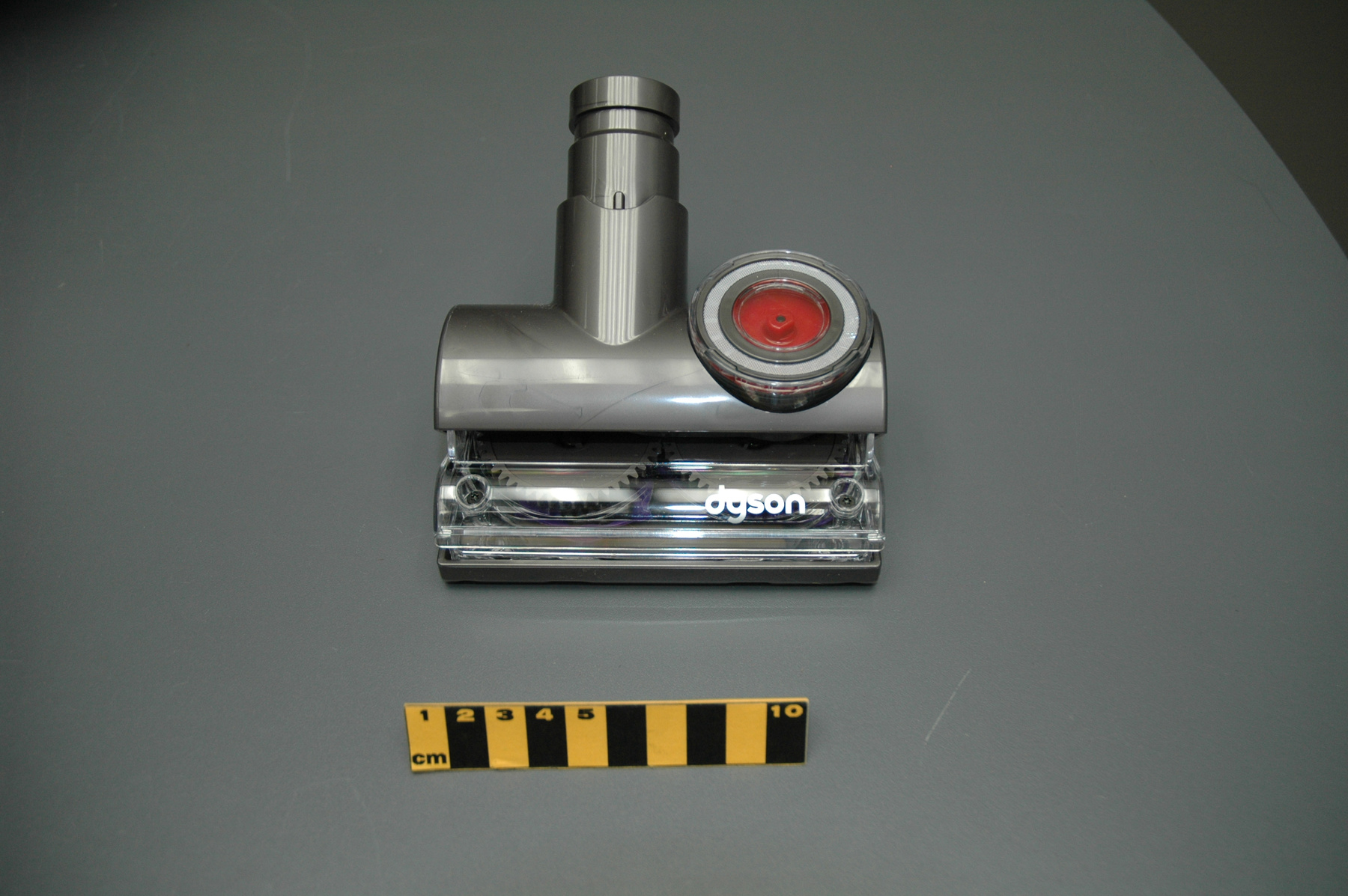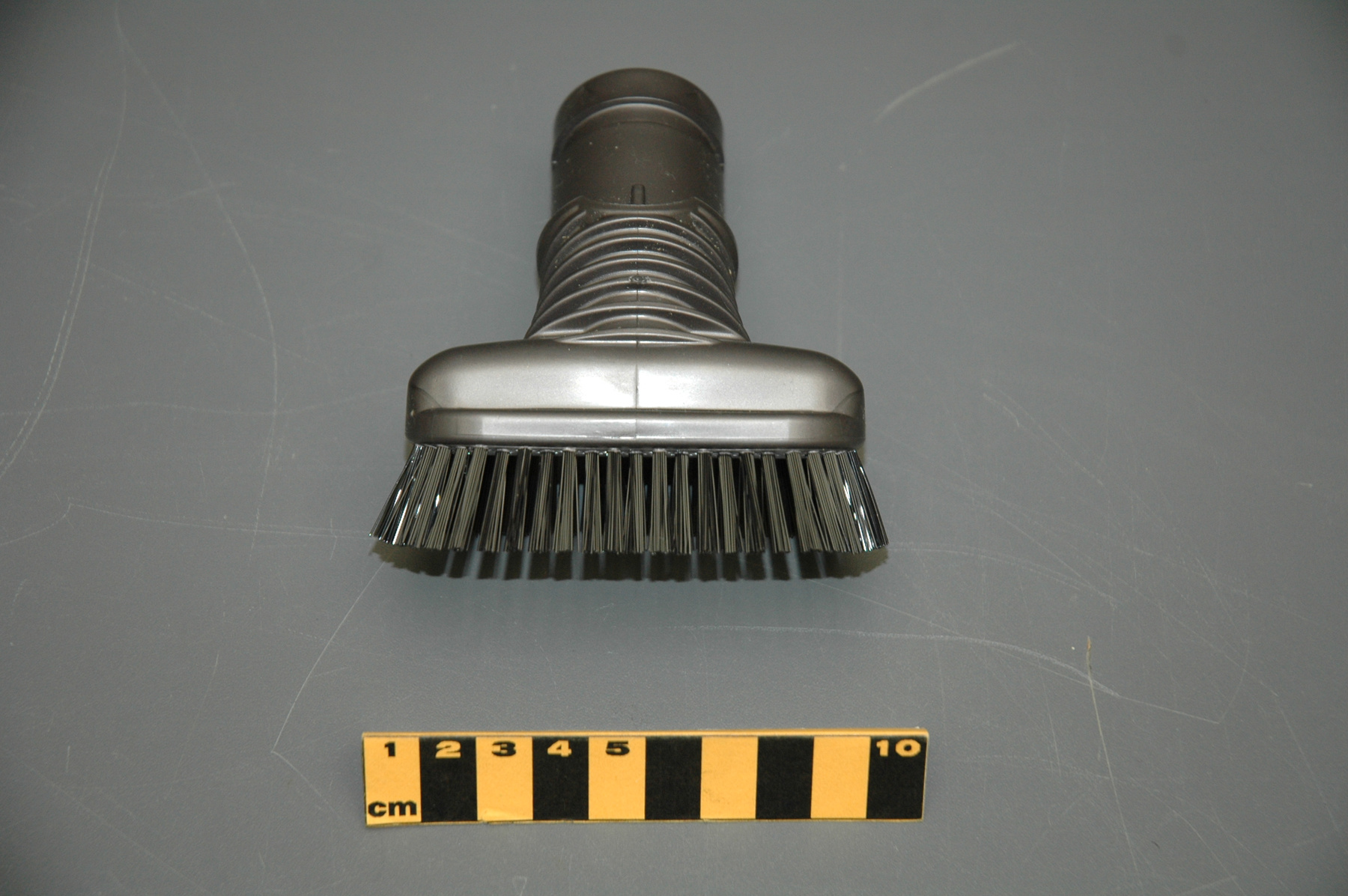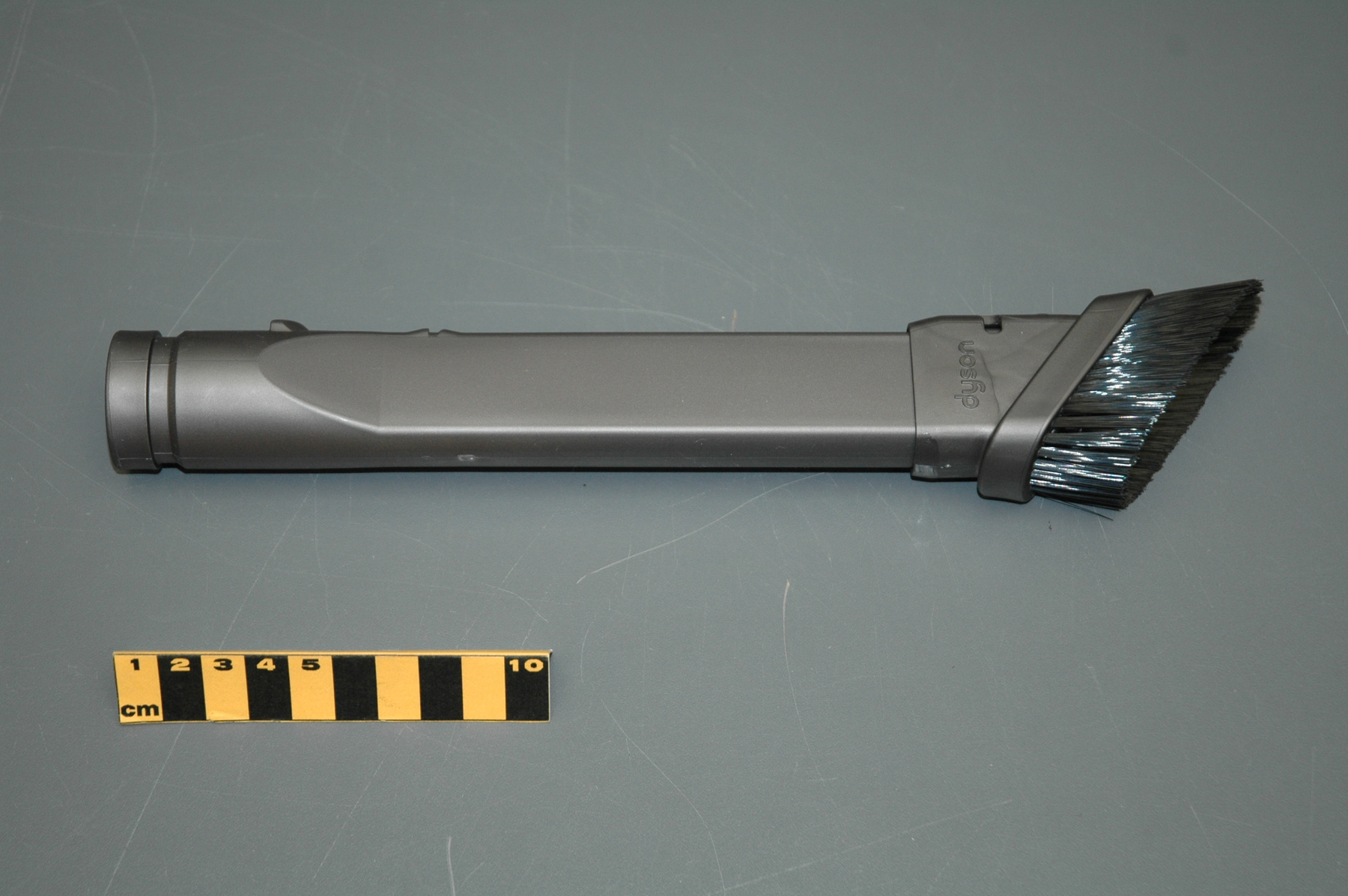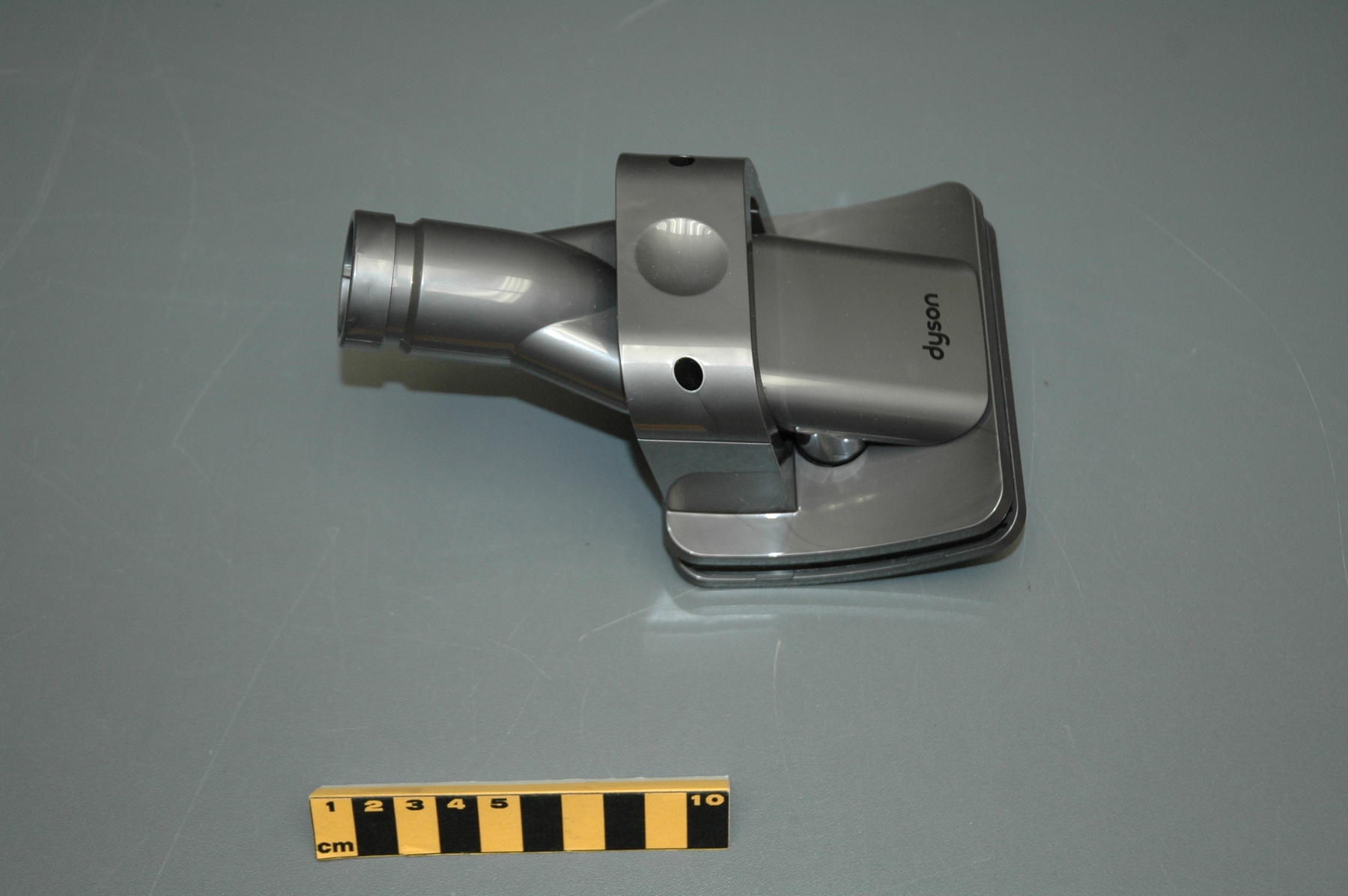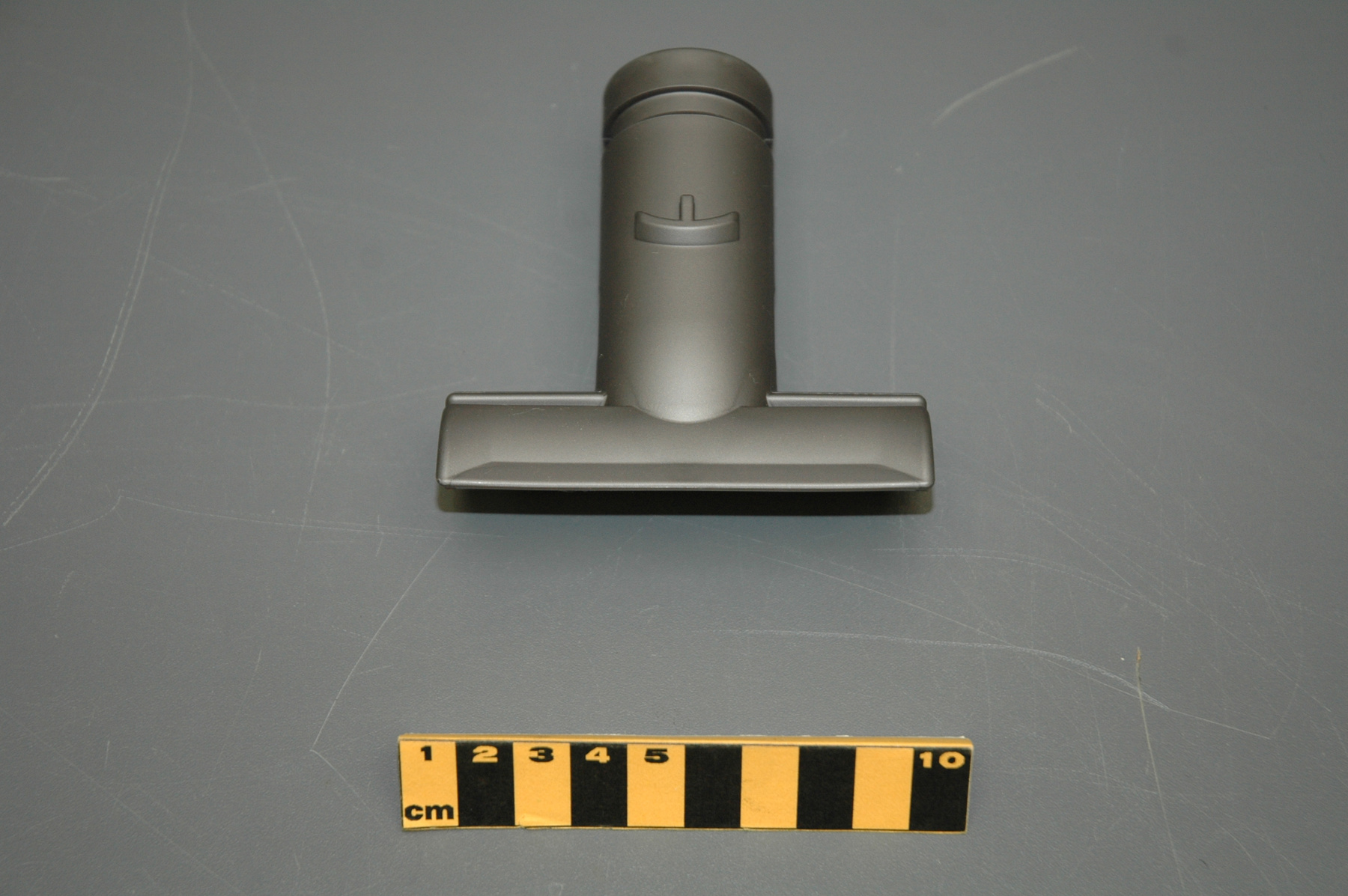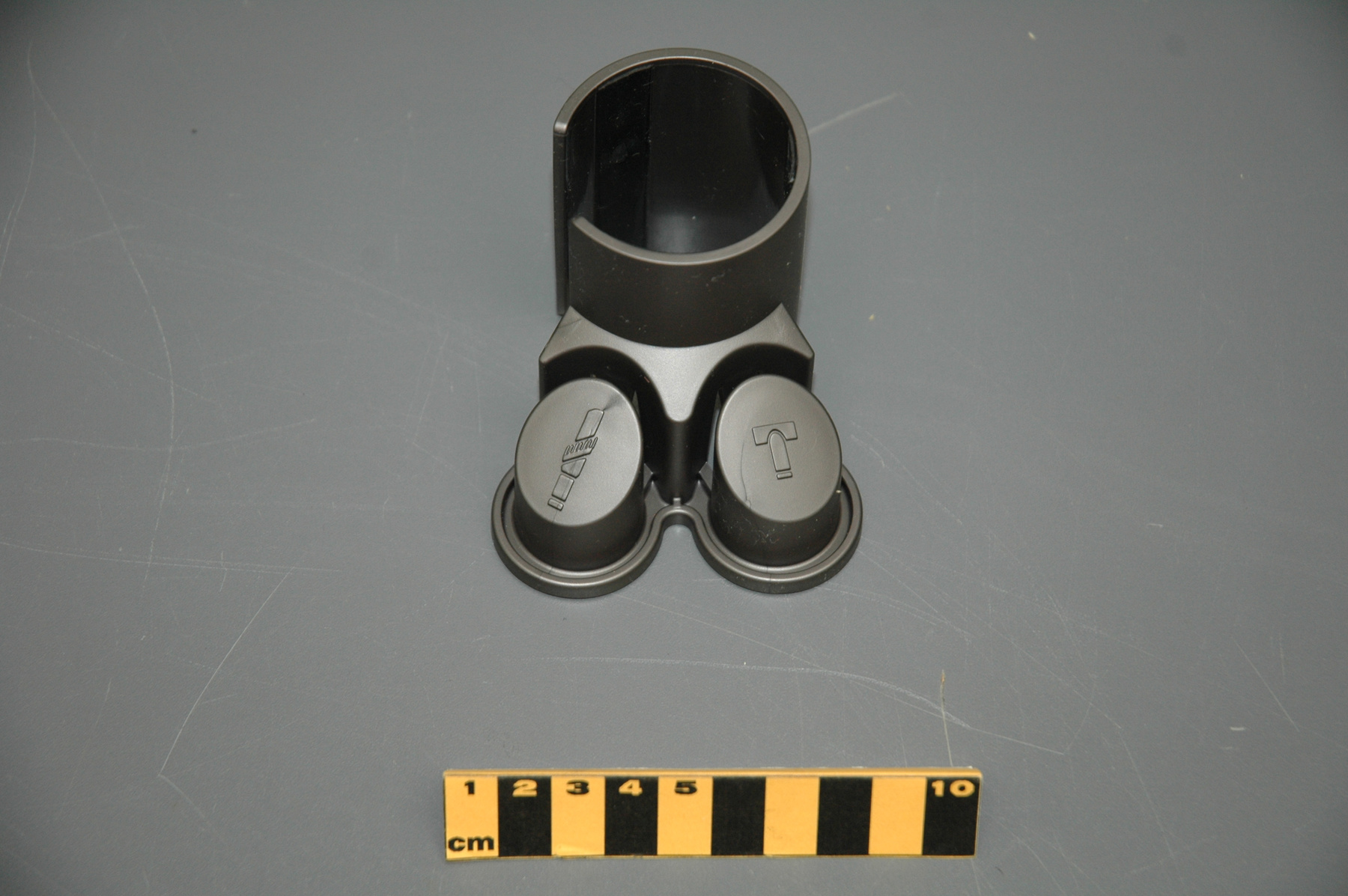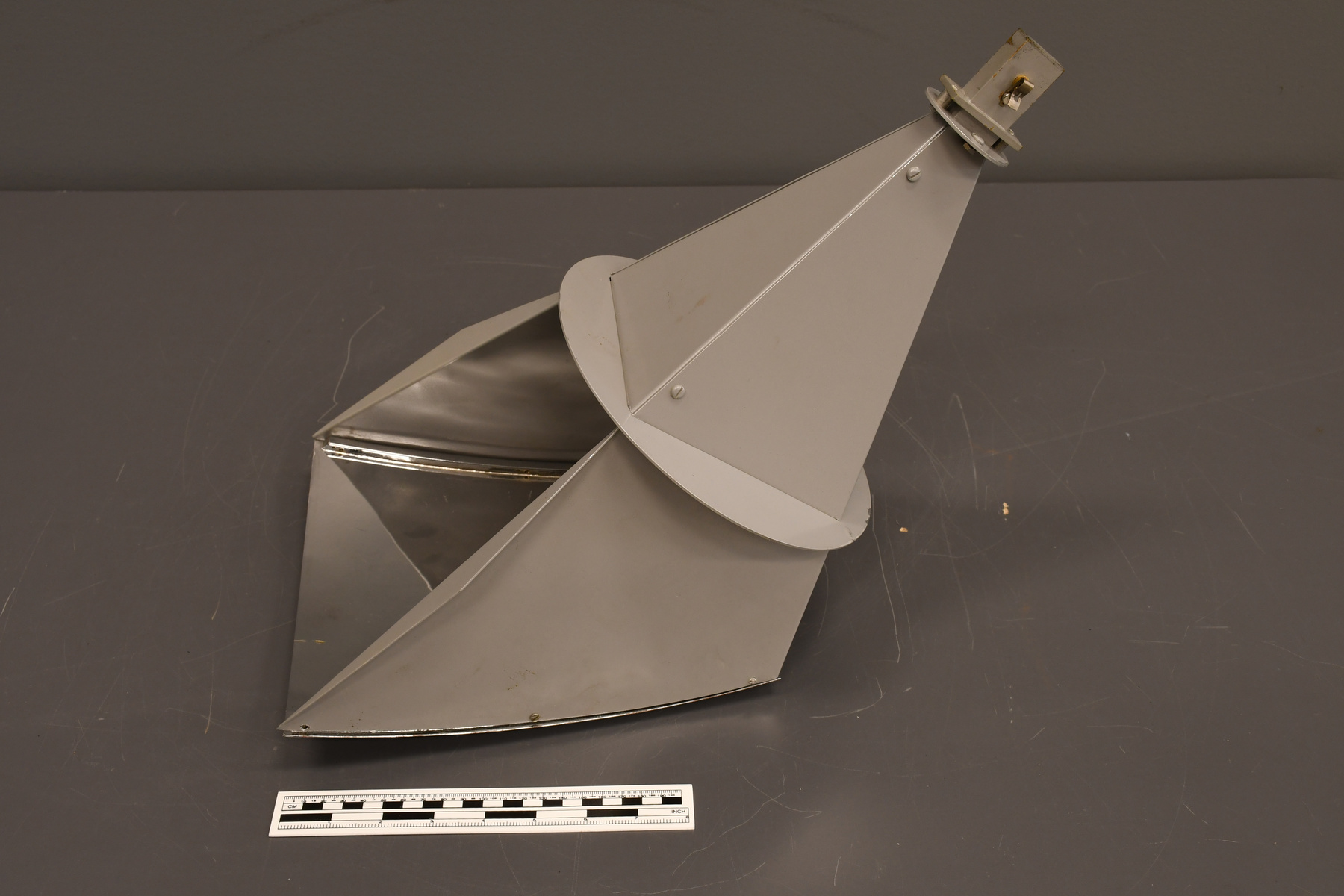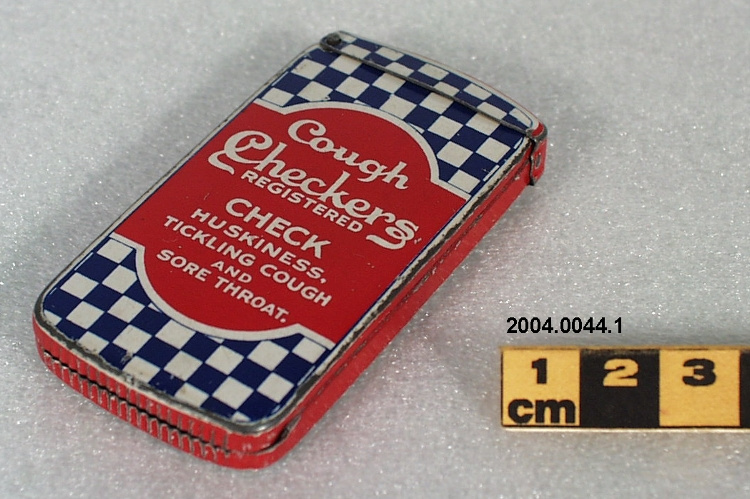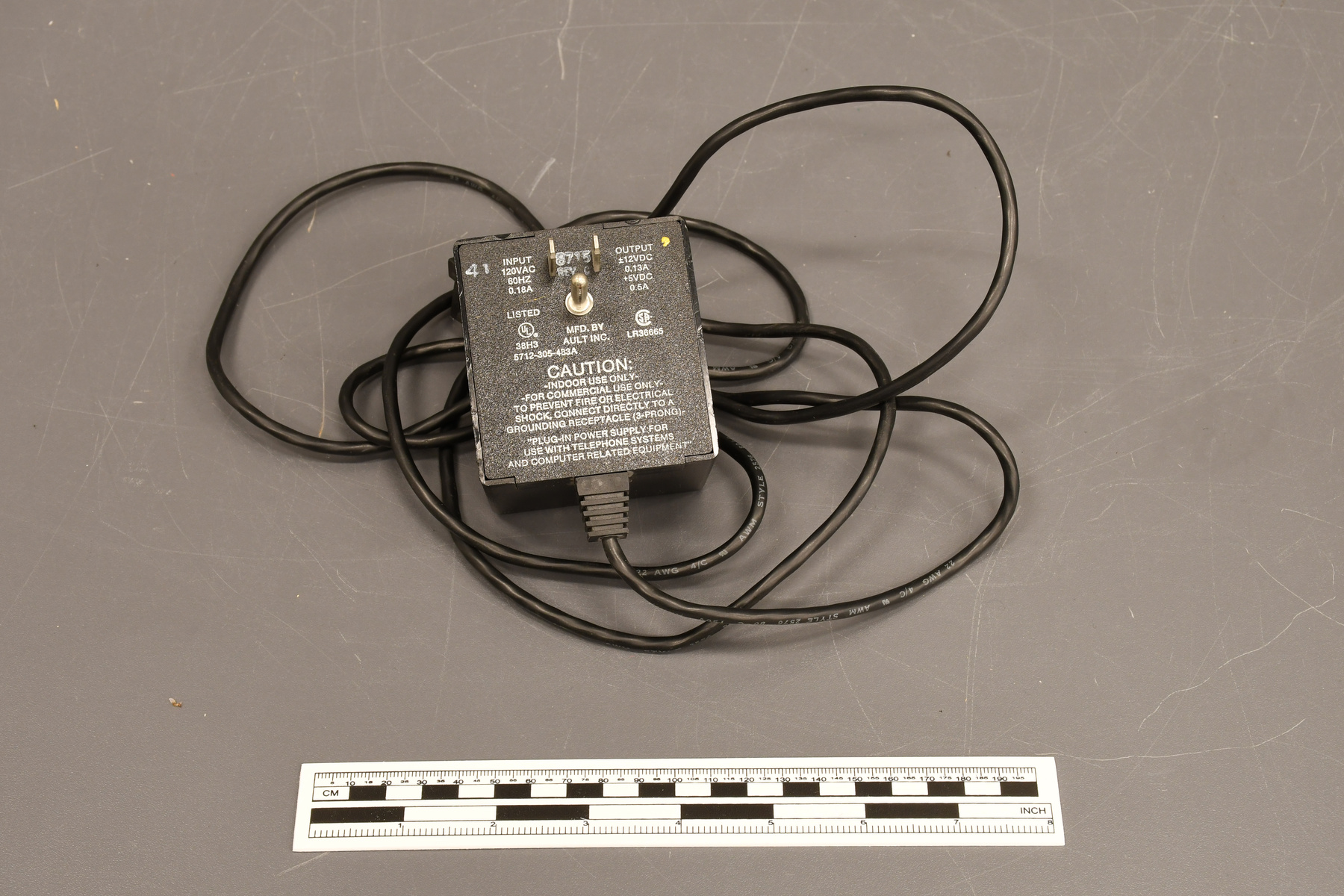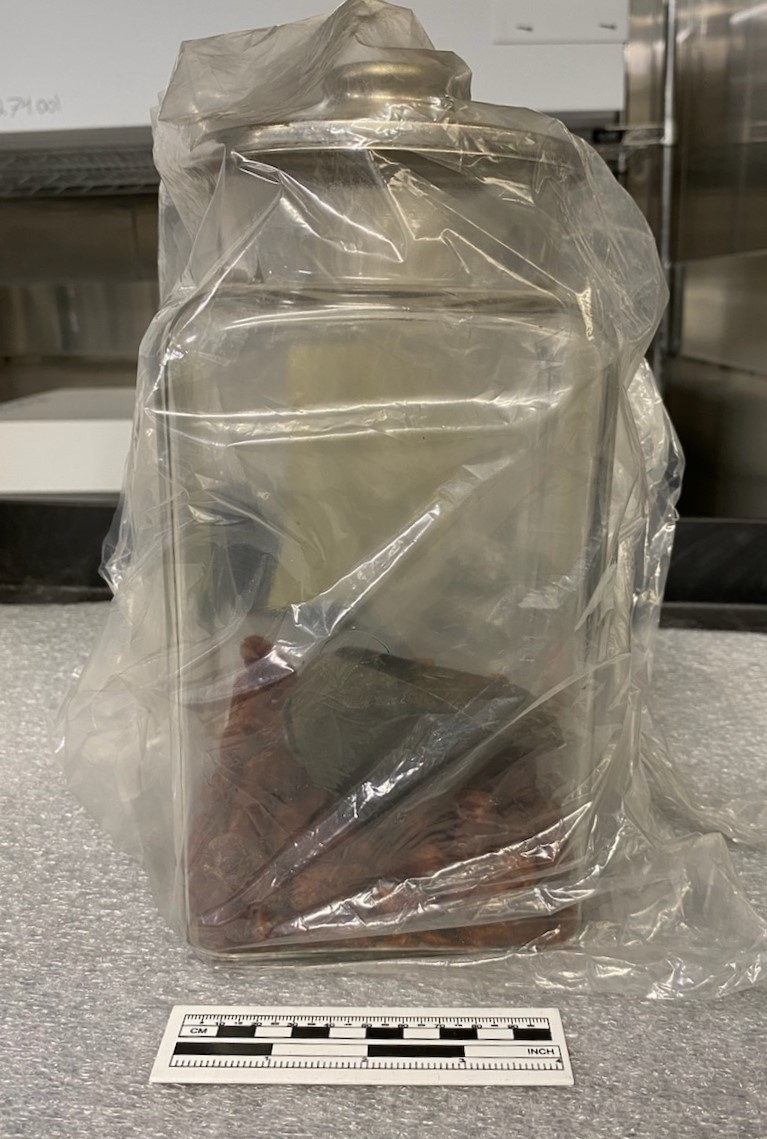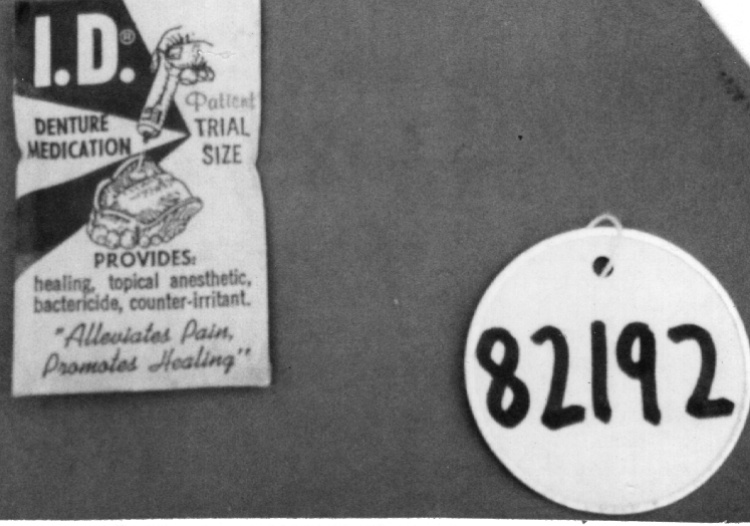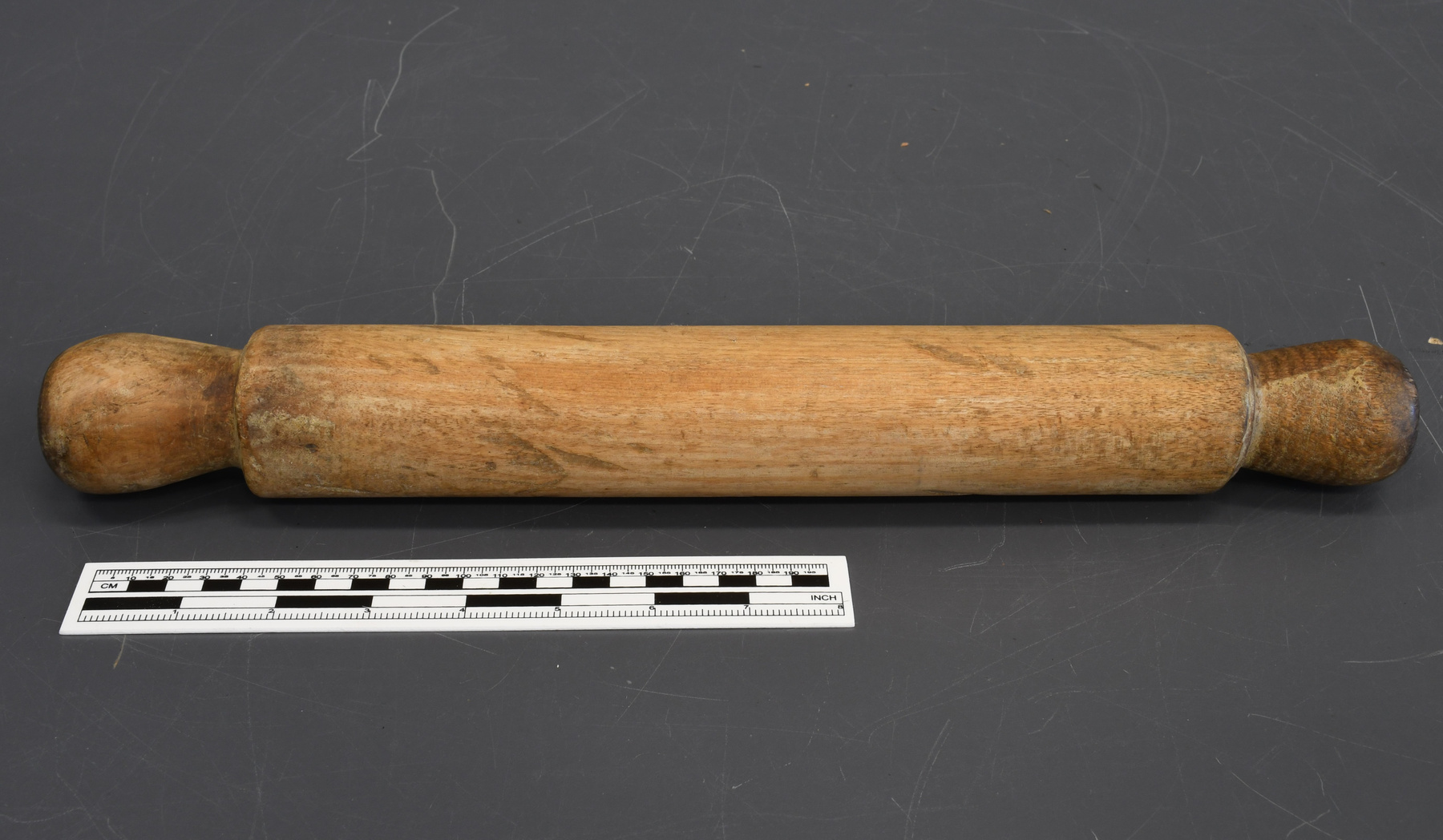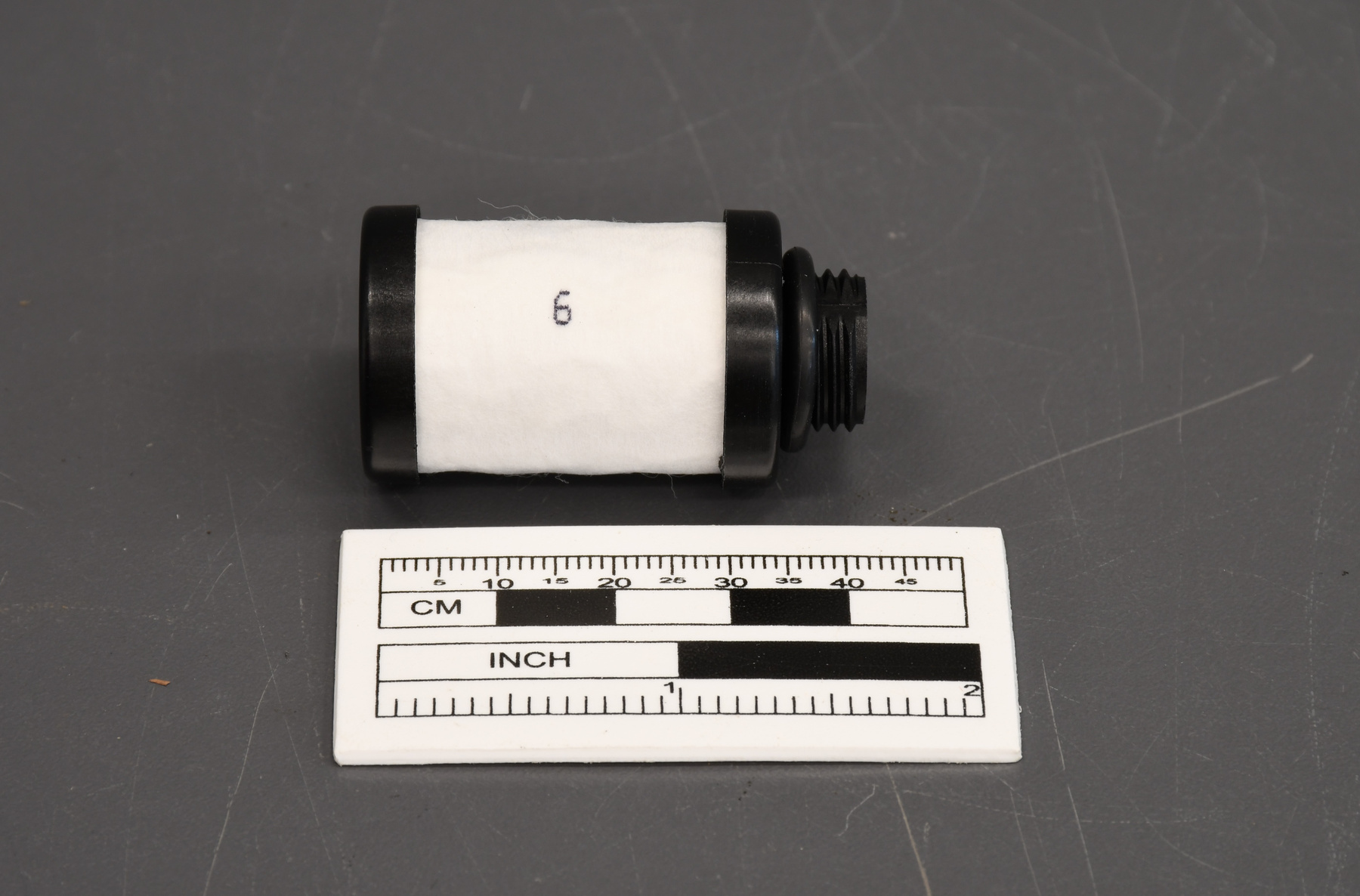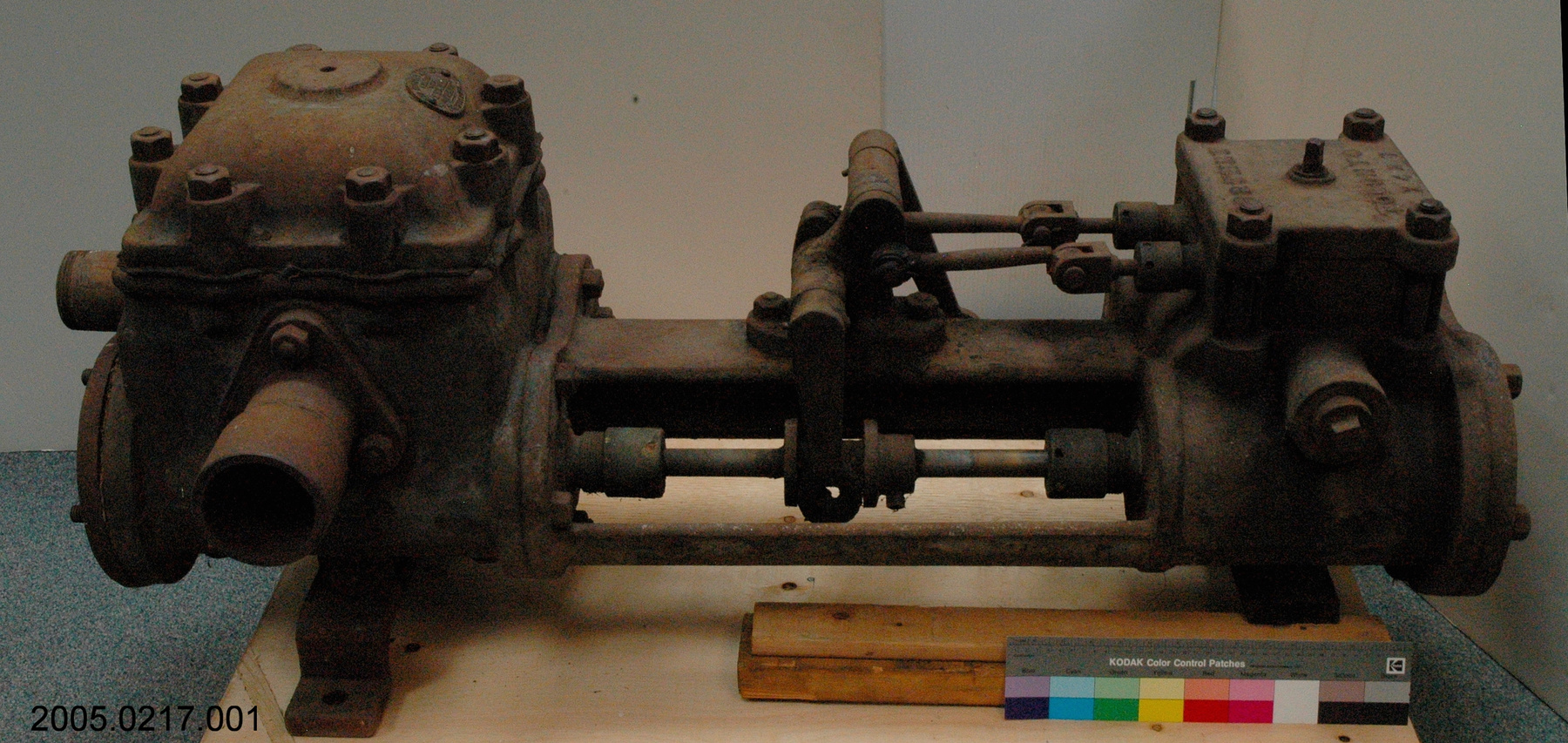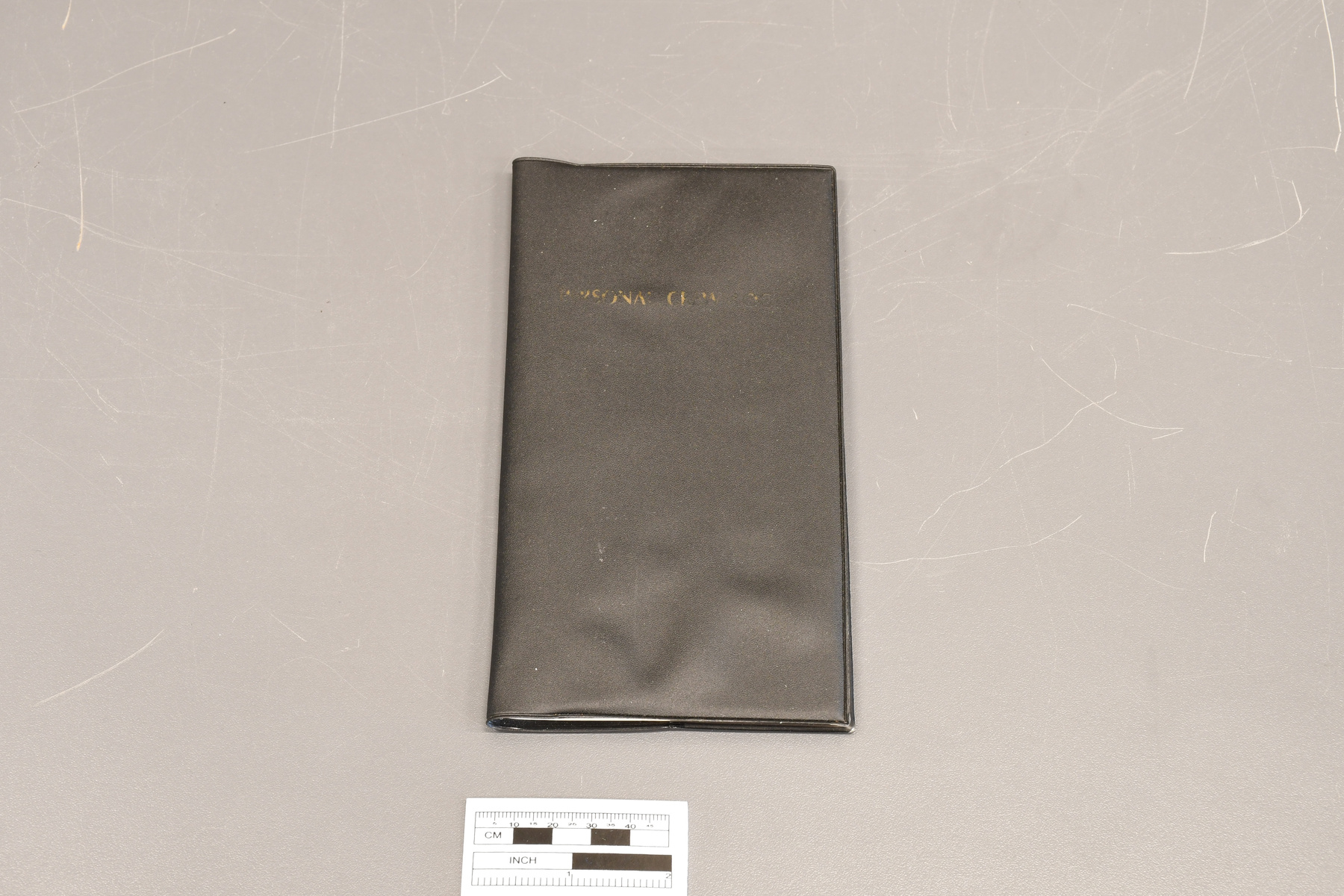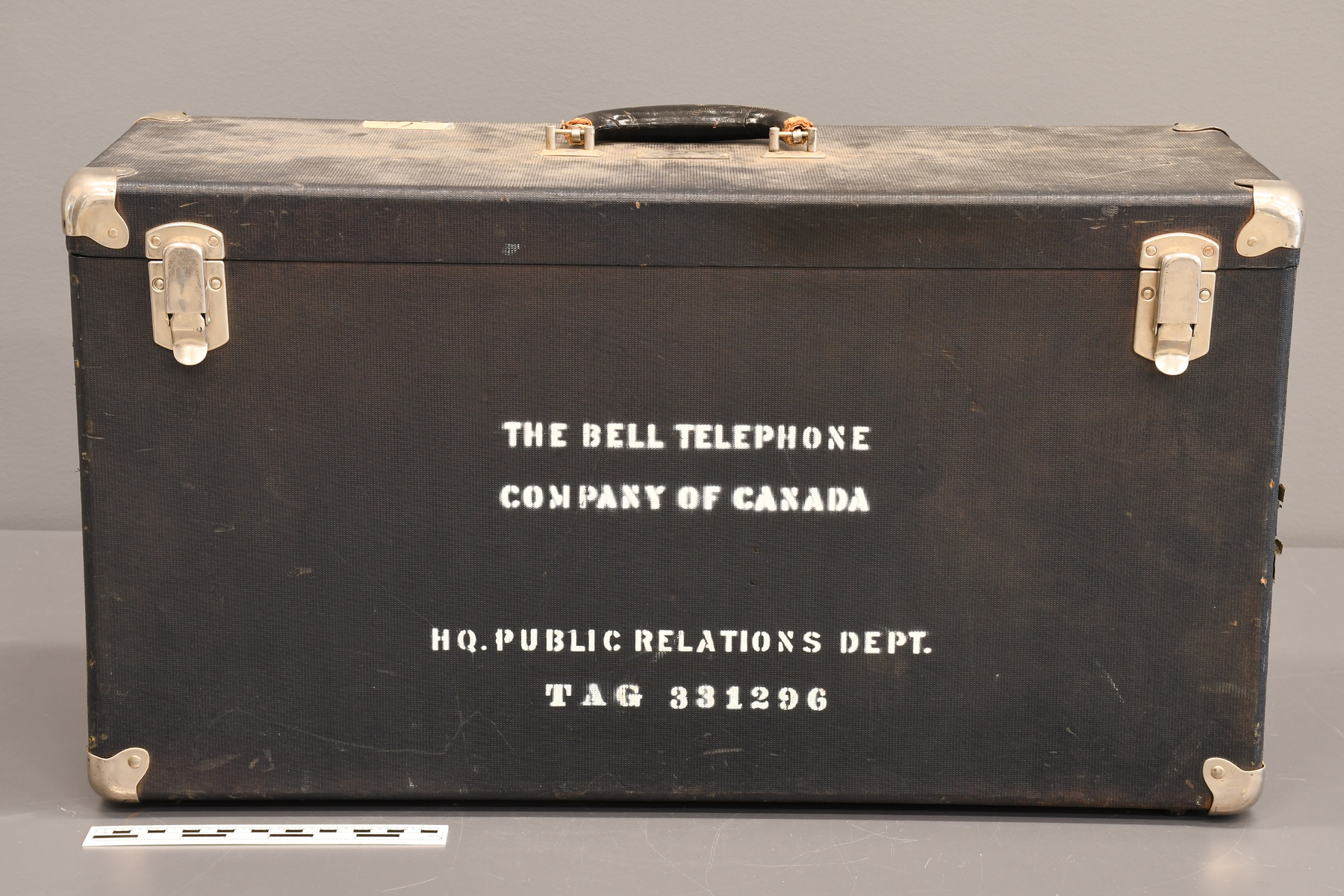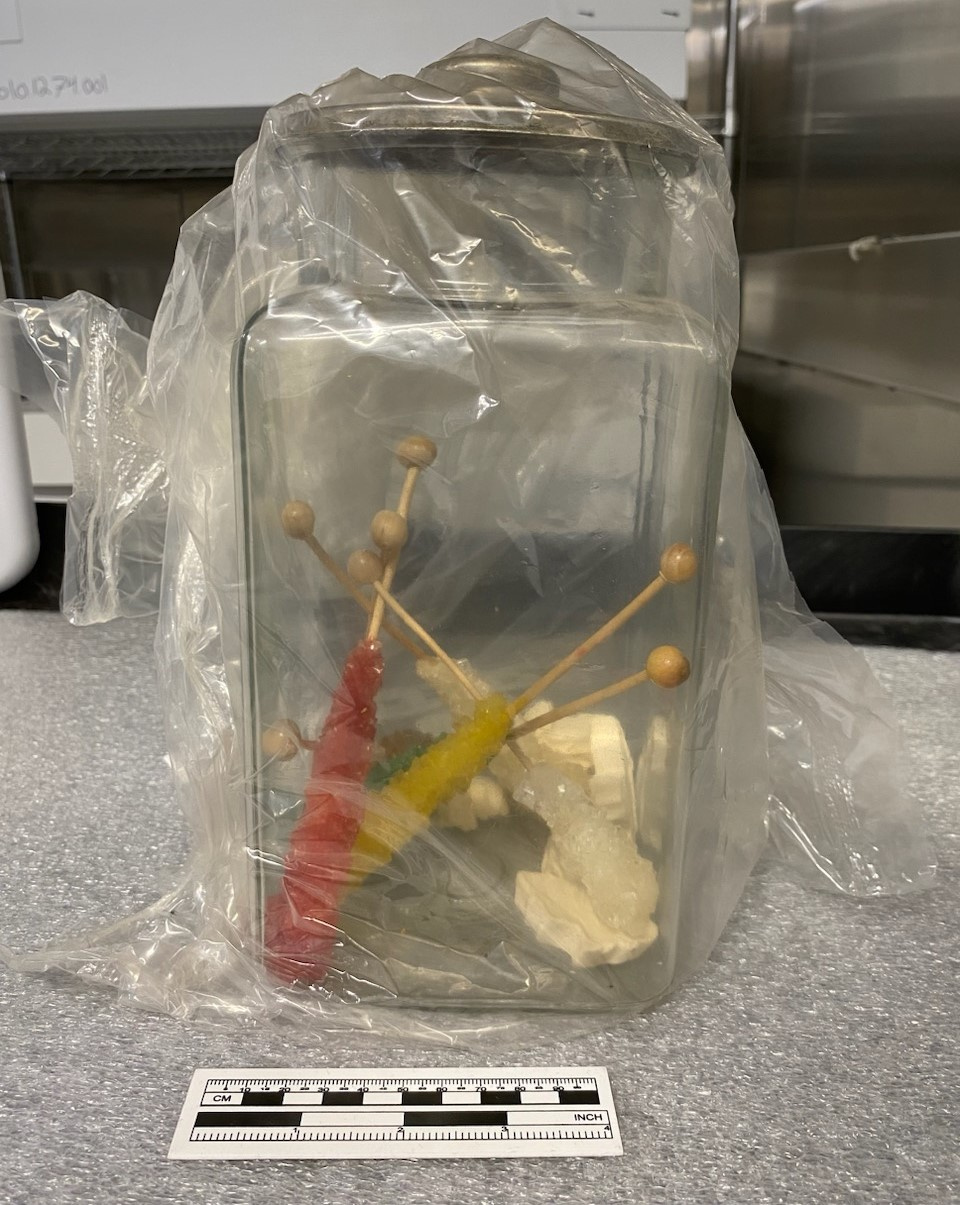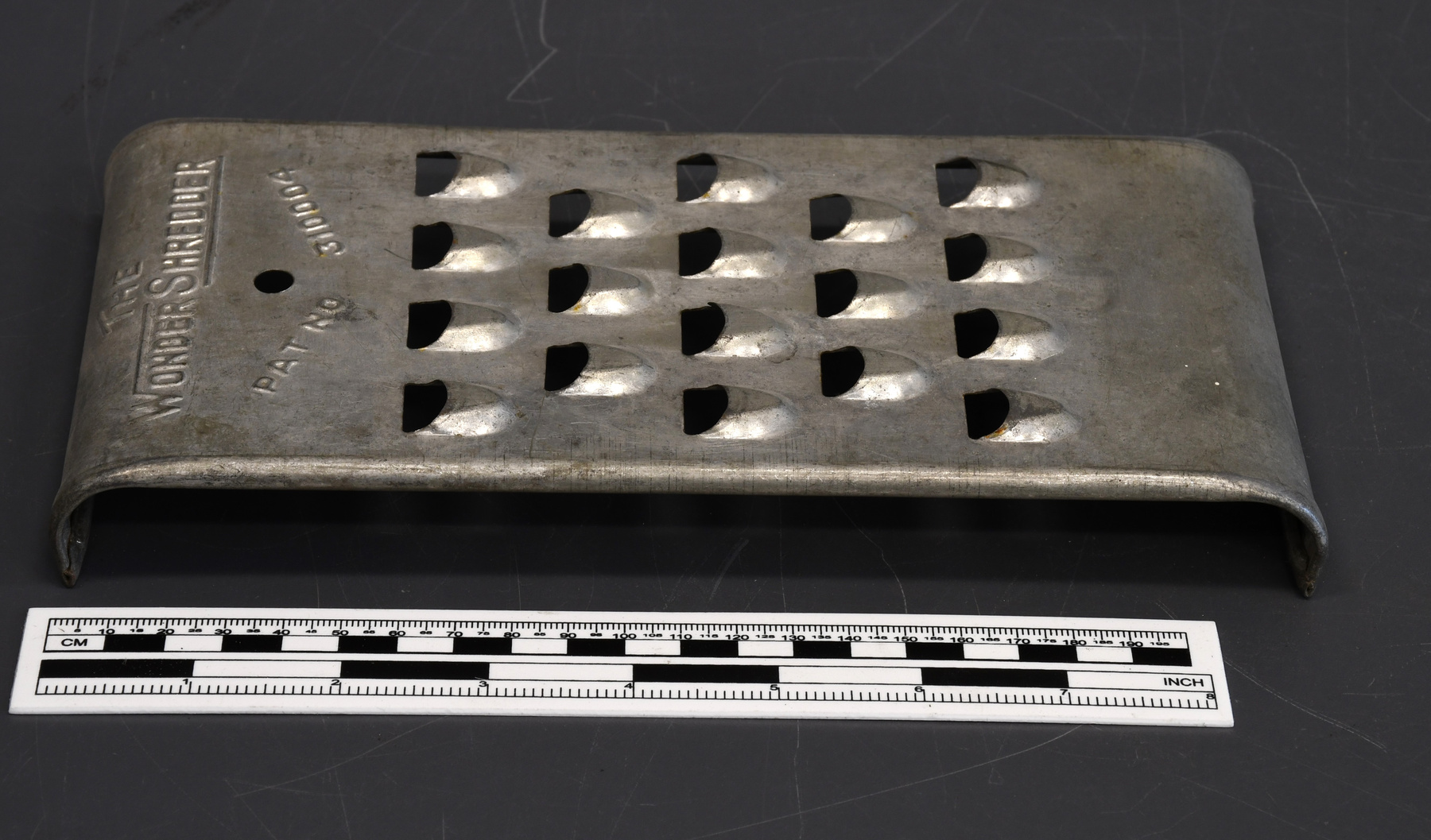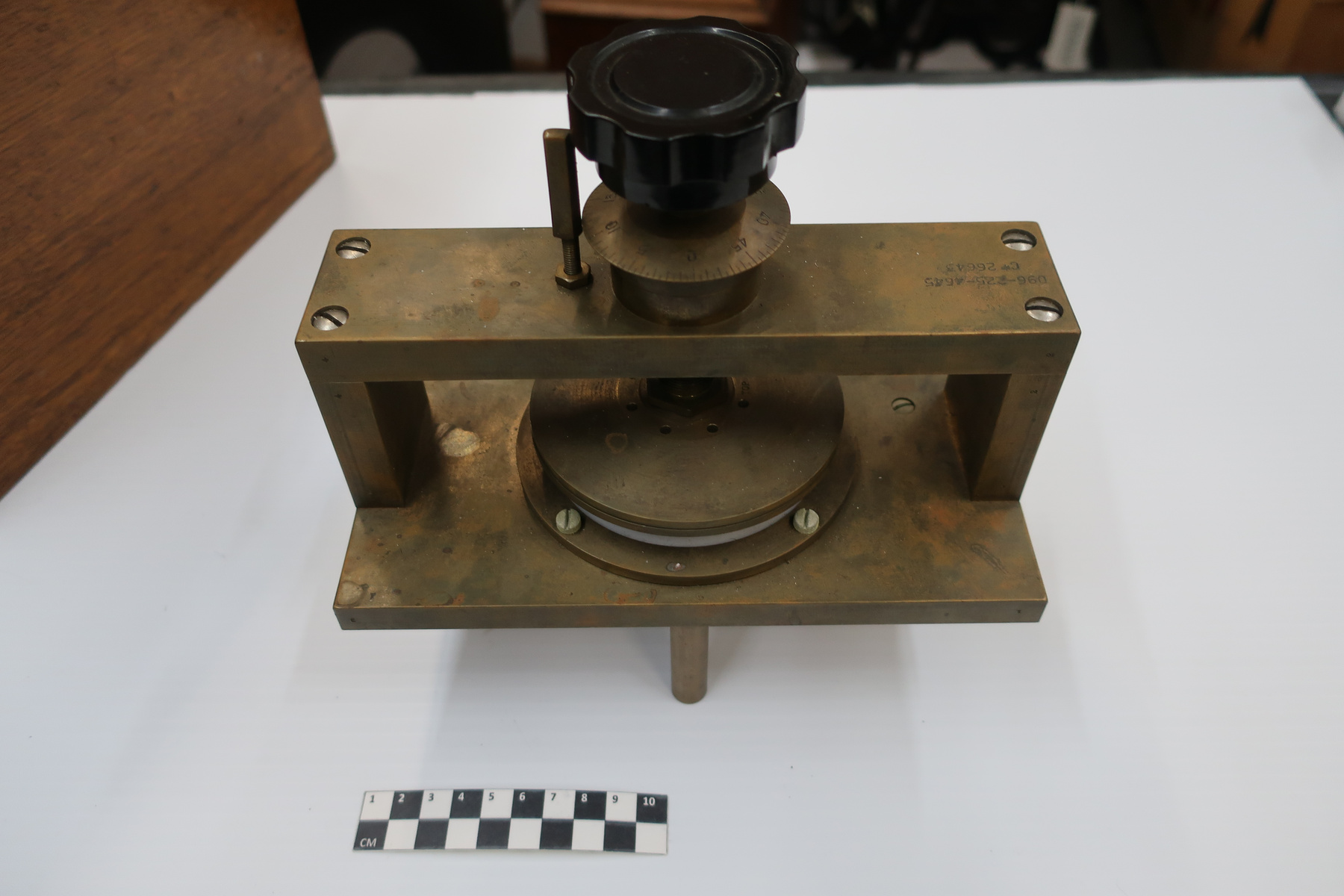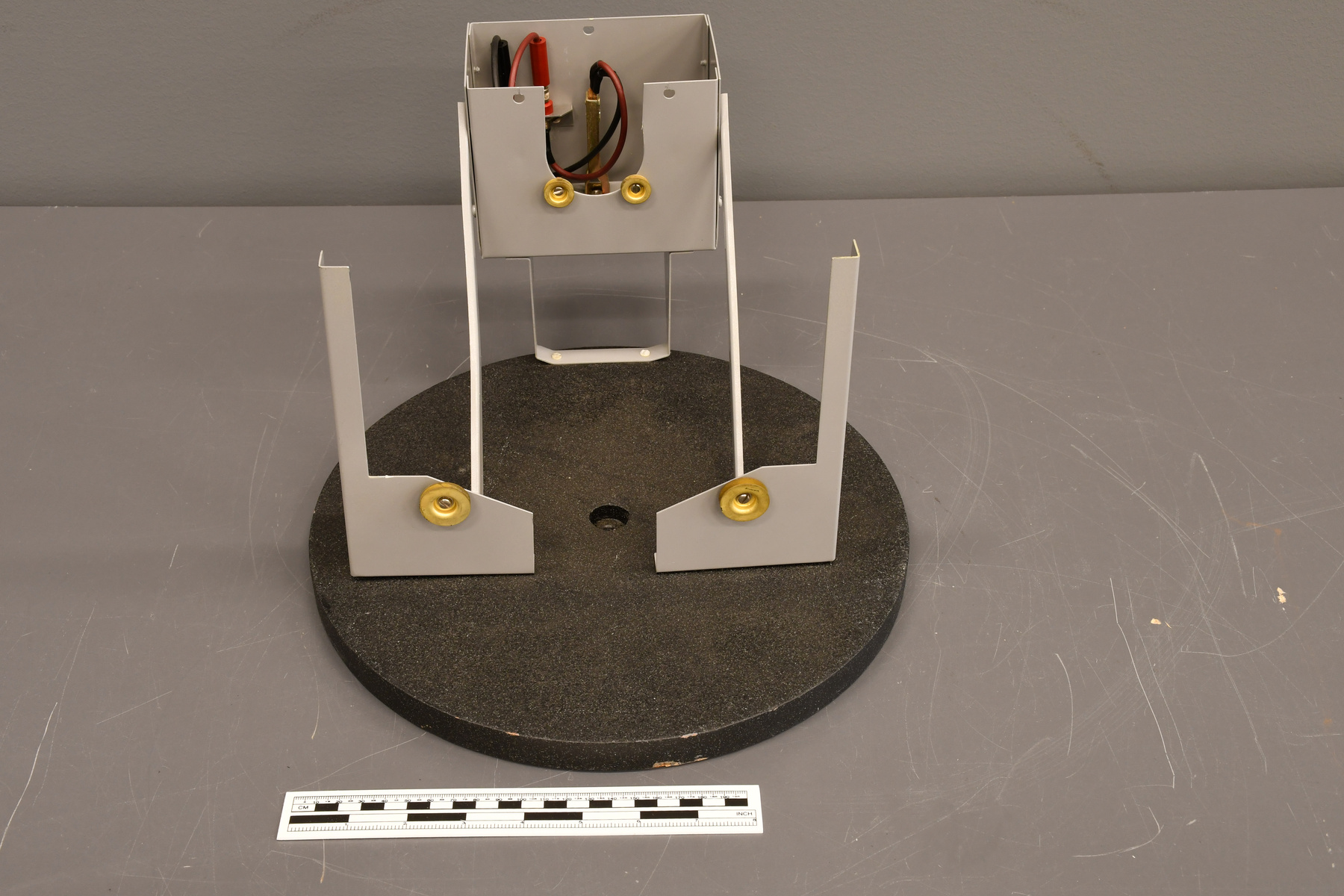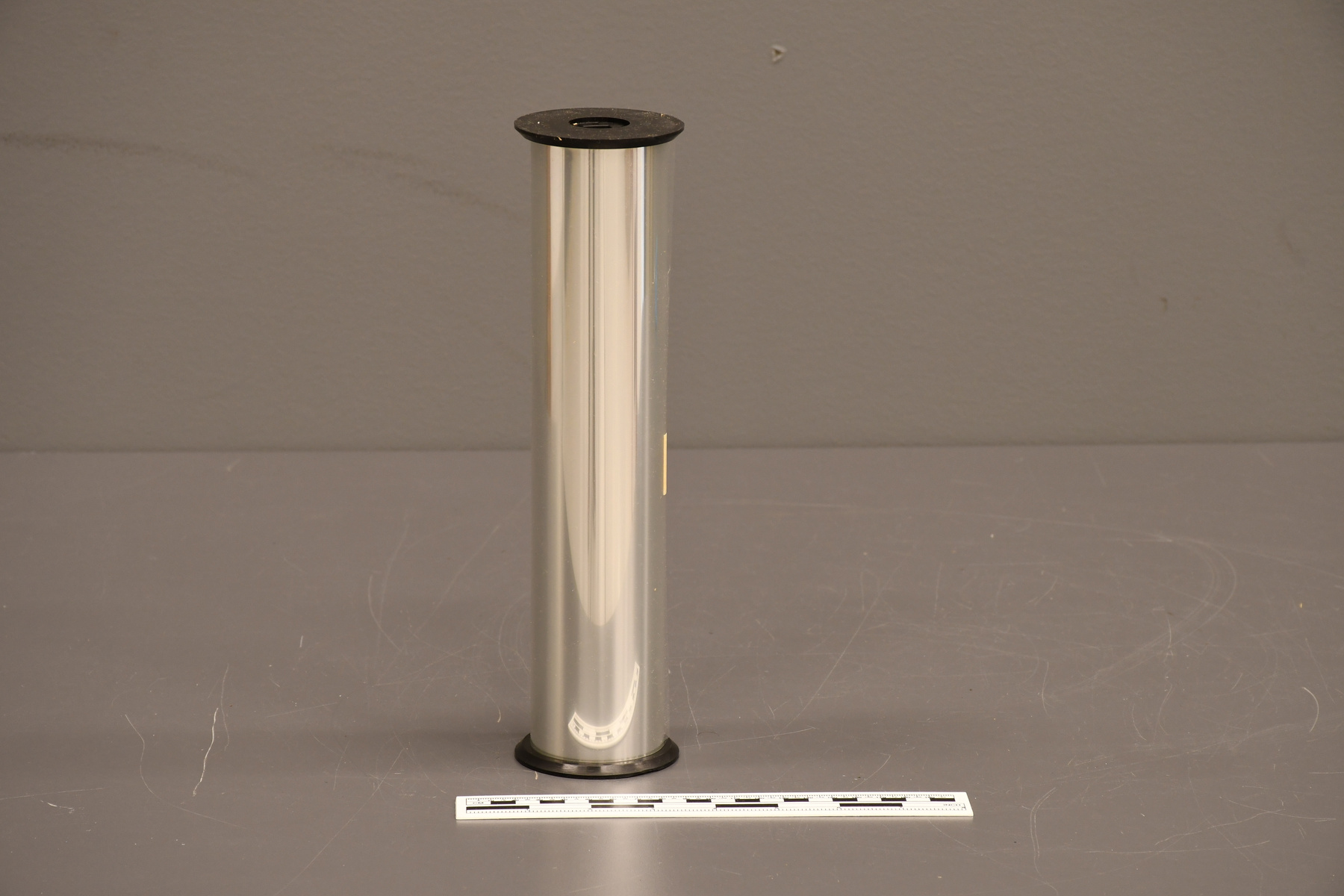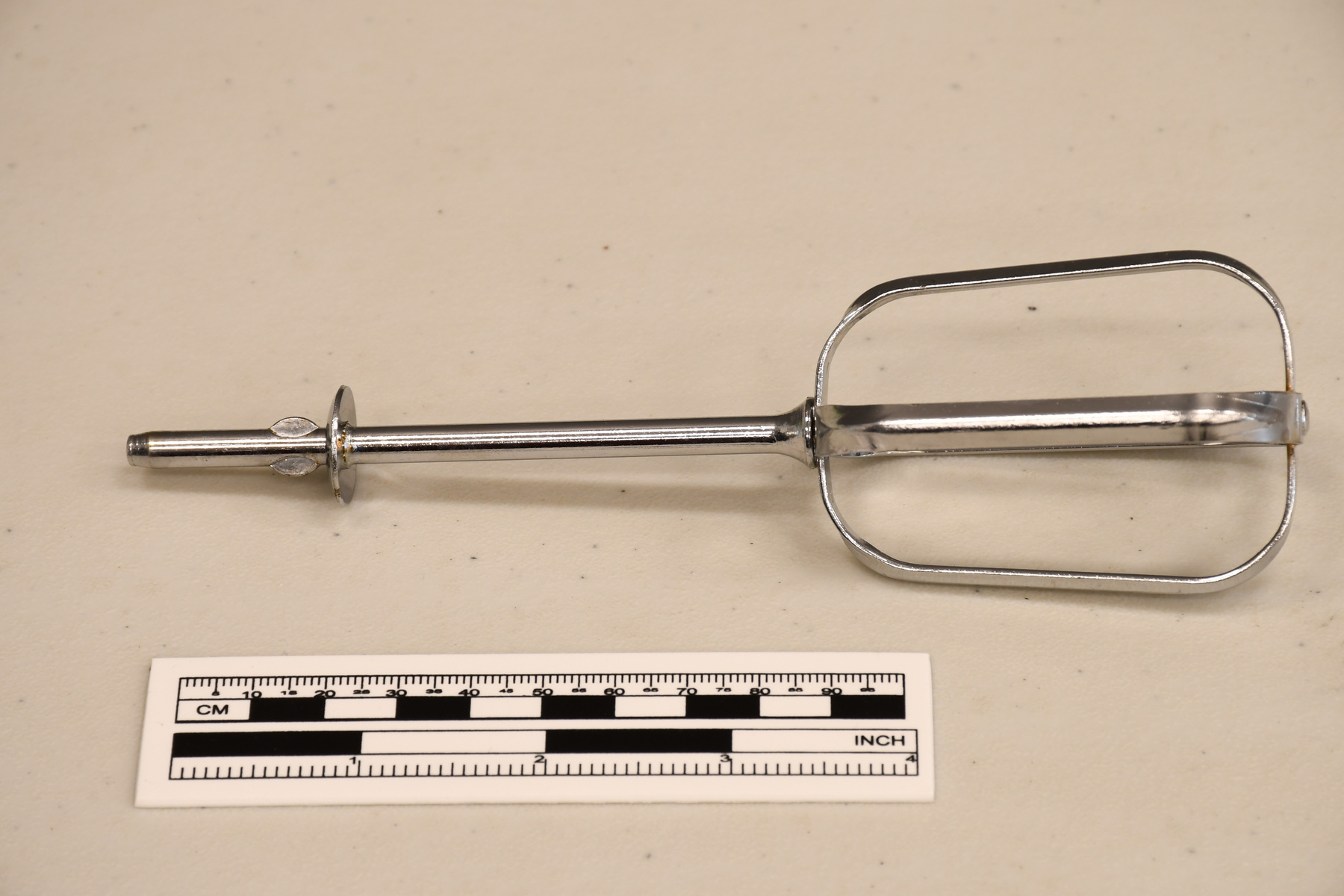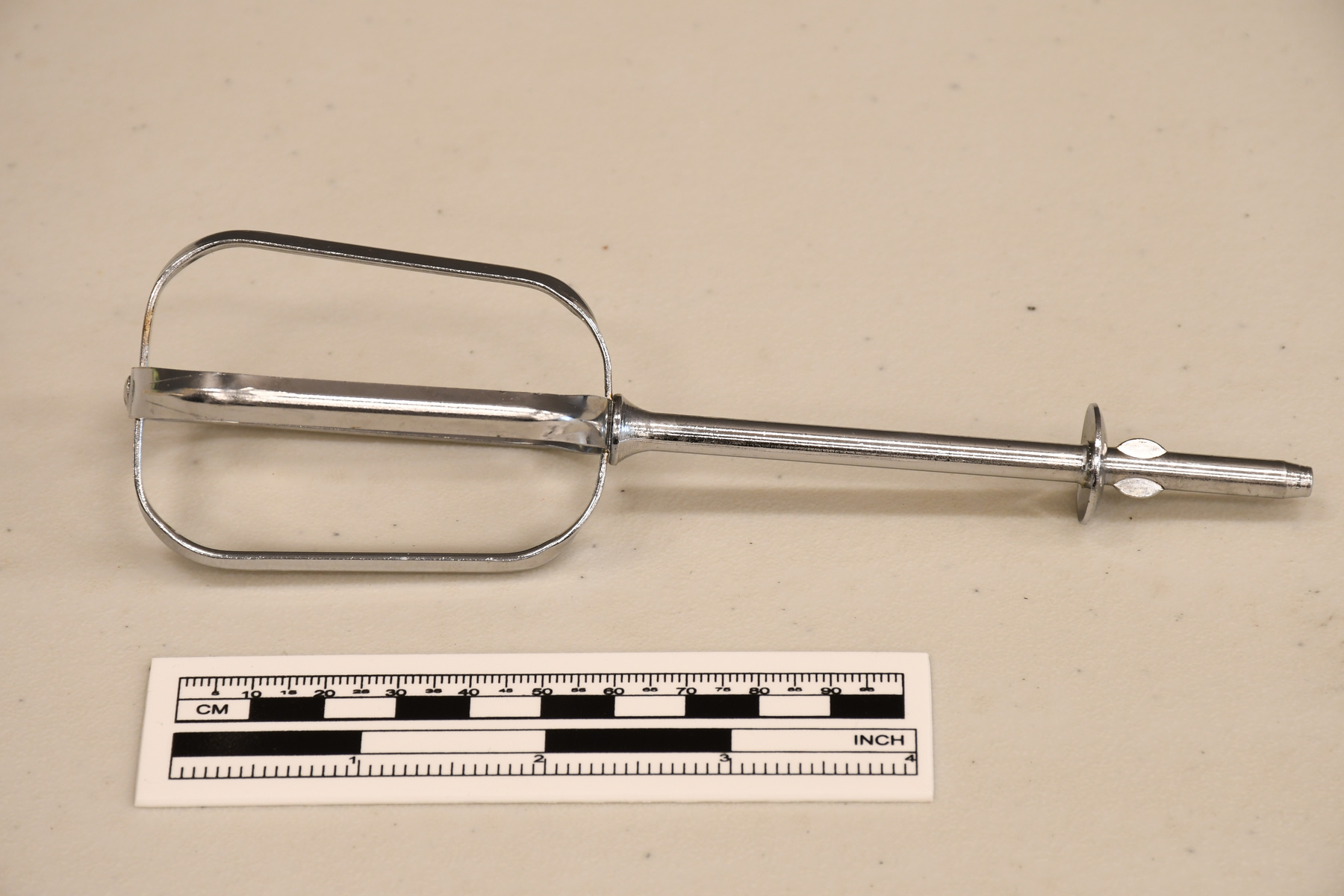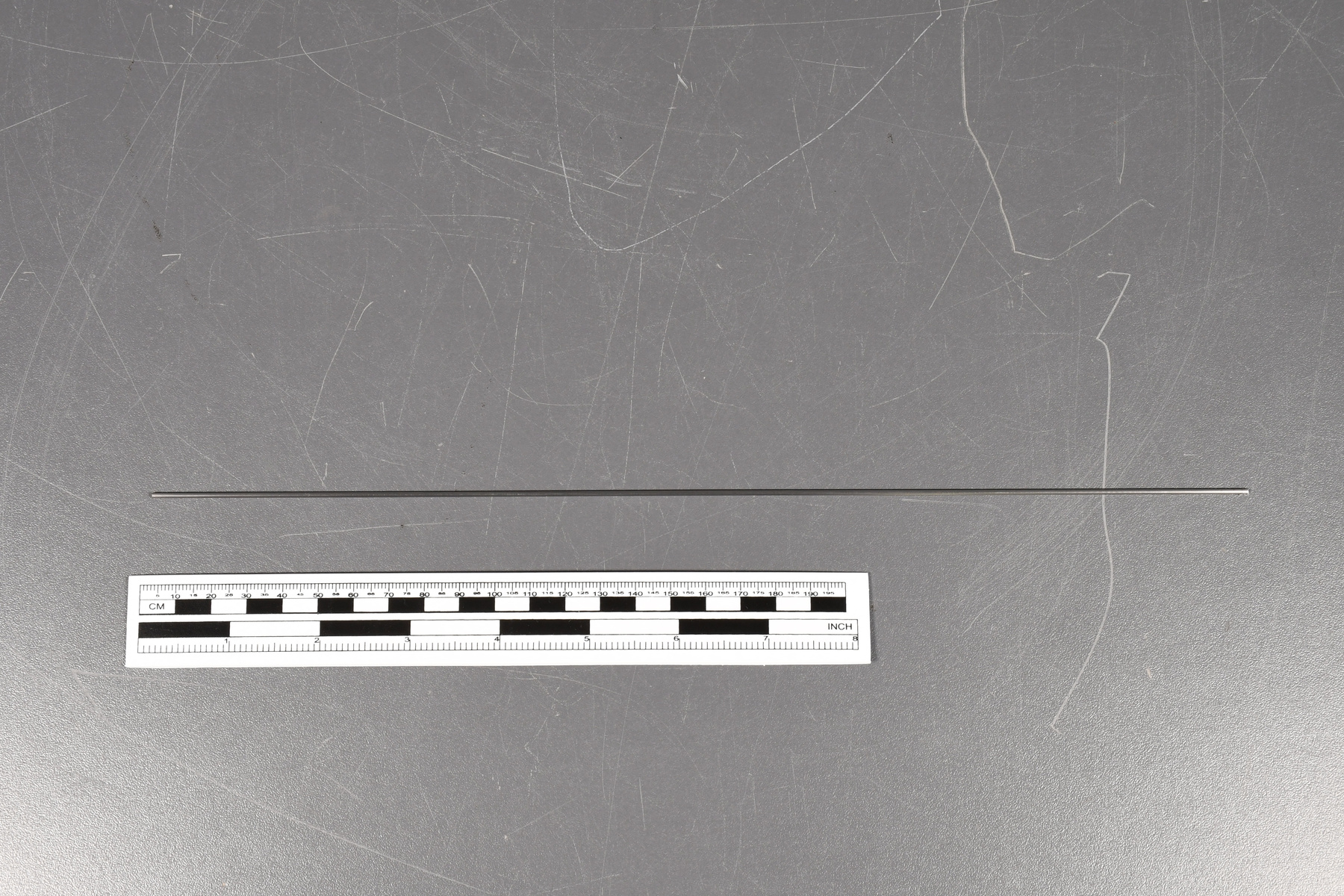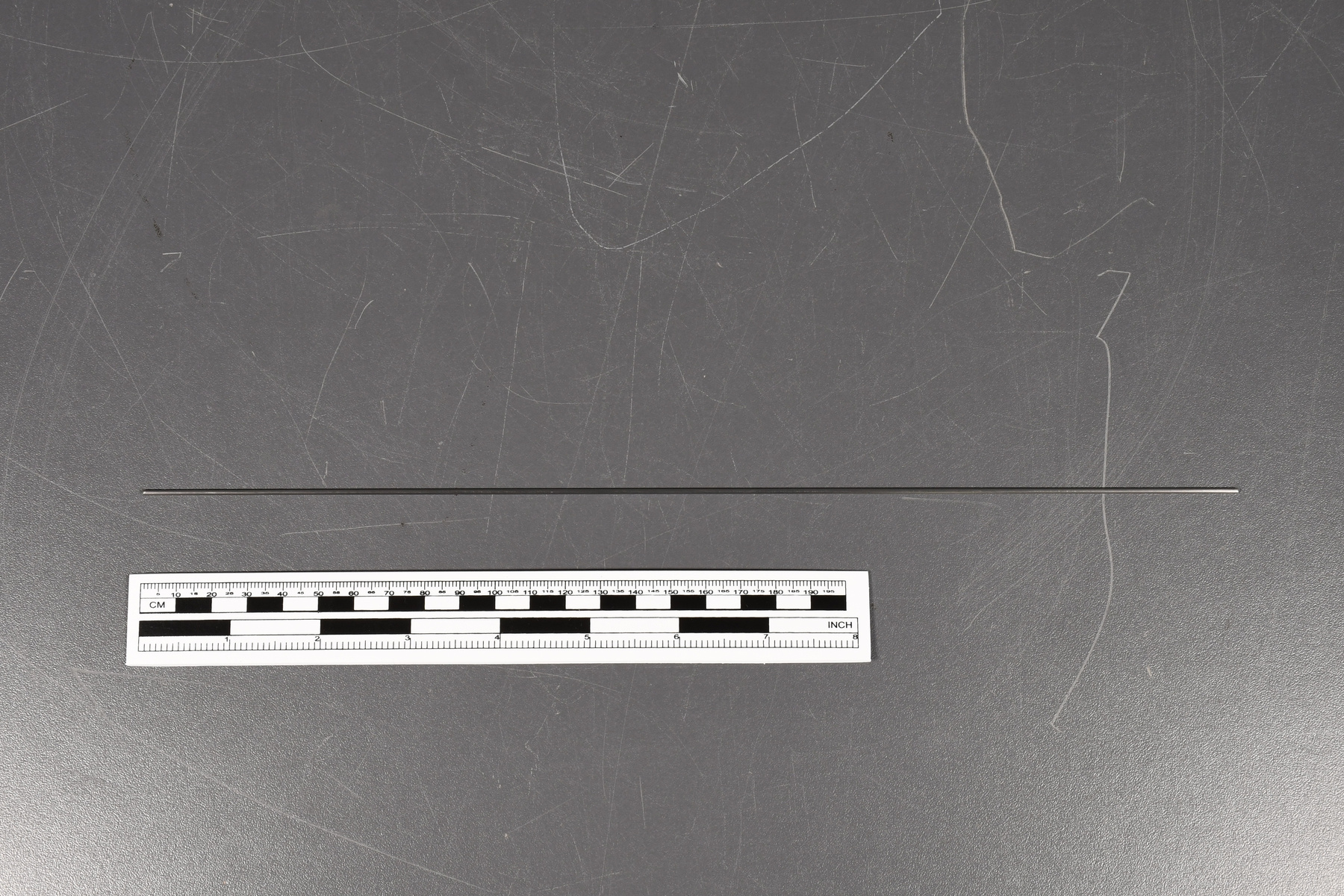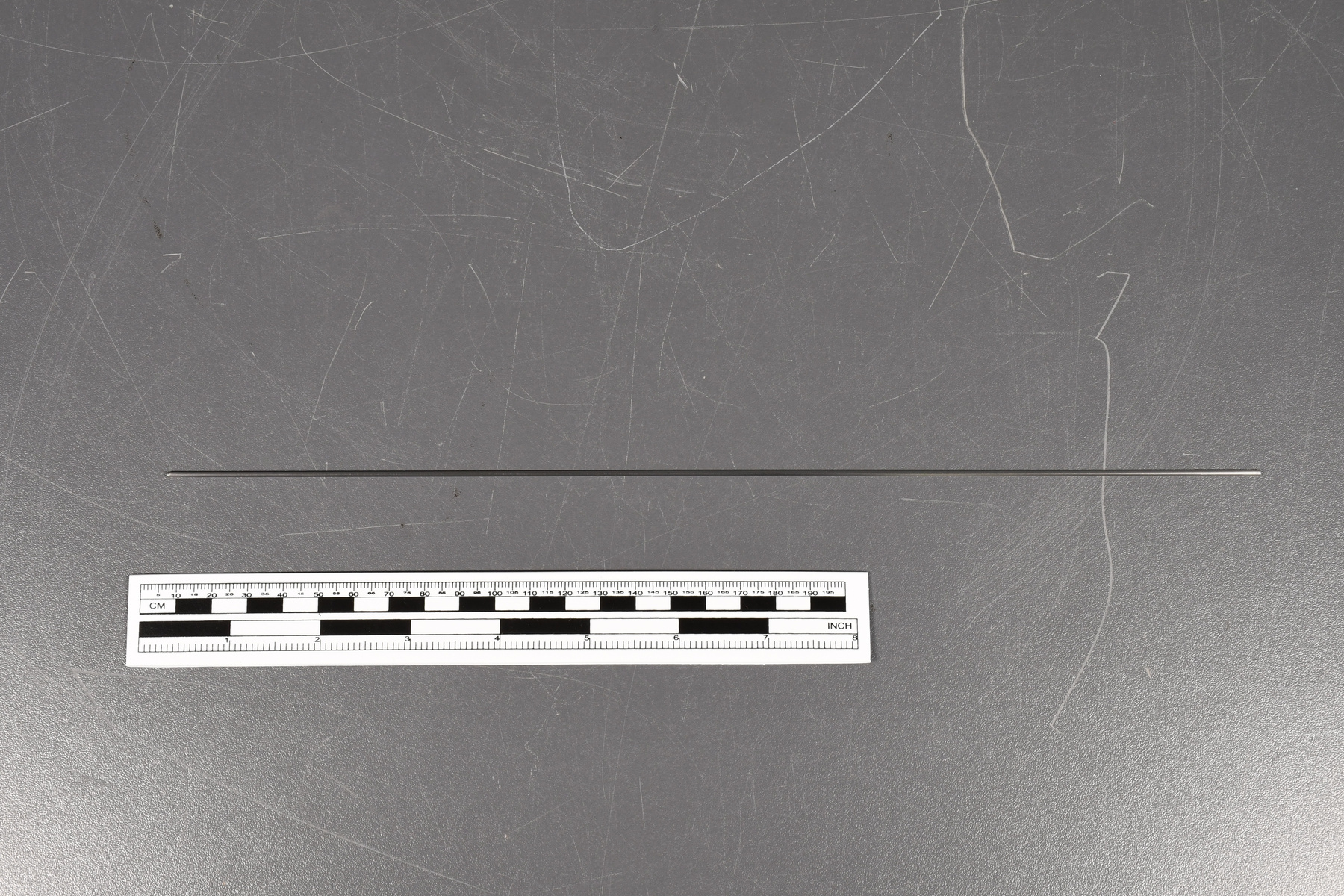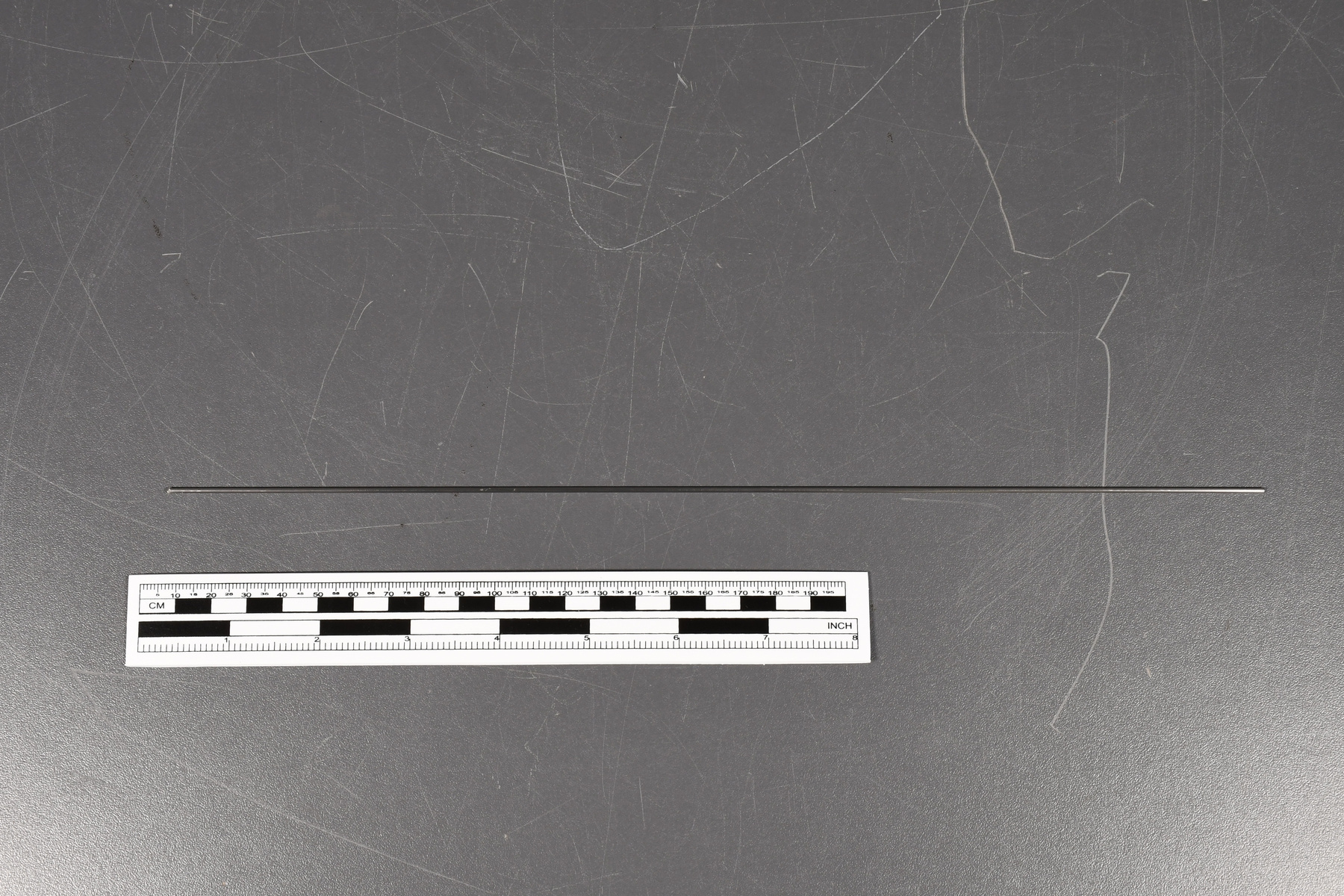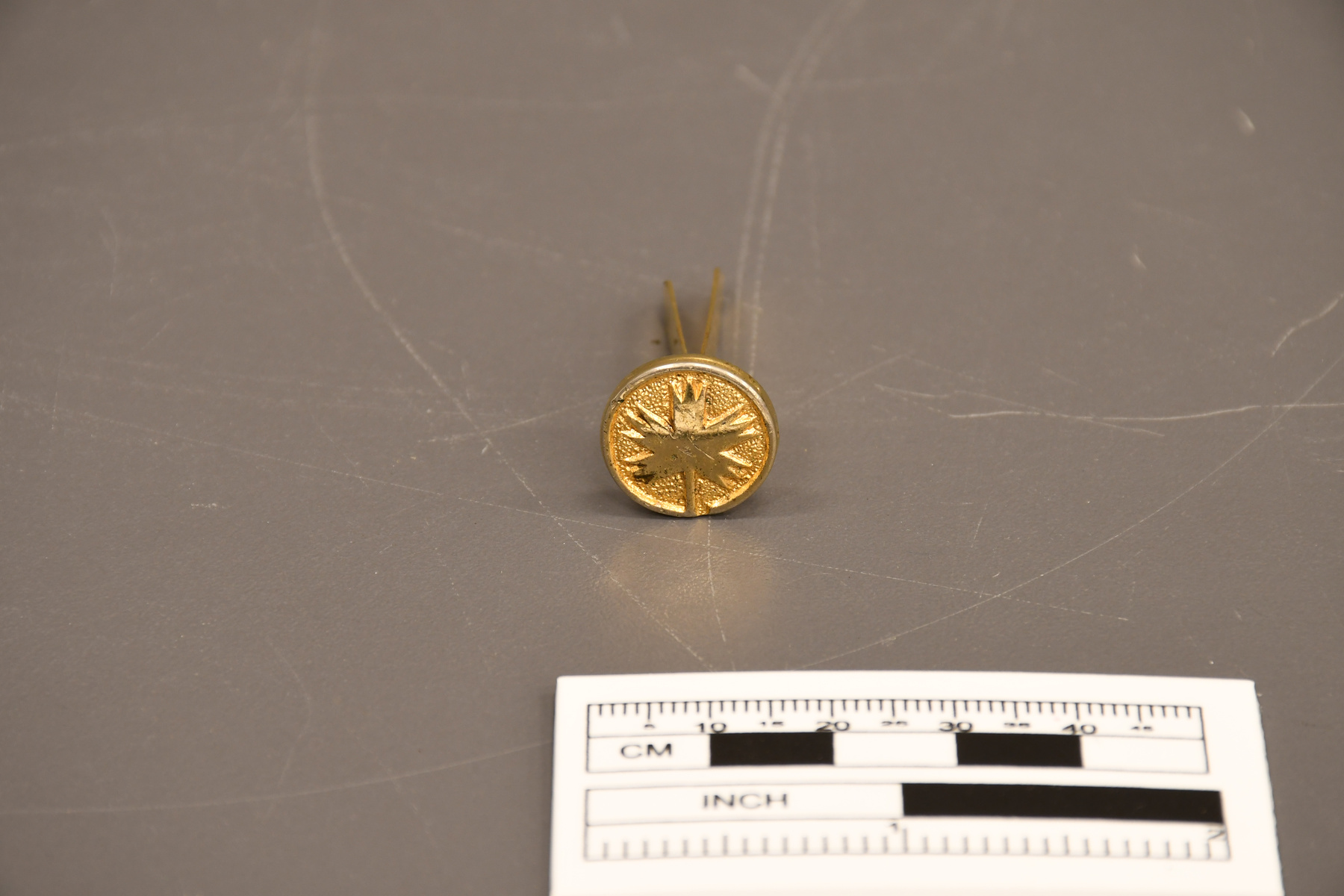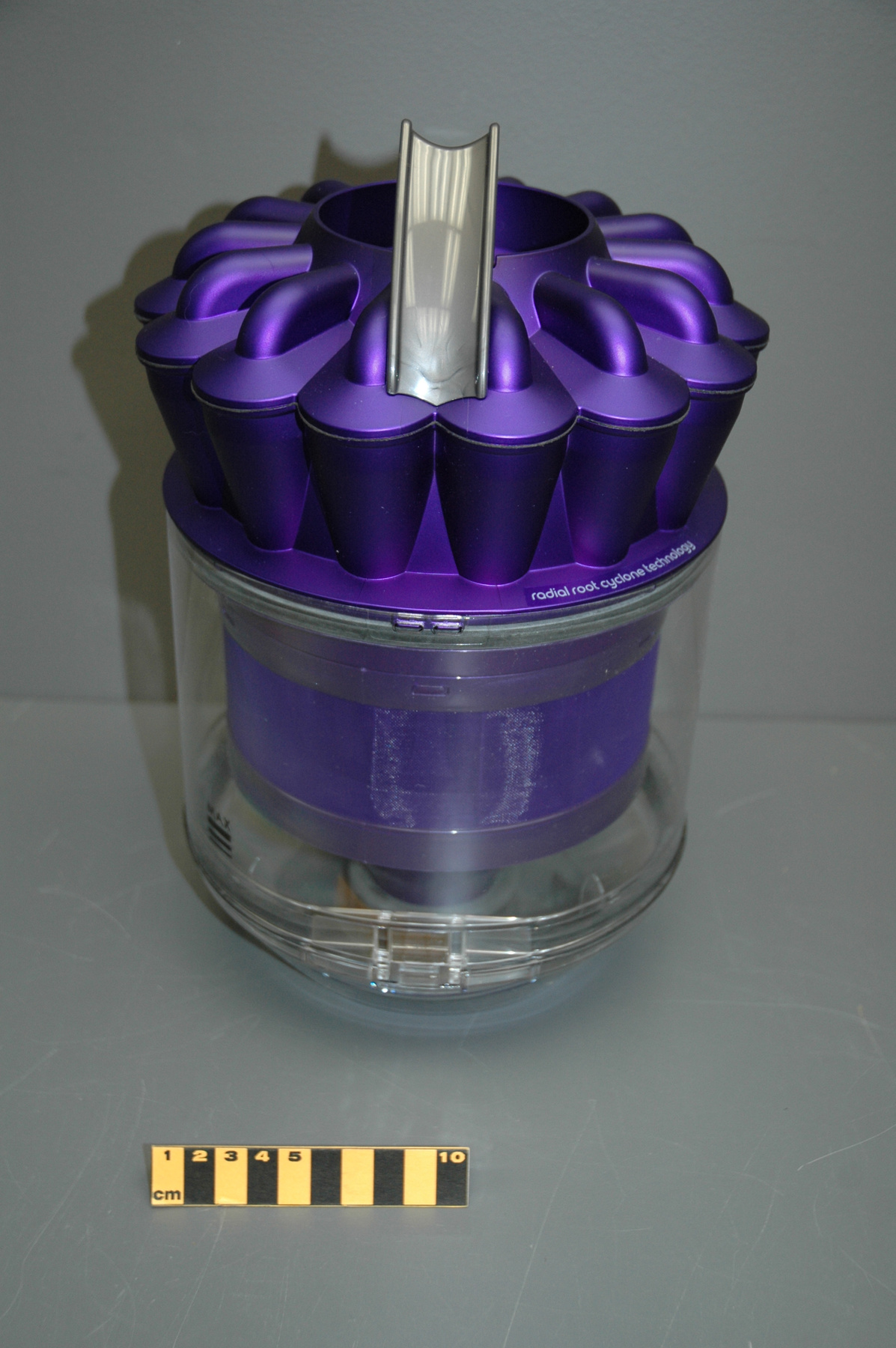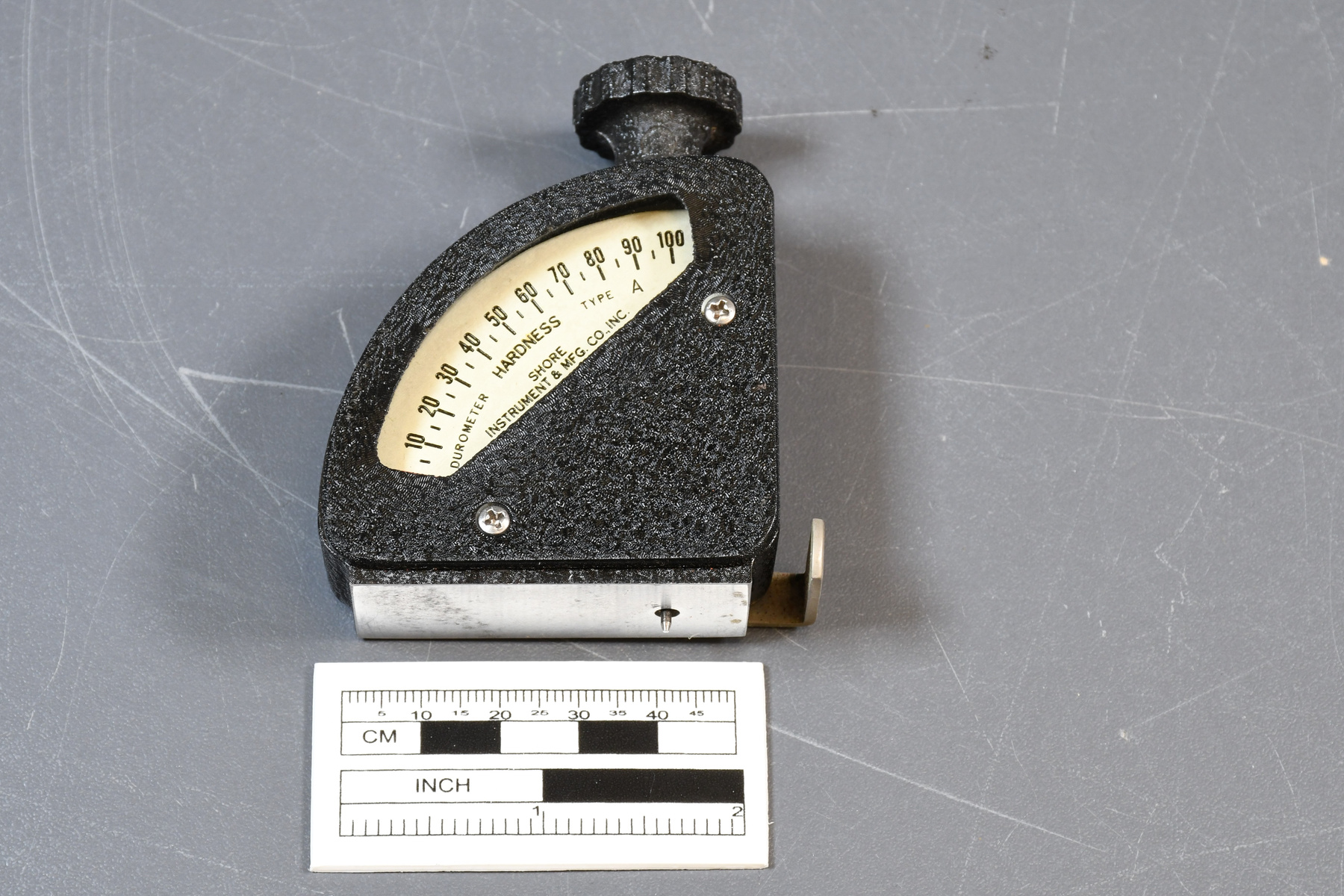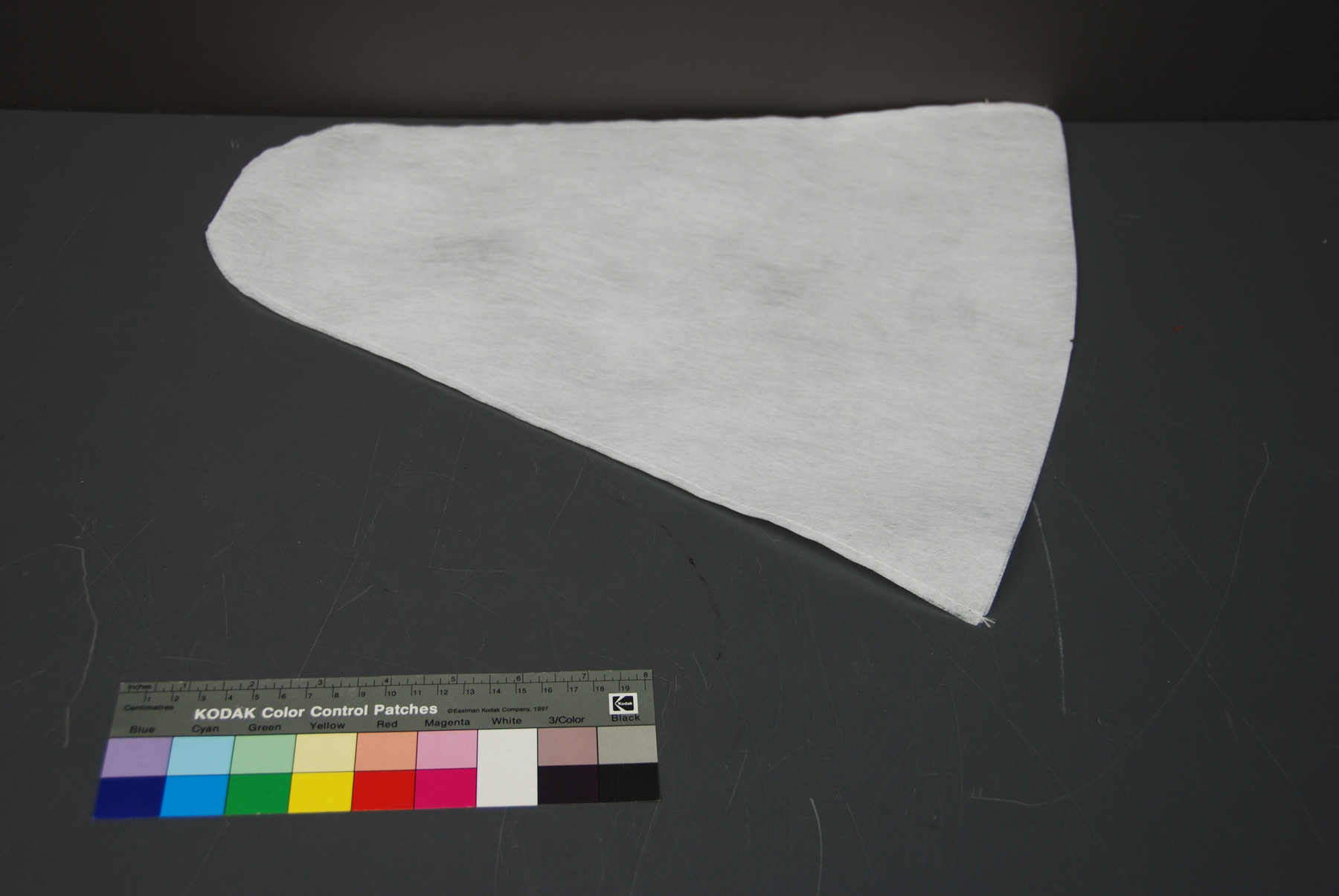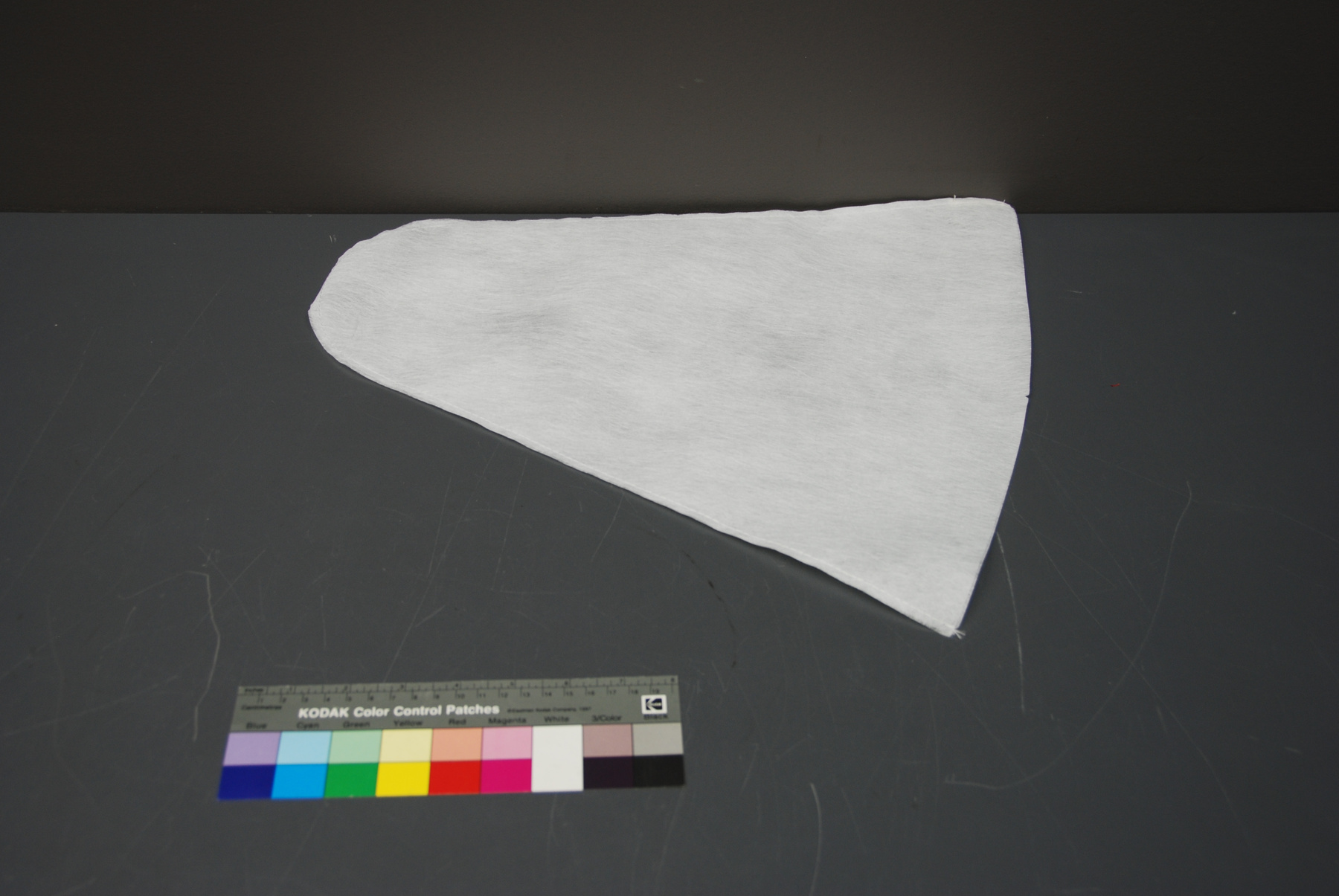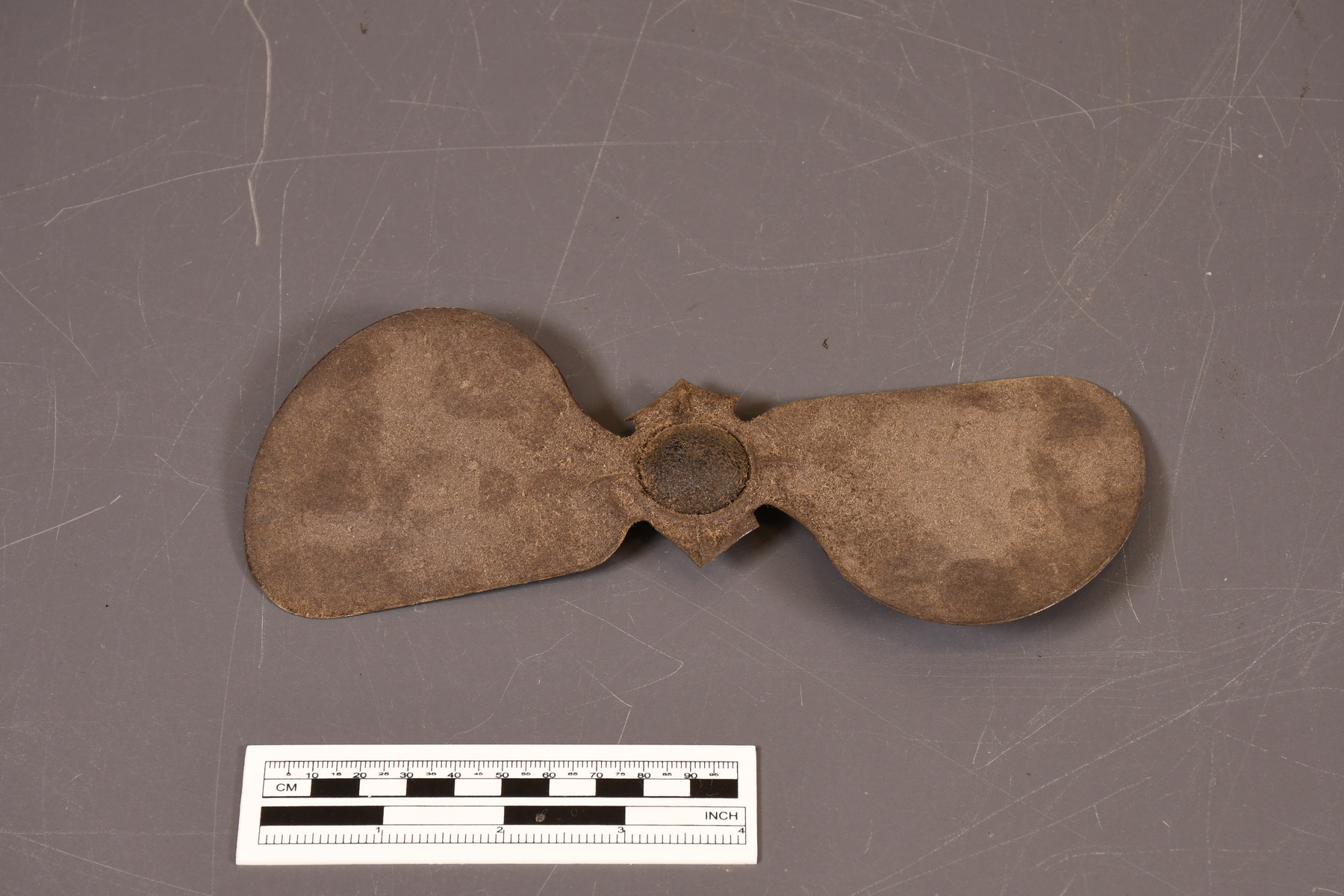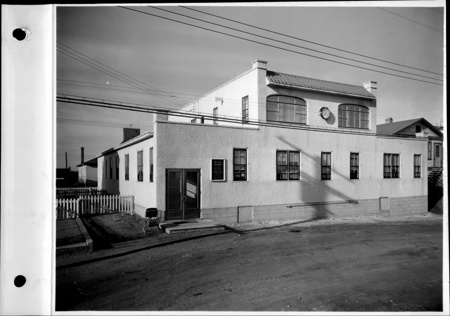Blade, fan
Use this image
Can I reuse this image without permission? Yes
Object images on the Ingenium Collection’s portal have the following Creative Commons license:
Copyright Ingenium / CC BY-NC-ND (Attribution-NonCommercial 4.0 International (CC BY-NC 4.0)
ATTRIBUTE THIS IMAGE
Ingenium,
2010.1299.003
Permalink:
Ingenium is releasing this image under the Creative Commons licensing framework, and encourages downloading and reuse for non-commercial purposes. Please acknowledge Ingenium and cite the artifact number.
DOWNLOAD IMAGEPURCHASE THIS IMAGE
This image is free for non-commercial use.
For commercial use, please consult our Reproduction Fees and contact us to purchase the image.
- OBJECT TYPE
- N/A
- DATE
- 1920–1923
- ARTIFACT NUMBER
- 2010.1299.003
- MANUFACTURER
- Automatic Electrical Devices Co.
- MODEL
- Unknown
- LOCATION
- Cincinnati, Ohio, United States of America
More Information
General Information
- Serial #
- N/A
- Part Number
- 3
- Total Parts
- 3
- AKA
- N/A
- Patents
- N/A
- General Description
- Metal fan blade. Pale de ventilateur en métal.
Dimensions
Note: These reflect the general size for storage and are not necessarily representative of the object's true dimensions.
- Length
- 20.1 cm
- Width
- 8.4 cm
- Height
- 1.5 cm
- Thickness
- N/A
- Weight
- N/A
- Diameter
- N/A
- Volume
- N/A
Lexicon
- Group
- Domestic Technology
- Category
- Environment control
- Sub-Category
- N/A
Manufacturer
- AKA
- Automatic Electrical
- Country
- United States of America
- State/Province
- Ohio
- City
- Cincinnati
Context
- Country
- Canada
- State/Province
- Ontario
- Period
- ca. 1923-1938
- Canada
-
Ozone generators from this era reflect the general population’s fascination with electricity and the willingness of manufacturers to provide electric appliances to meet this interest. They are also representative of a trend, started in the mid-19th century, of using electricity for health benefits. This ozone generator was used from 1923 to about 1938 in the G.H. Rogers Funeral Home, in Ottawa, to keep the air and the bodies in the parlour smelling fresh. It may have been purchased by the donor’s grandfather at a Funeral Director’s conference. Les générateurs d’ozone de cette époque reflètent la fascination de la population générale pour l’électricité et la volonté des fabricants de fournir des appareils électriques pour répondre à cet intérêt. Elles sont également représentatives d’une tendance, amorcée au milieu du XIXe siècle, à utiliser l’électricité pour la santé. Ce générateur d’ozone a été utilisé de 1923 à environ 1938 à la maison funéraire G.H. Rogers, à Ottawa, pour garder l’air et les corps dans le salon frais. Il peut avoir été acheté par le grand-père du donateur lors d’une conférence du directeur des funérailles. - Function
-
The part of a fan that spins to move air so that it can be circulated around a room. La partie d'un ventilateur qui tourne et pousse l'air pour le circuler dans une chambre. - Technical
-
Throughout much of the twentieth and into the twentyfirst century, ozone generators were marketed as air purifiers for home and commercial use. Some makers claimed, as with the HomOzone, that the generator de-odorized the air in a room and was useful for “General Health Building” (see JAMA Council of Physical Therapy, Supp. Info; and The Branston Generator, trade literature L34673). These claims and the safety of the generators have often been disputed. Indoor ozone began to be widely acknowledged as a health hazard in the 1980s and 1990s. A current Health Canada website (last modified in 2008) explains that “Ozone is an irritant that can cause coughs, chest discomfort and irritant that can can cause coughs, chest discomfort and irritation of the nose, throat and trachea. Ozone consistenly causes detrimental effects on the lung function of healthy subjects at concentrations at of above 600 µg/m3 (0.30 ppm).” The rise in awareness of indoor ozone may have been partly the result of the increasing number of ozone producing laser printers, which affectedthe health of people working with them in small enclosed offices. Concerns about the heath risks of indoor ozone in general translated to consideration of ozone generating air cleaners in particular. In 1999, Health Canada issued a warning that air cleaners designed to intentionally generate ozone pose a risk to the health and safety of the public (see Supp. Info). The EPA warns that “when inhaled, ozone can damage the lungs [. . .]. Relatively low amounts can cause chest pain, coughing, shortness of breath, and throat irritation.” As well, “Available scientific evidence shows that at concentrations that do not exceed public heath standards, ozone has little potential to remove indoor air contaminants” nor is it “effective at removing many odor-causing chemicals”(see Supp. Info). While ozone generators are unsafe as appliances for indoor air cleaning, they are used successfully and safely in water purification. Pendant une grande partie du XXe siècle et jusqu’au XXIe siècle, les générateurs d’ozone ont été commercialisés comme purificateurs d’air à usage domestique et commercial. Certains fabricants ont affirmé, comme pour le HomOzone, que le générateur désodorisait l’air dans une pièce et était utile pour « effectuer la santé générale » (voir JAMA Council of Physical Therapy, Supp. Info; et The Branston Generator, documentation commerciale L34673). Ces affirmations et la sécurité des générateurs ont souvent été contestées. L’ozone intérieur a commencé à être largement reconnu comme un danger pour la santé dans les années 1980 et 1990. Un site Web actuel de Santé Canada (modifié pour la dernière fois en 2008) explique que « l’ozone est un irritant qui peut causer de la toux, de l’inconfort thoracique et de l’irritant qui peut causer de la toux, de l’inconfort thoracique et une irritation du nez, de la gorge et de la trachée. La consistance de l’ozone entraîne des effets néfastes sur la fonction pulmonaire des sujets sains à des concentrations supérieures à 600 µg/m3 (0,30 ppm). » L’augmentation de la sensibilisation à l’ozone à l’intérieur des bâtiments est peut-être dû en partie au nombre croissant d’imprimantes laser produisant de l’ozone, qui a affecté la santé des personnes qui travaillent avec elles dans de petits bureaux fermés. Les préoccupations concernant les risques pour la santé de l’ozone intérieur en général ont causé à considérer les épurateurs d’air générateurs d’ozone en particulier. En 1999, Santé Canada a émis une mise en garde selon laquelle les épurateurs d’air conçus pour générer intentionnellement de l’ozone présentent un risque pour la santé et la sécurité du public (voir Supp. Info). L’EPA prévient que « lorsqu’il est inhalé, l’ozone peut endommager les poumons [...]. Des quantités relativement faibles peuvent causer des douleurs thoraciques, de la toux, de l’essoufflement et une irritation de la gorge. » De plus, « les données scientifiques disponibles montrent qu’à des concentrations qui ne dépassent pas les normes de santé publique, l’ozone a peu de potentiel pour éliminer les contaminants de l’air intérieur » et qu’il n’est pas « efficace pour éliminer de nombreux produits chimiques causant des odeurs » (voir Supp. Info). Bien que les générateurs d’ozone soient dangereux comme appareils pour le nettoyage de l’air intérieur, ils sont utilisés avec succès et en toute sécurité dans la purification de l’eau. - Area Notes
-
Unknown
Details
- Markings
- None apparent
- Missing
- Appears complete
- Finish
- The blade is covered in a brown, textured finish. La pale est couvert d'un finis brun et granulé.
- Decoration
- N/A
CITE THIS OBJECT
If you choose to share our information about this collection object, please cite:
Automatic Electrical Devices Co., Blade, fan, circa 1920–1923, Artifact no. 2010.1299, Ingenium – Canada’s Museums of Science and Innovation, http://collection.ingeniumcanada.org/en/id/2010.1299.003/
FEEDBACK
Submit a question or comment about this artifact.
More Like This
